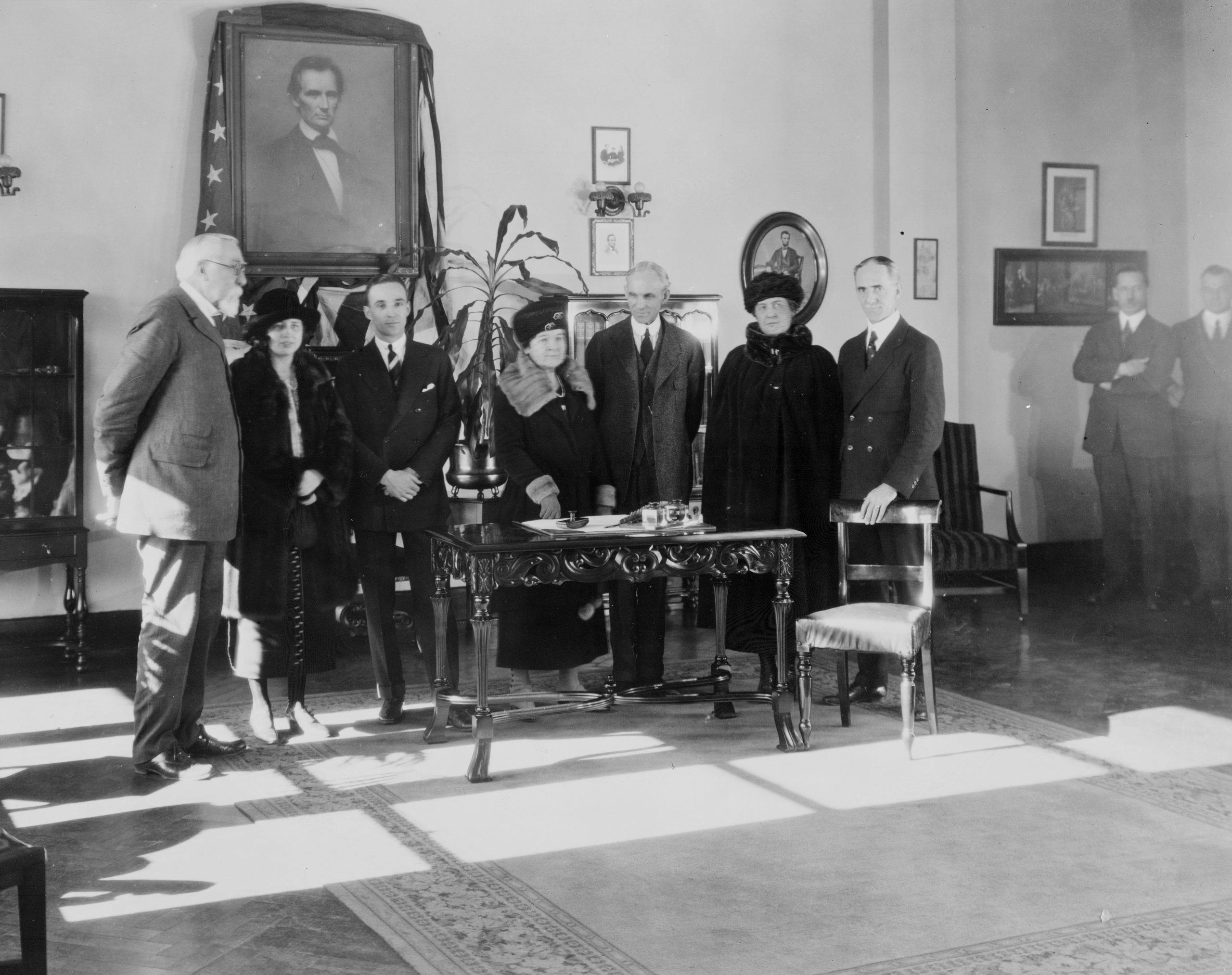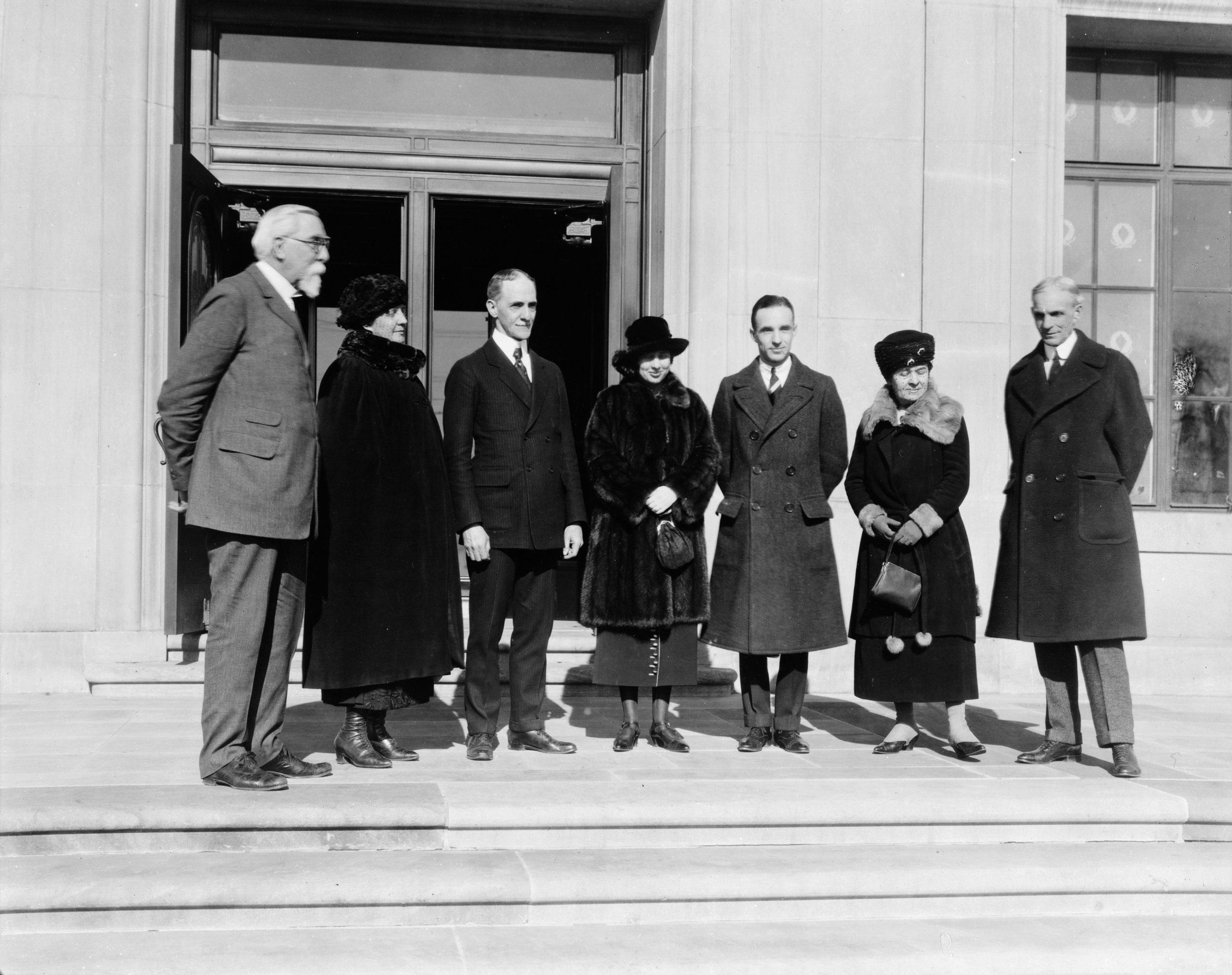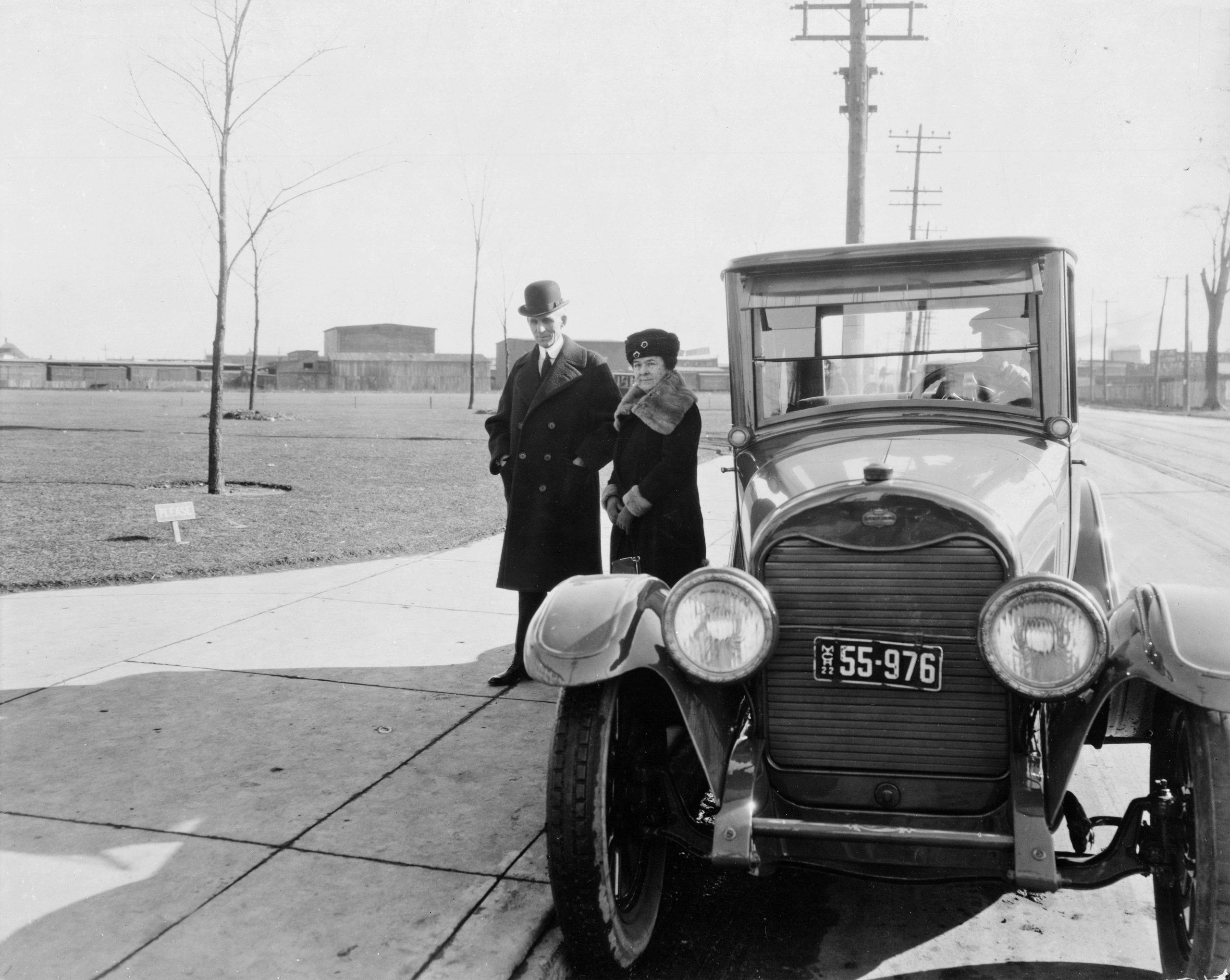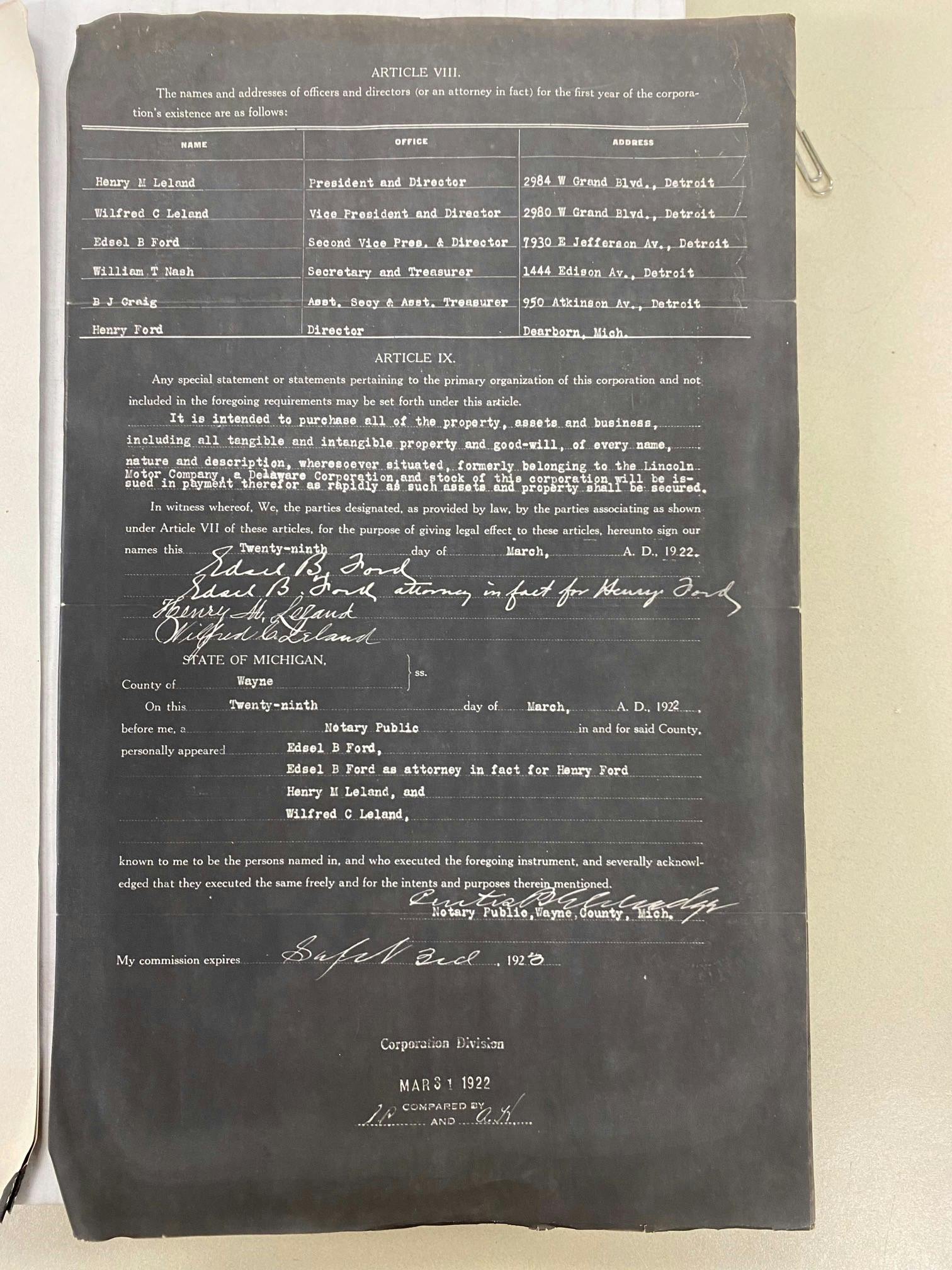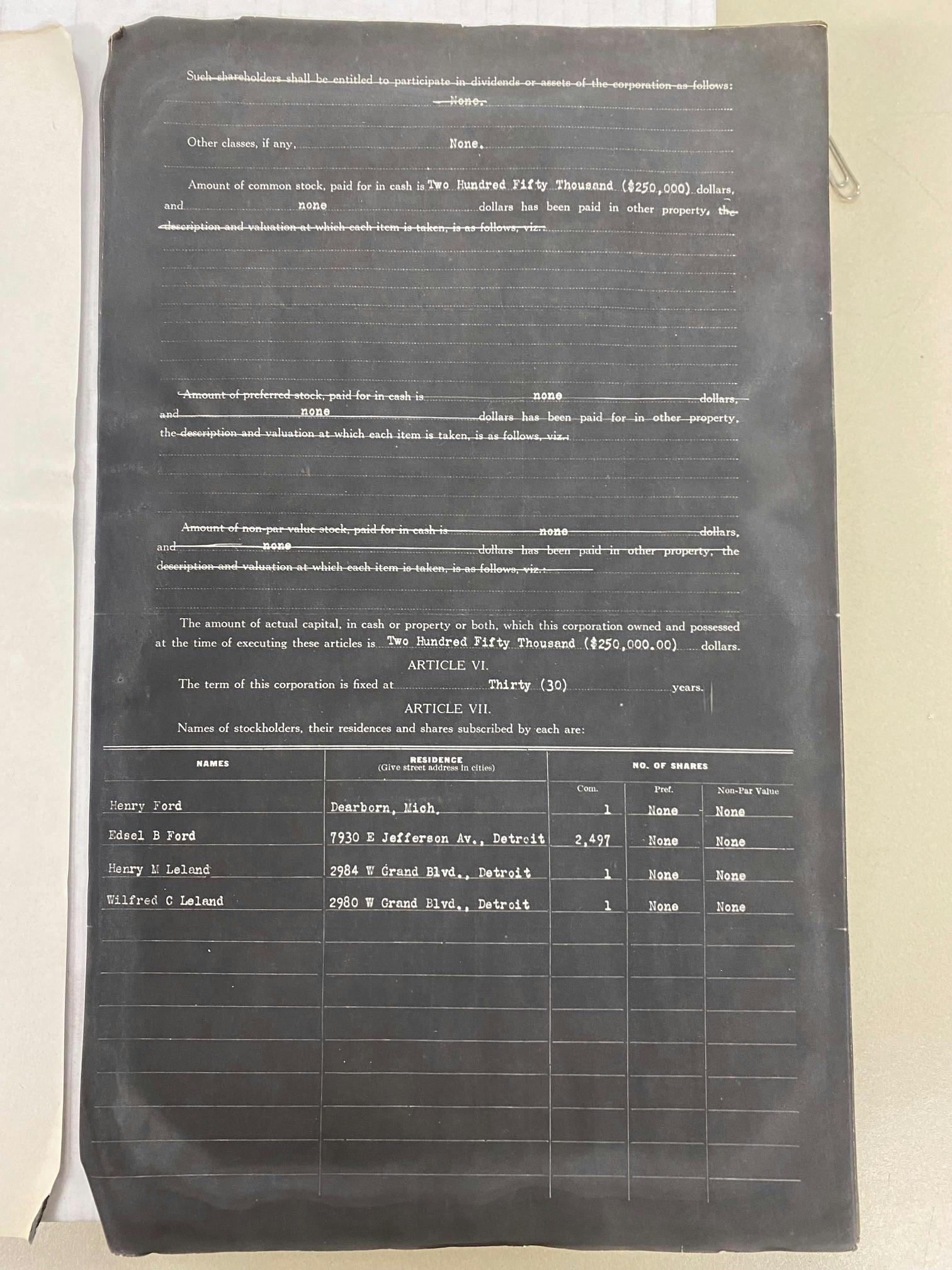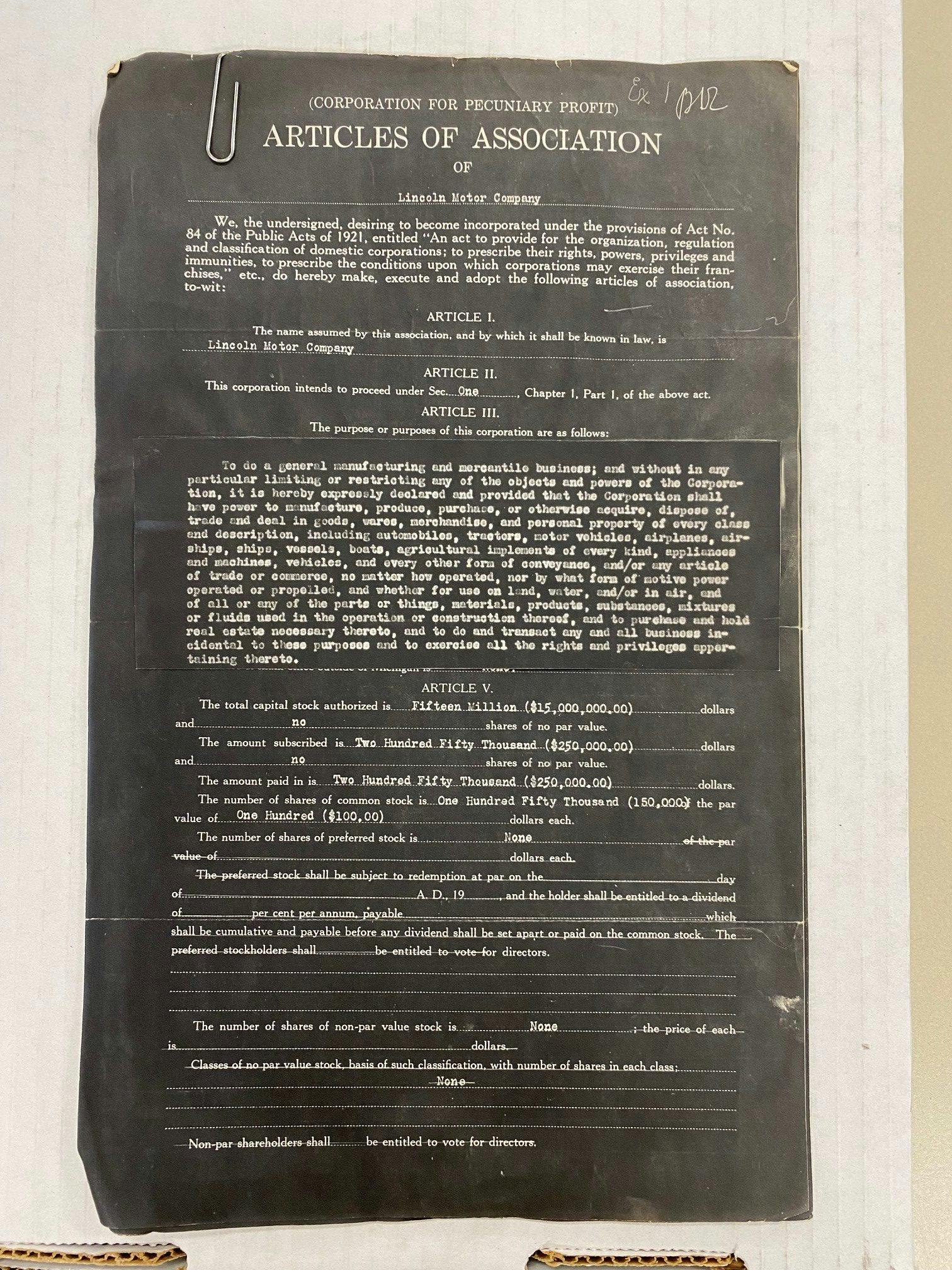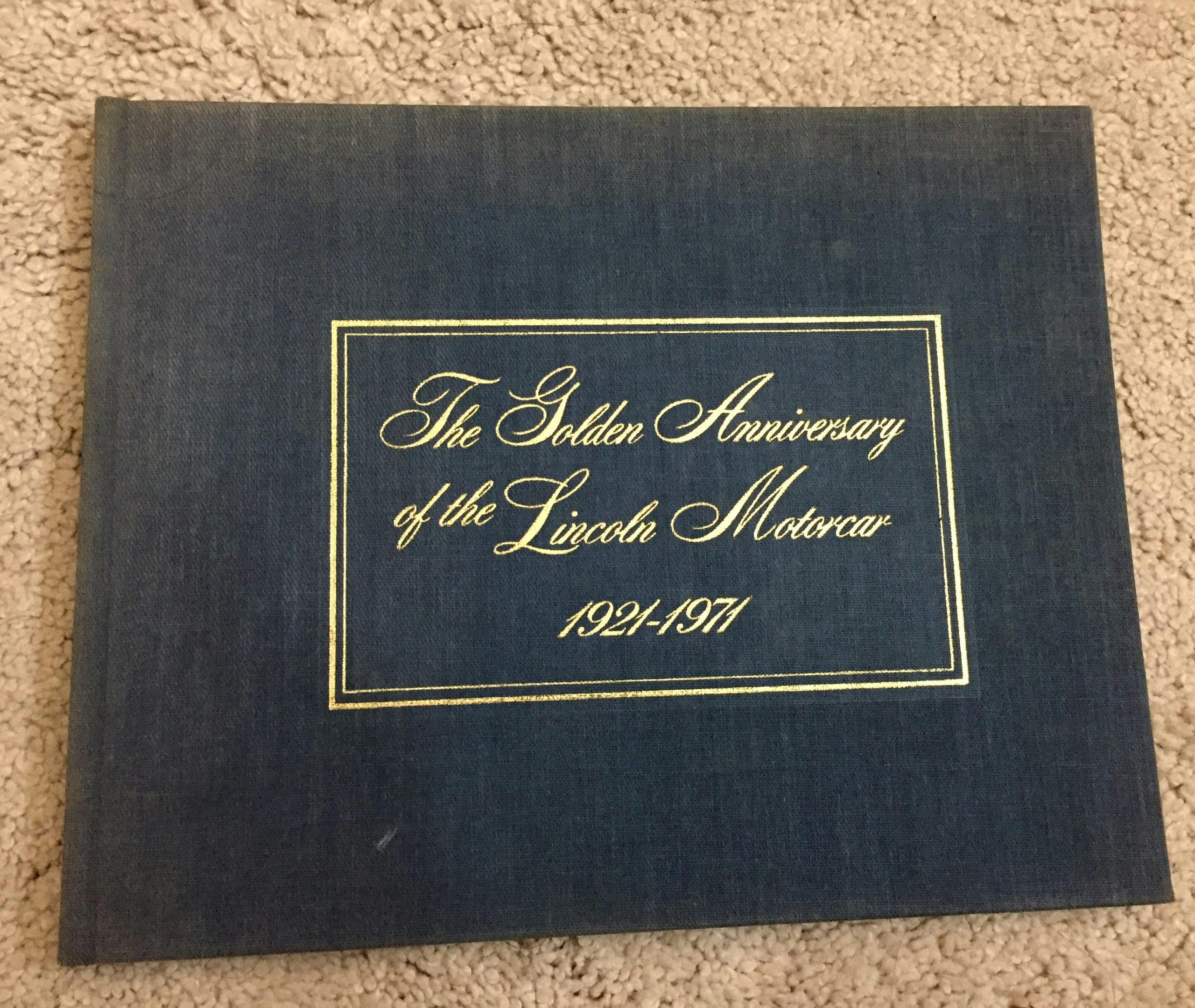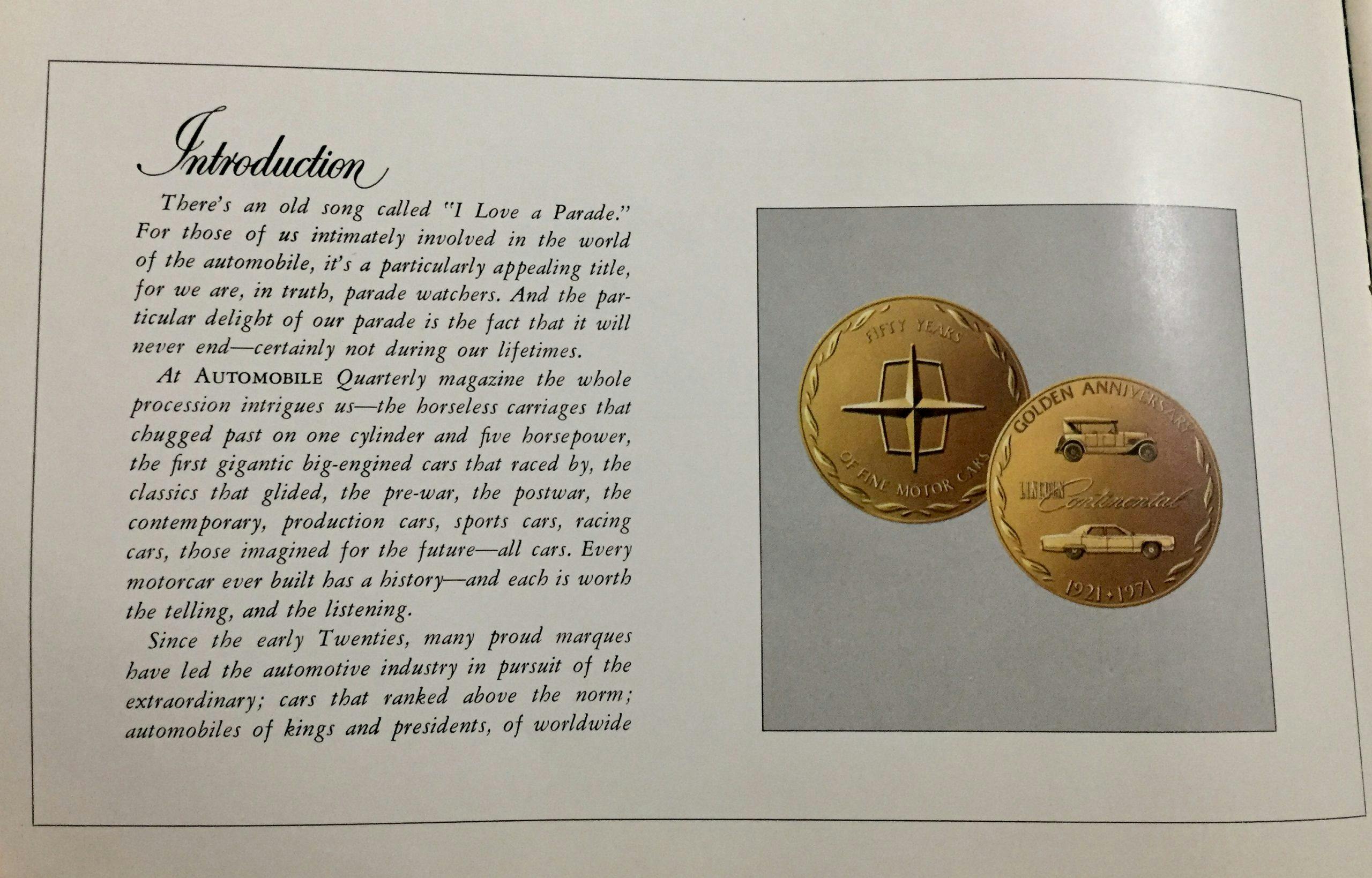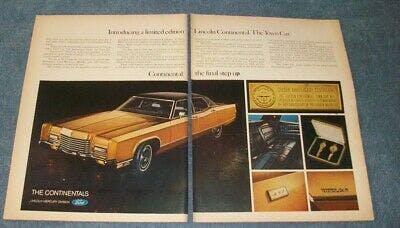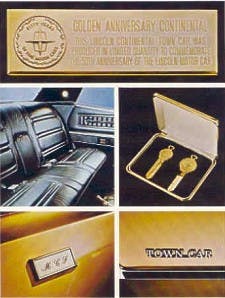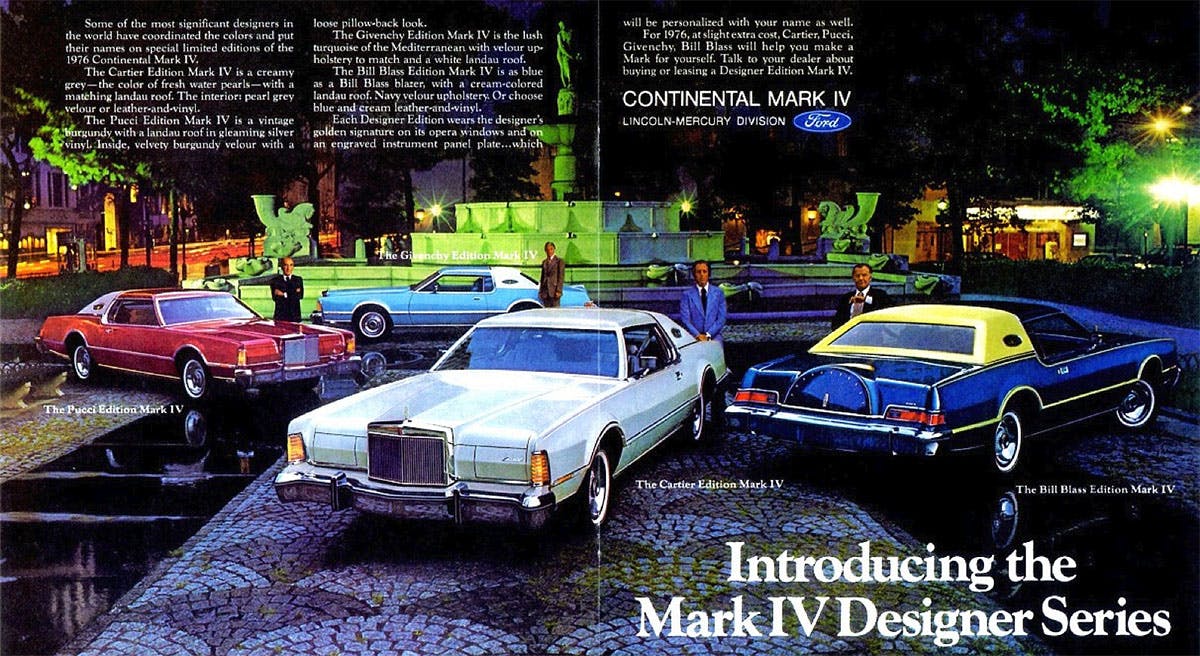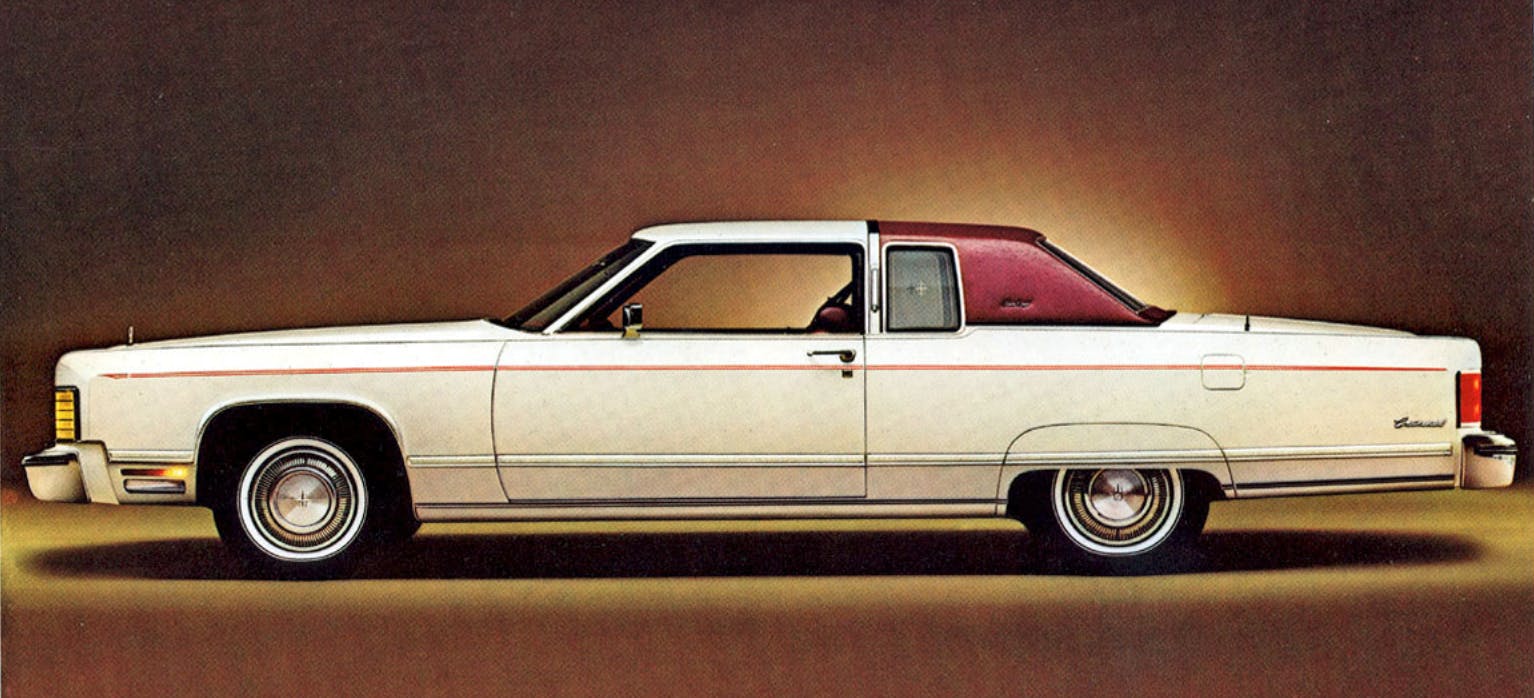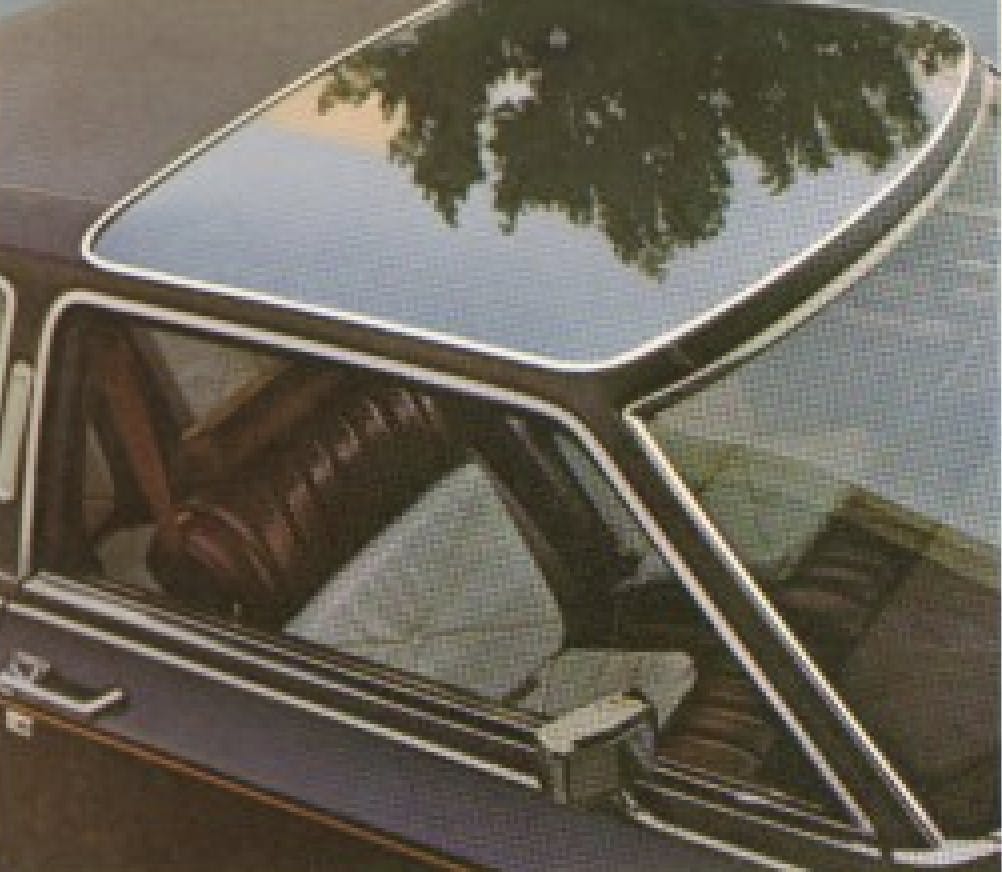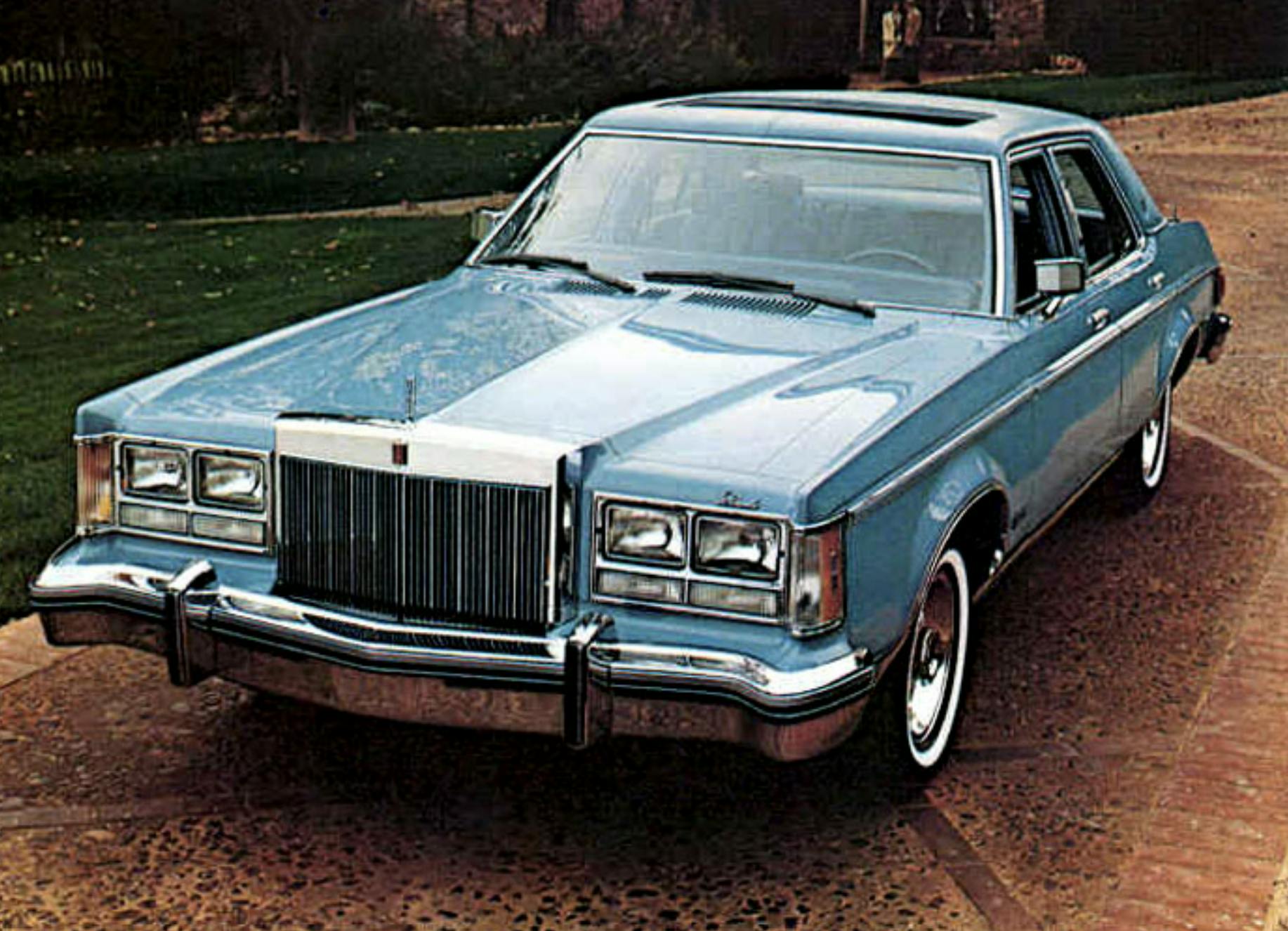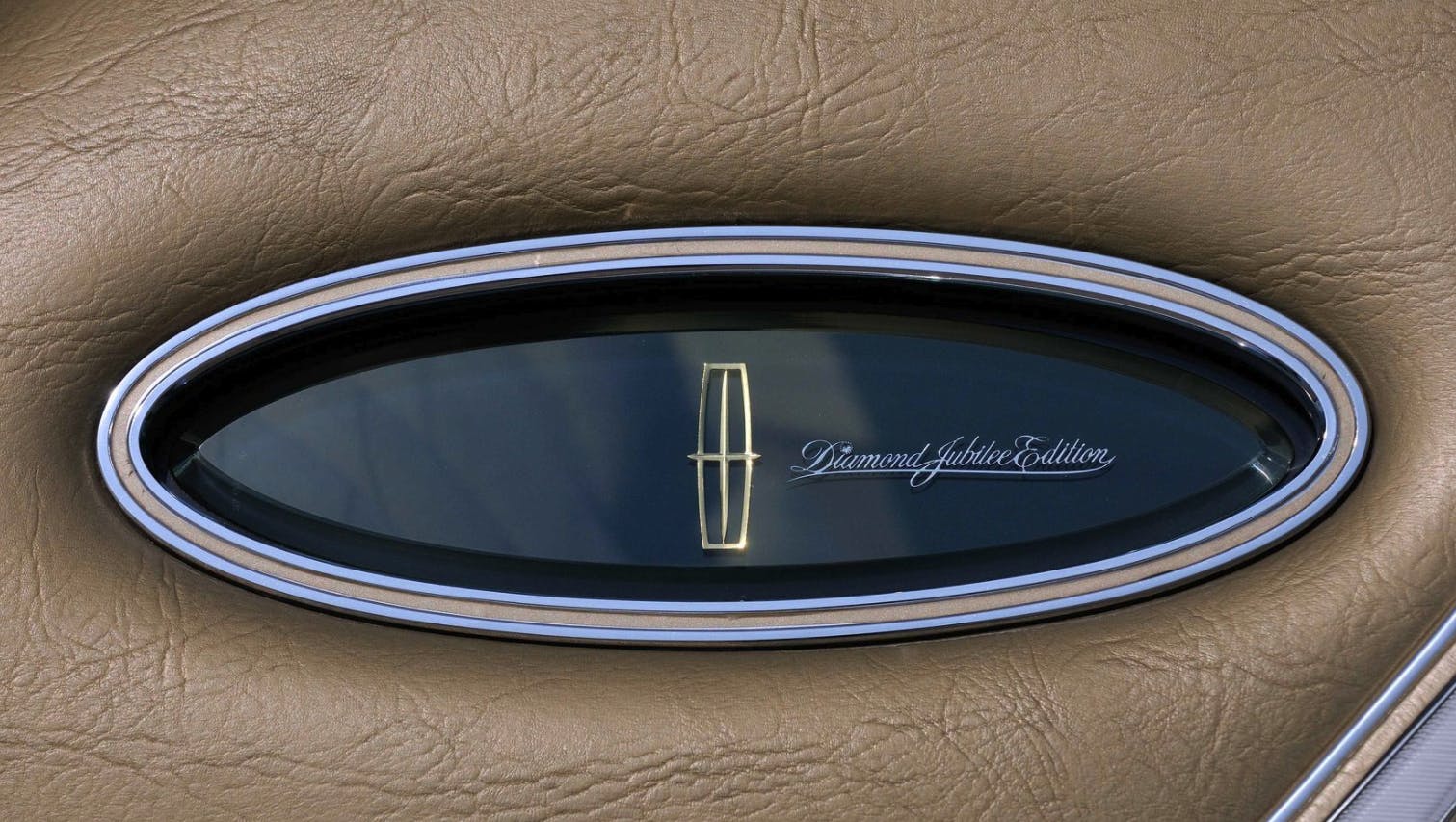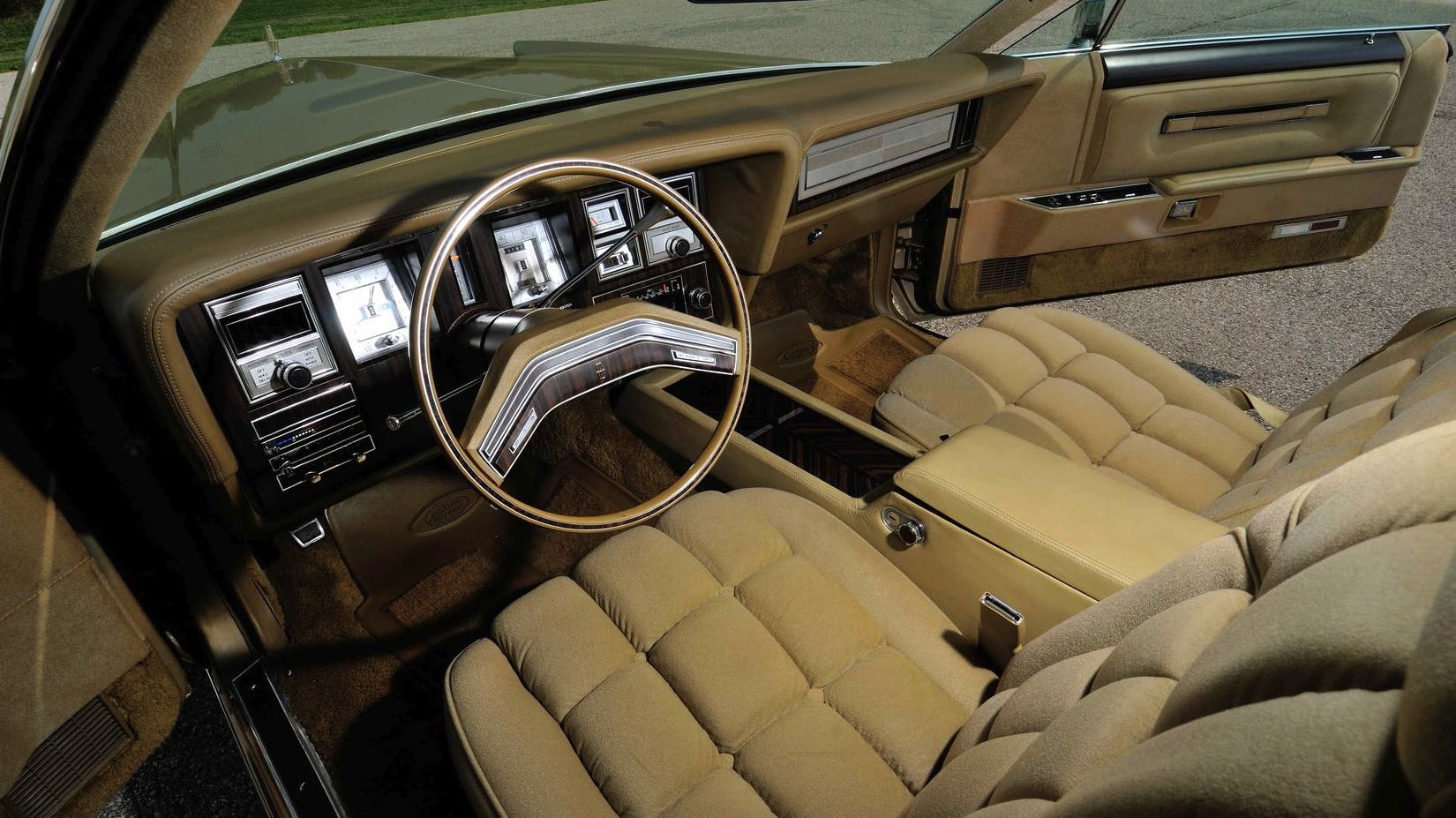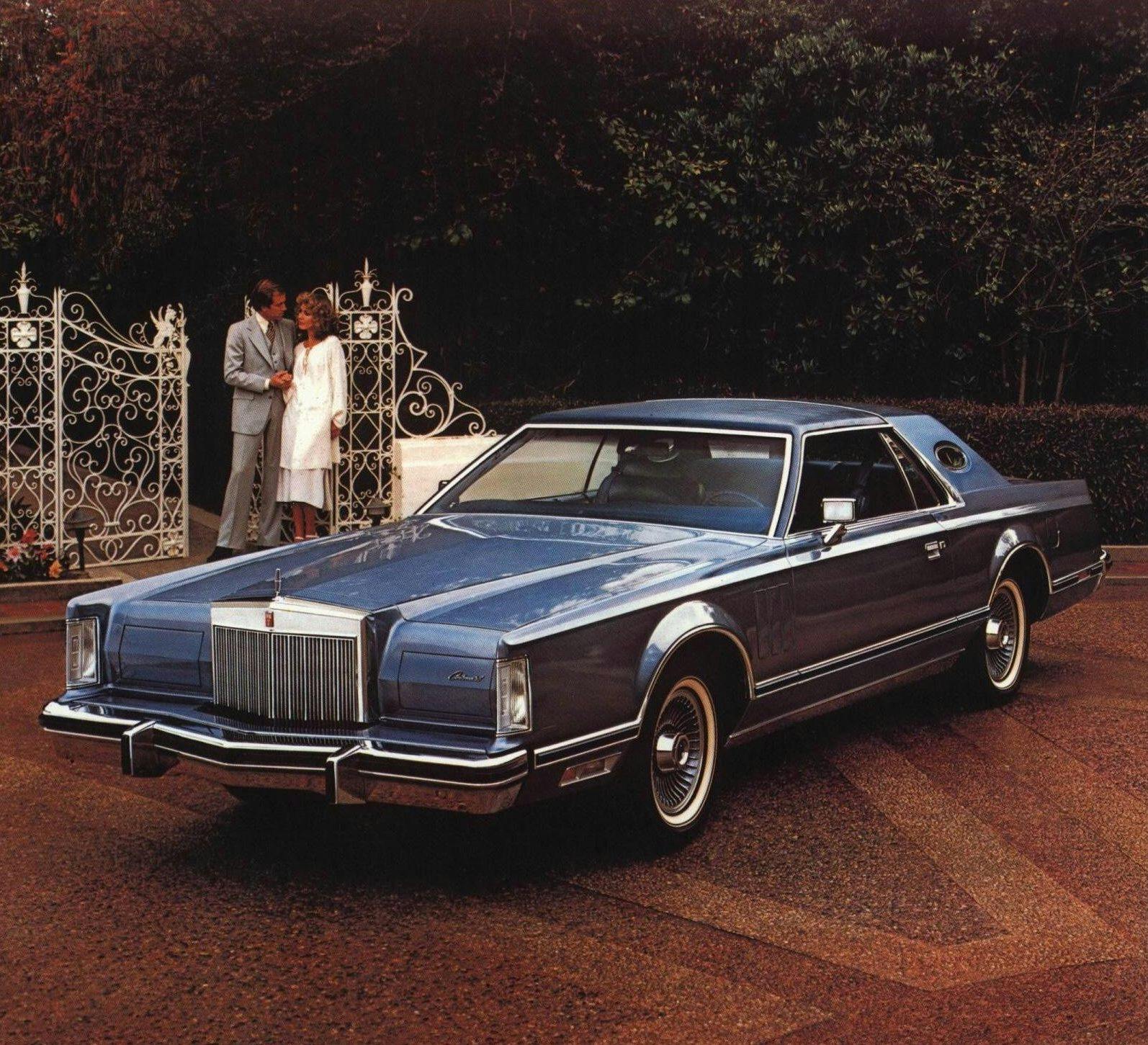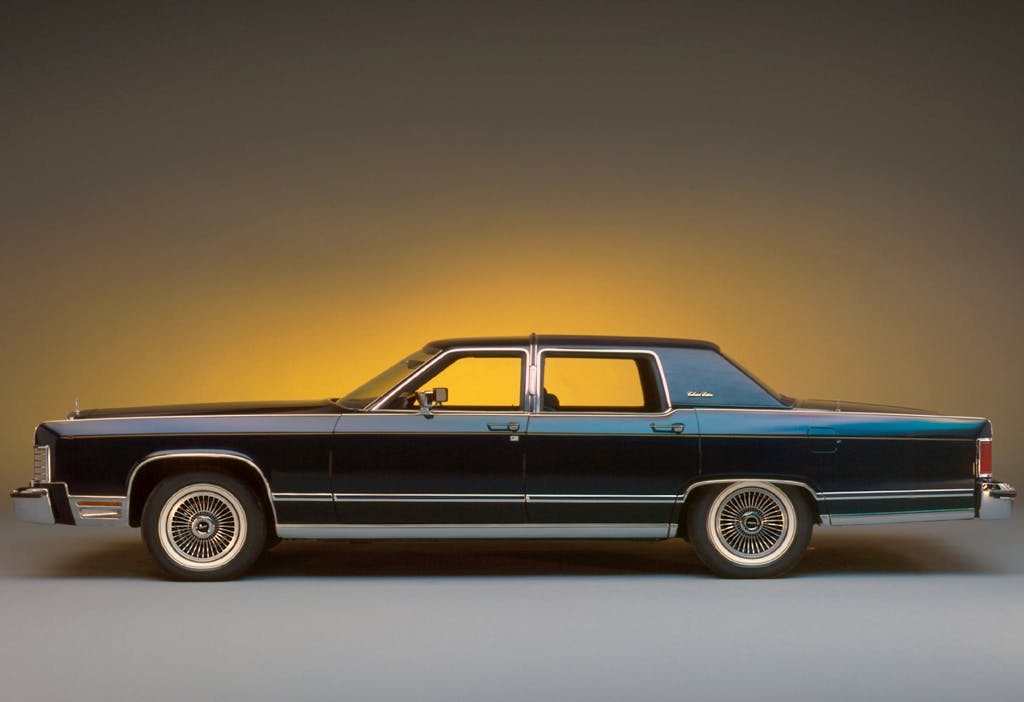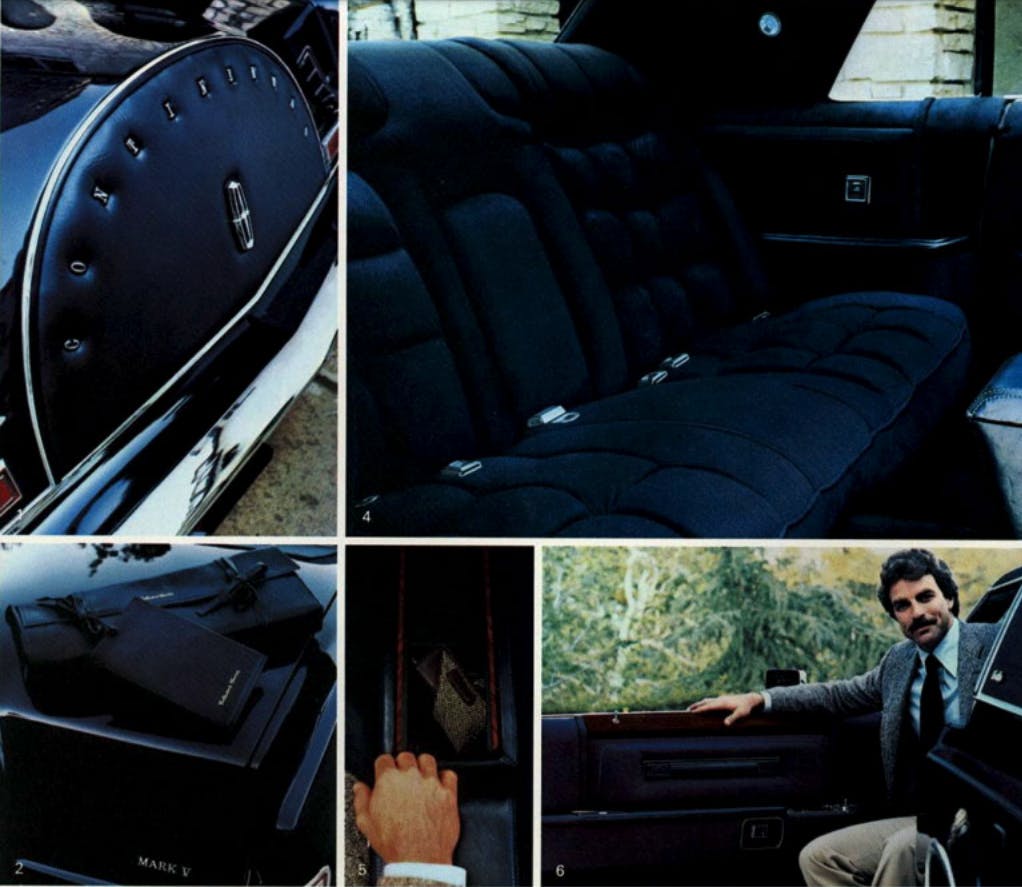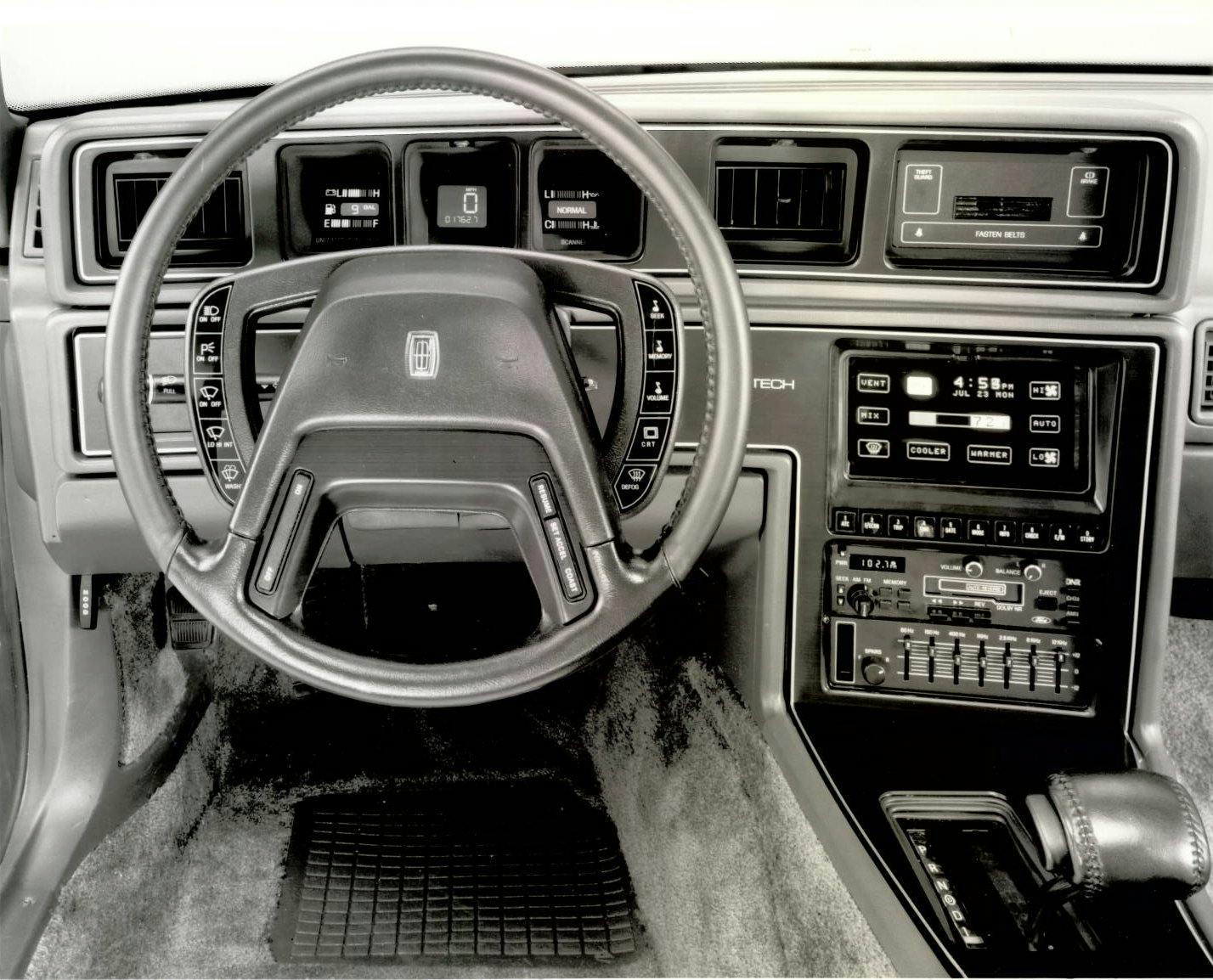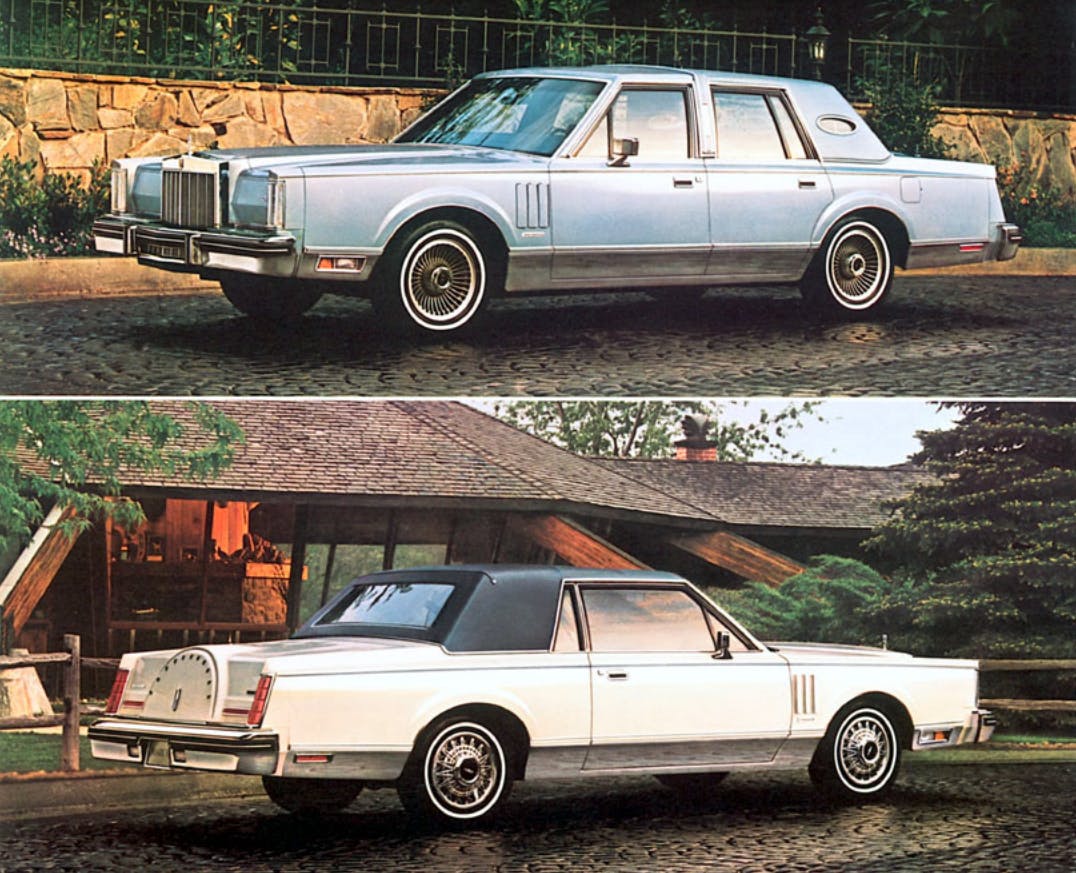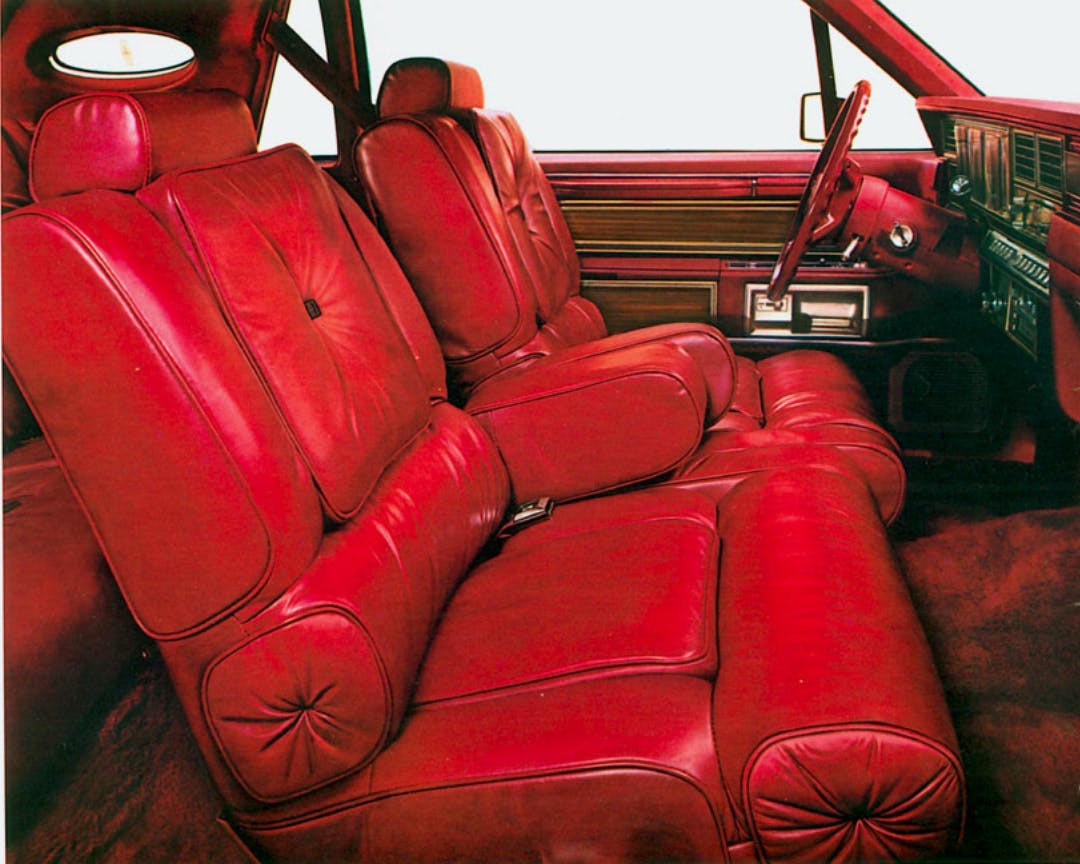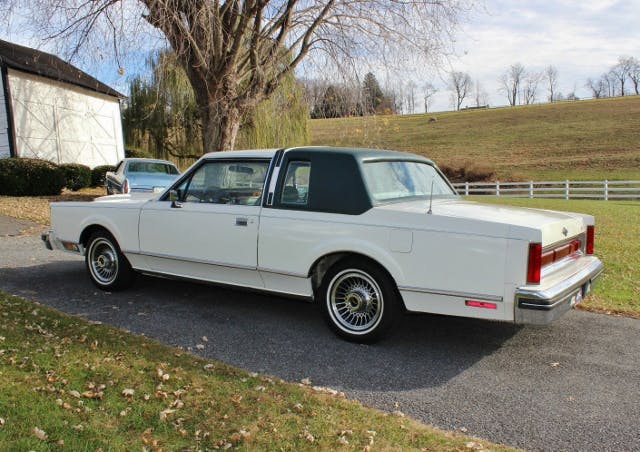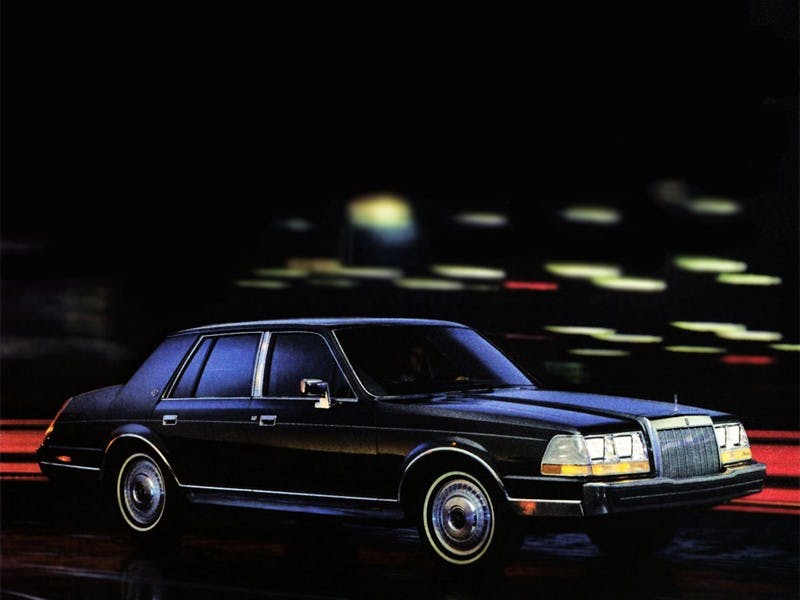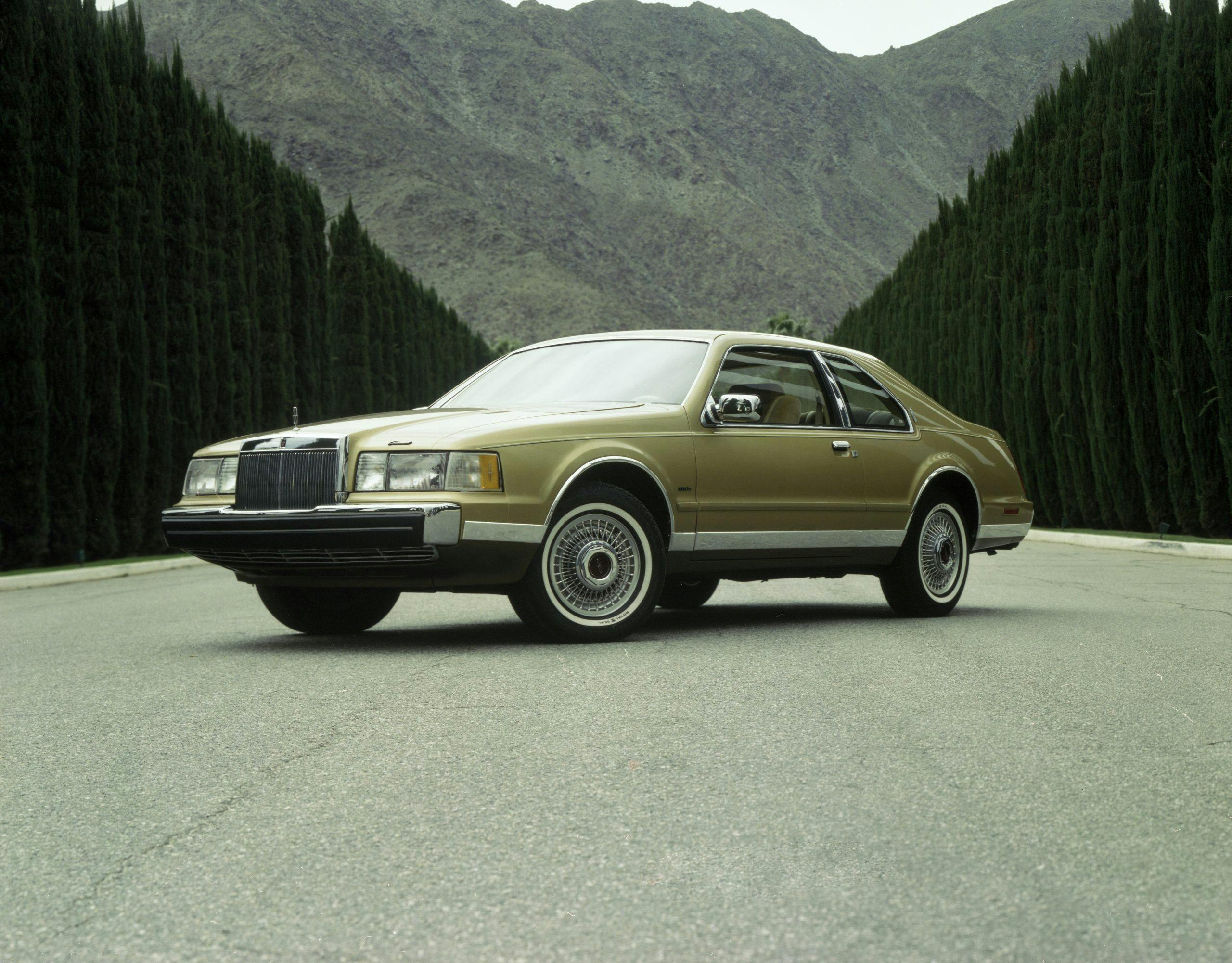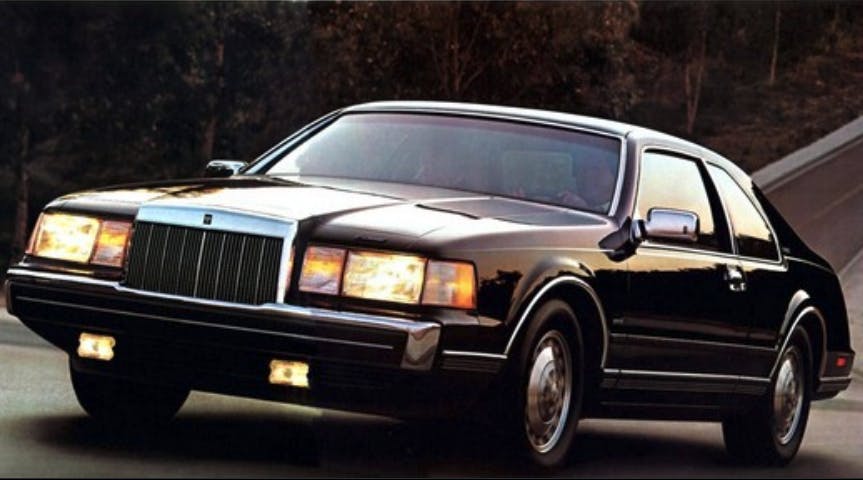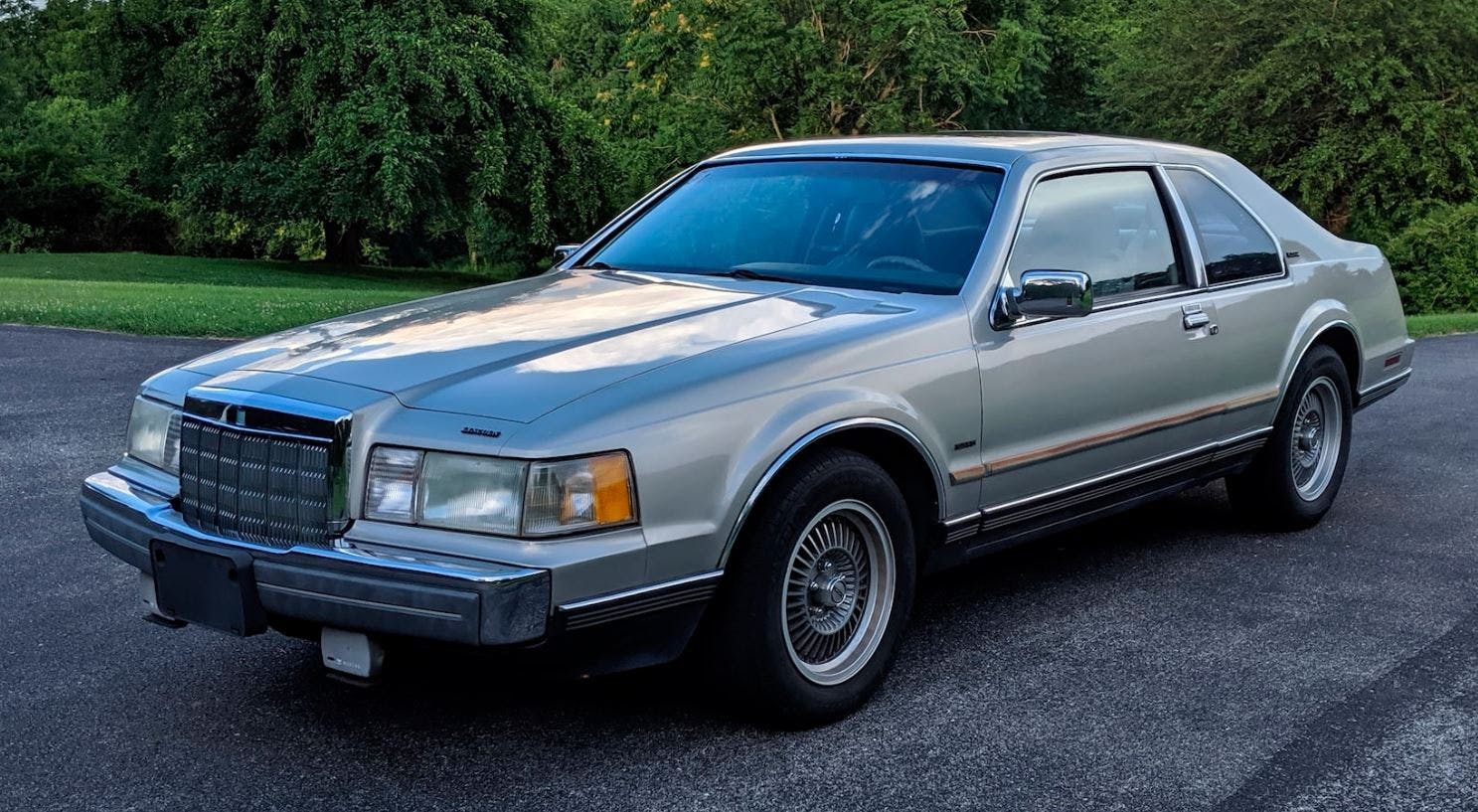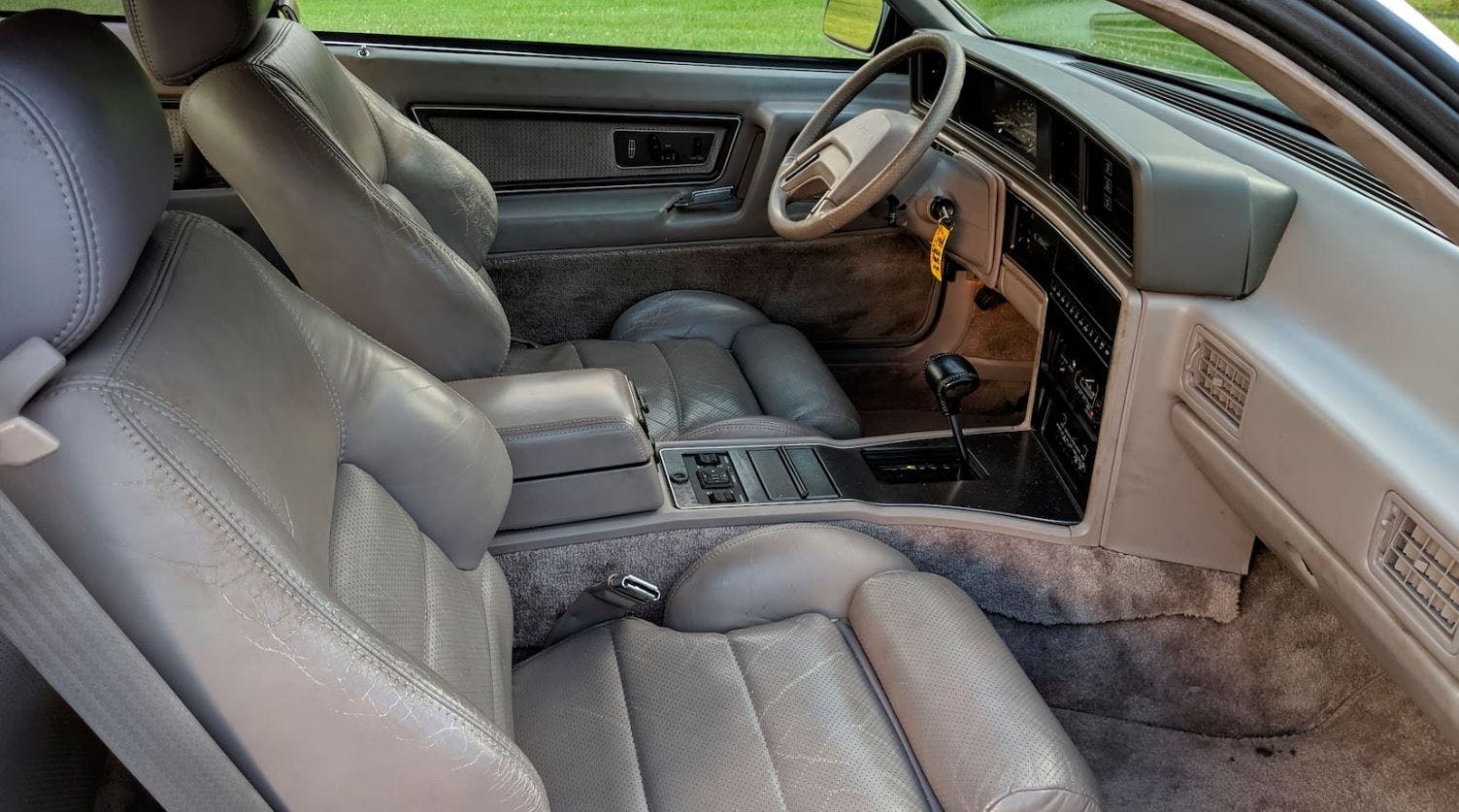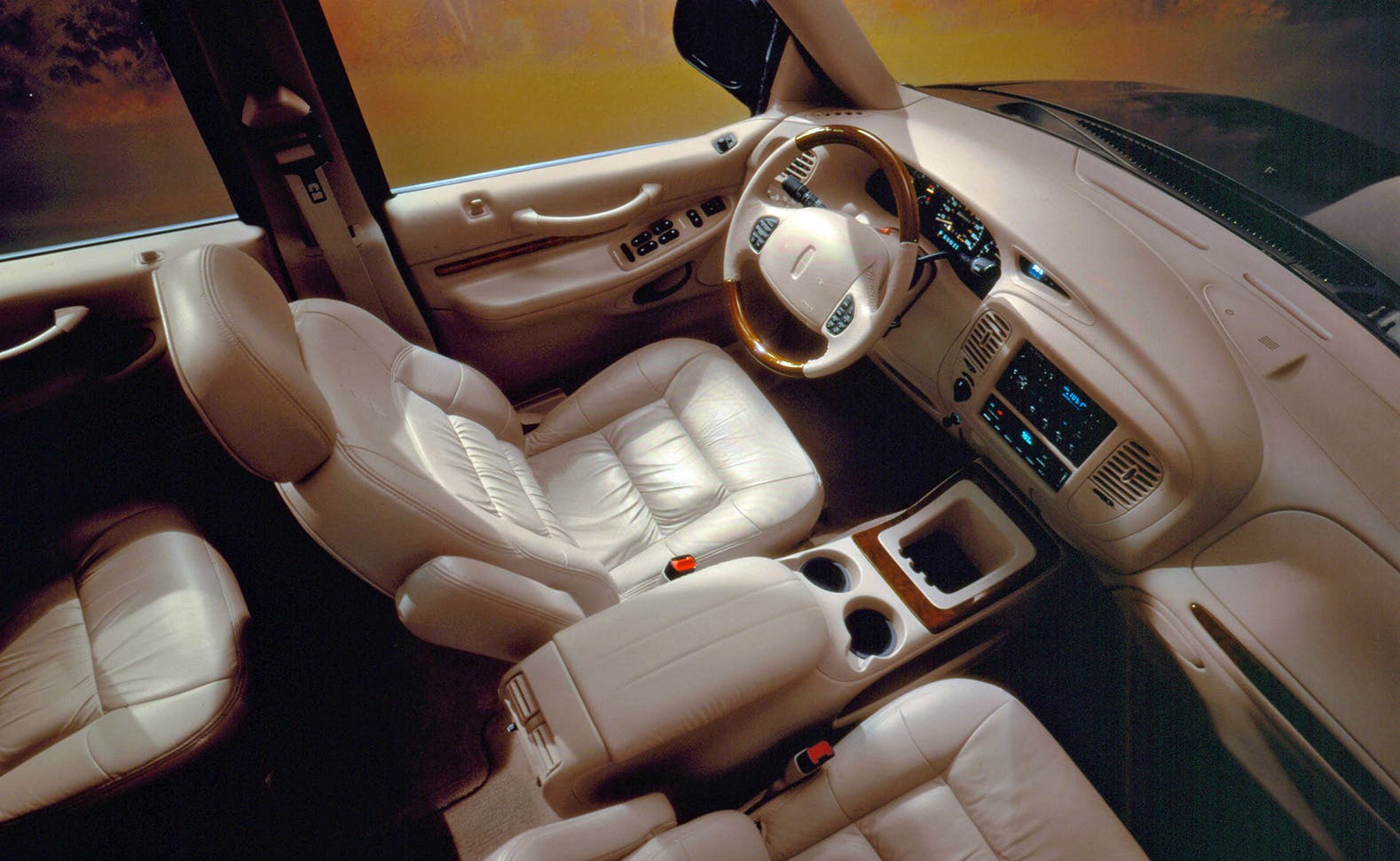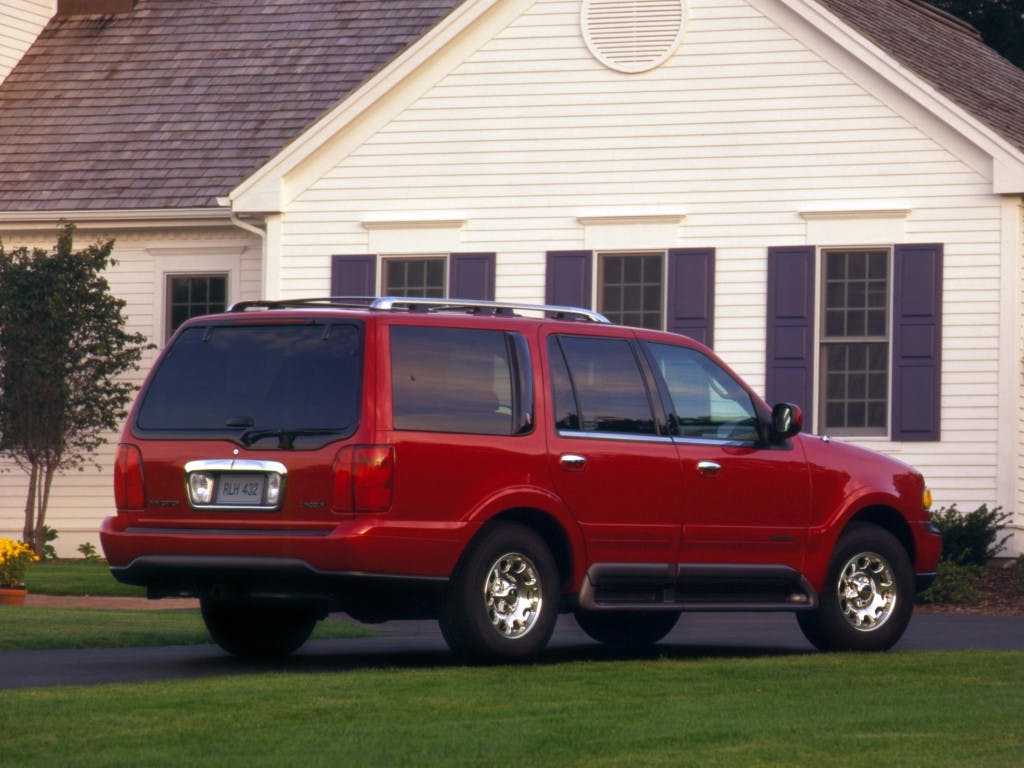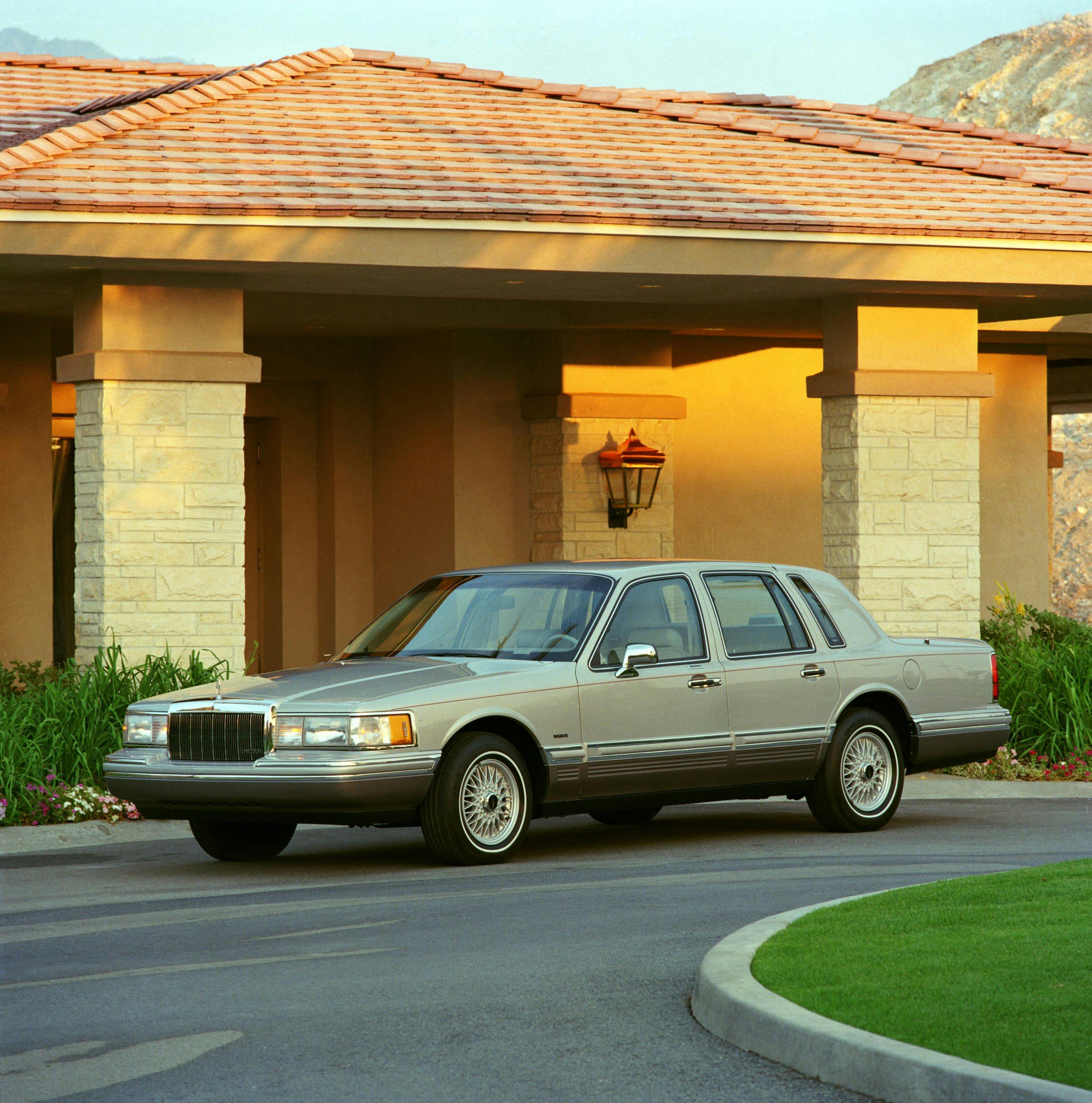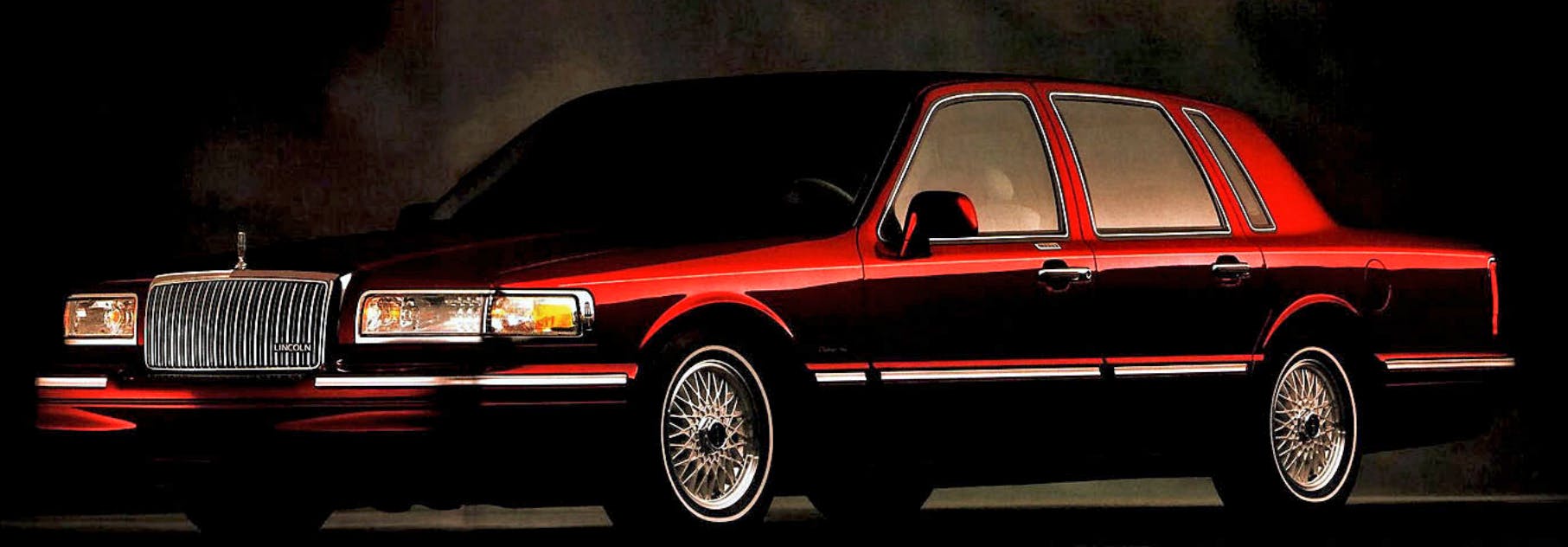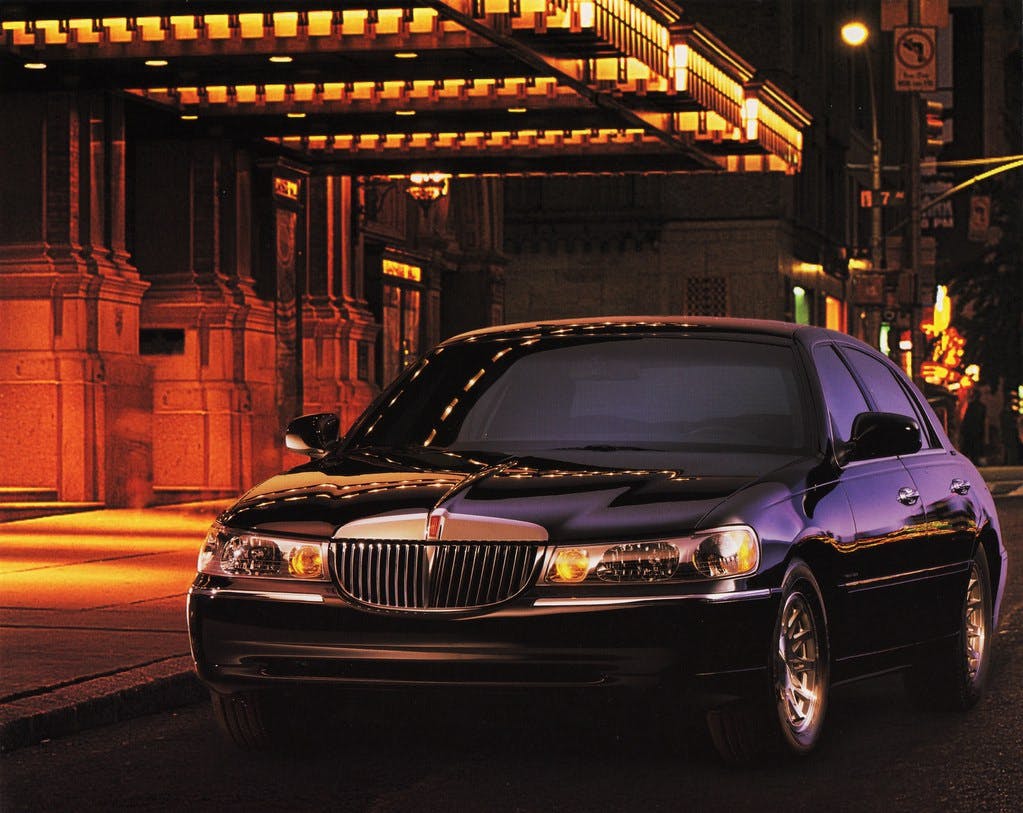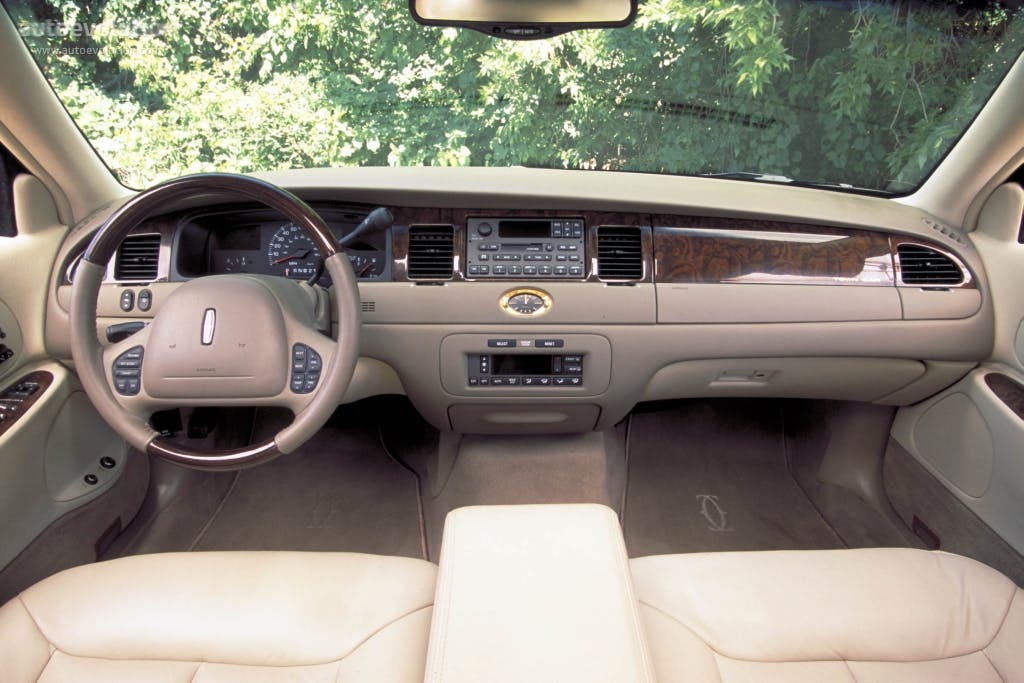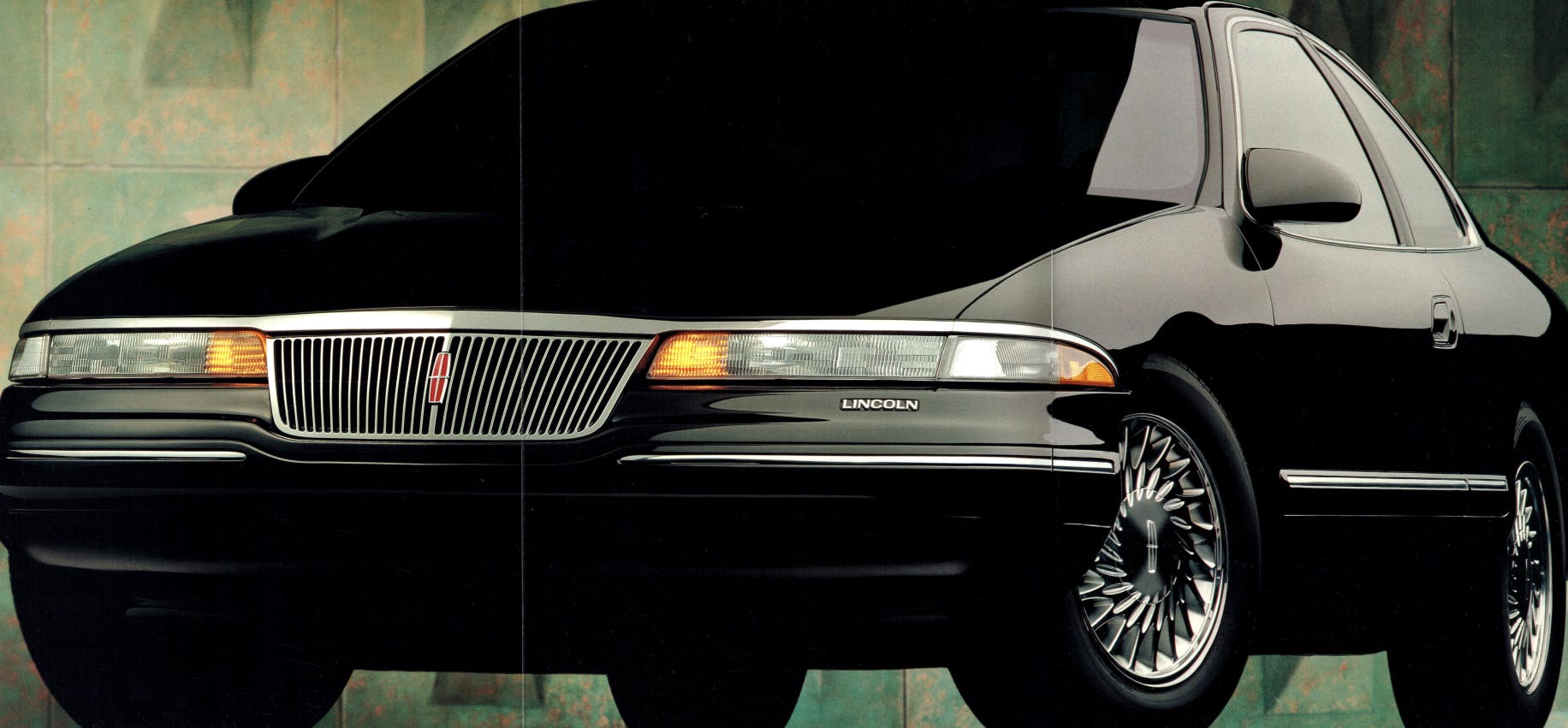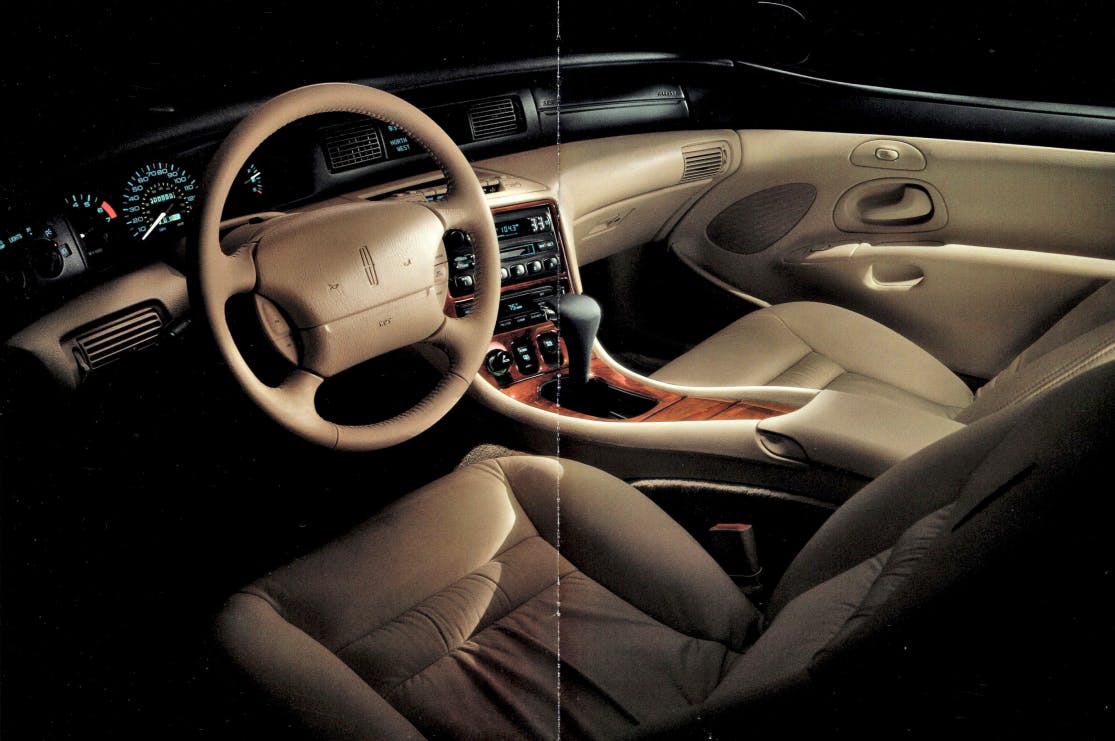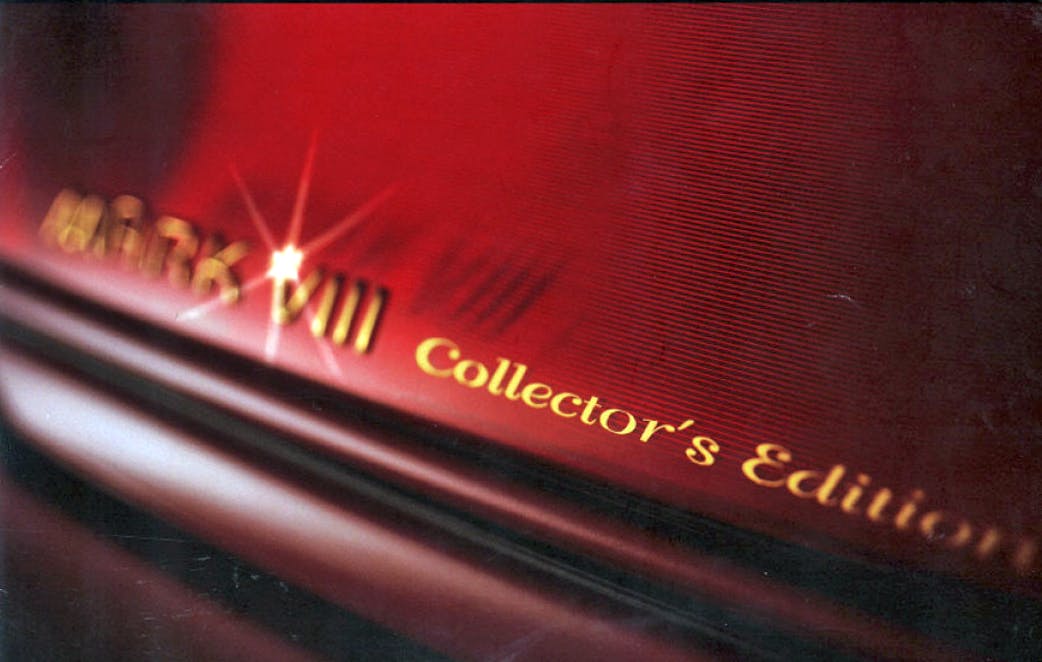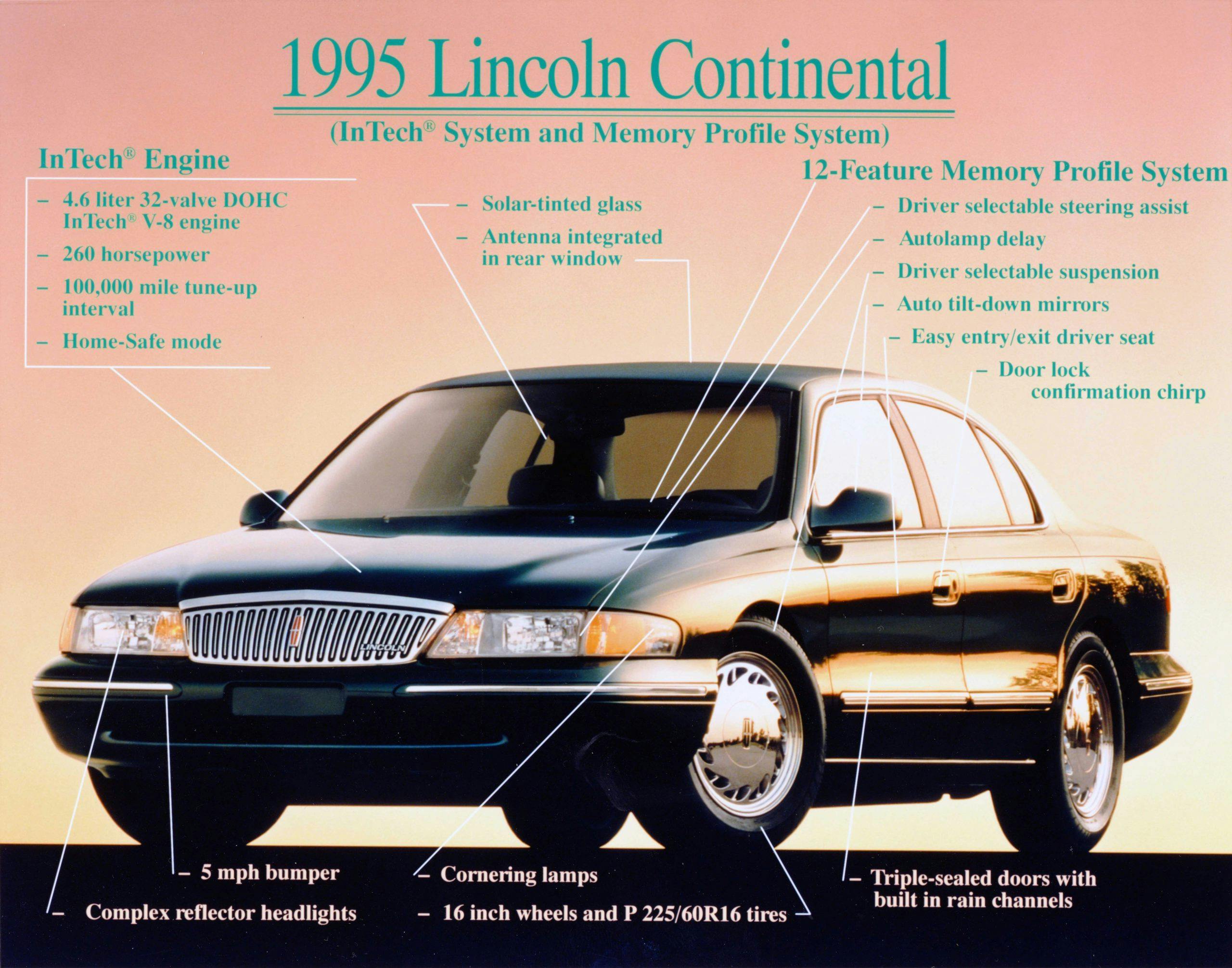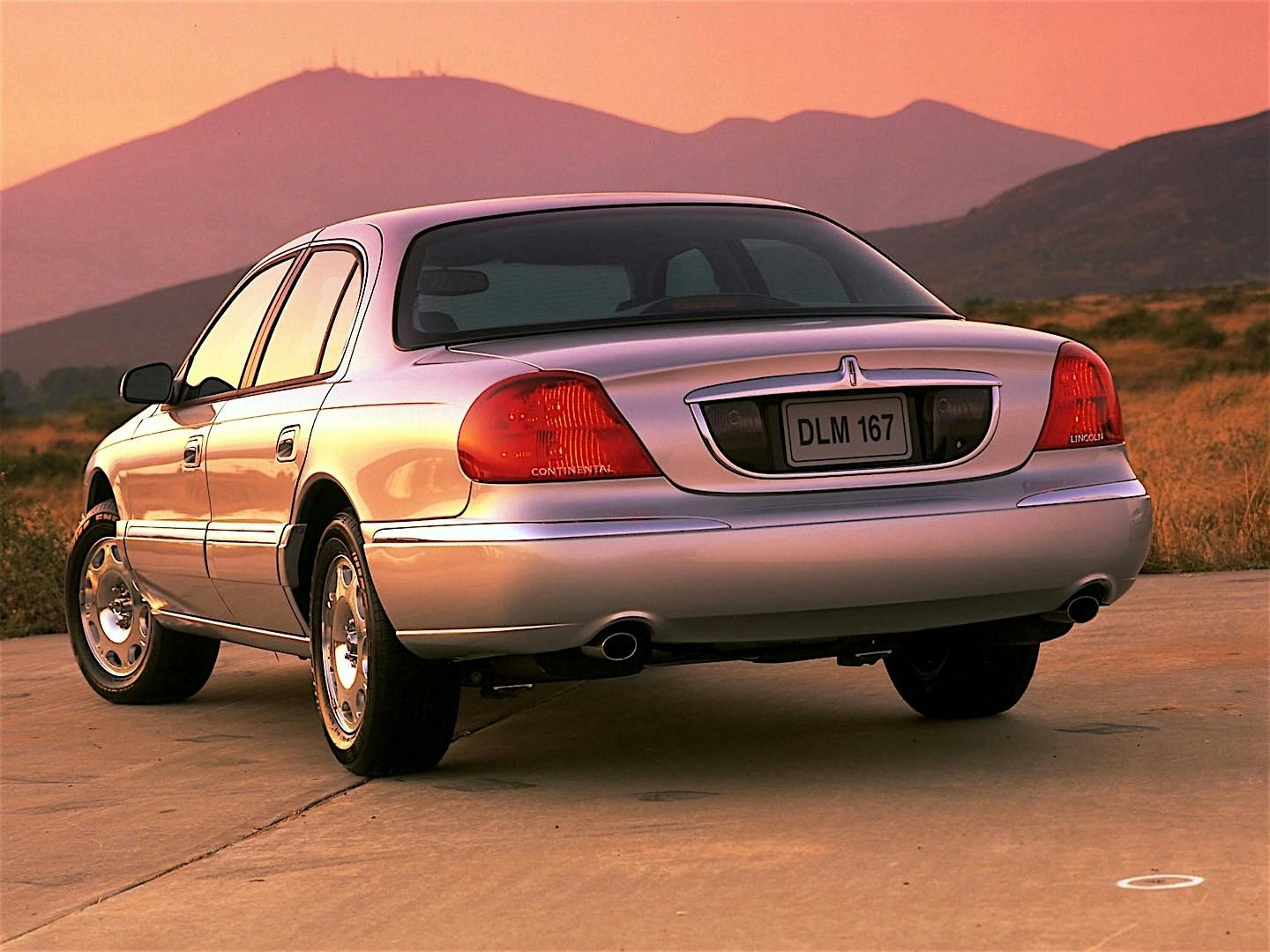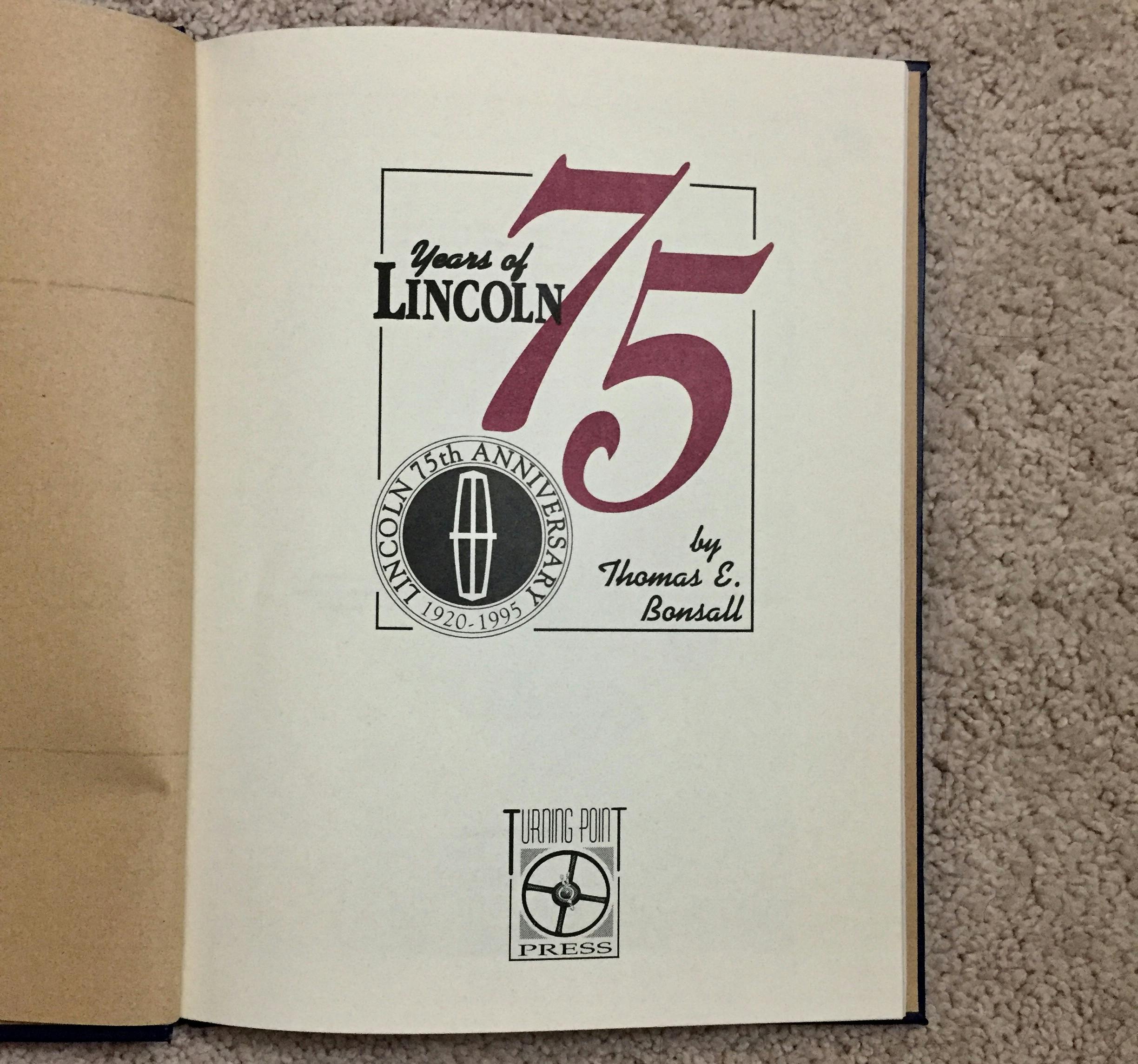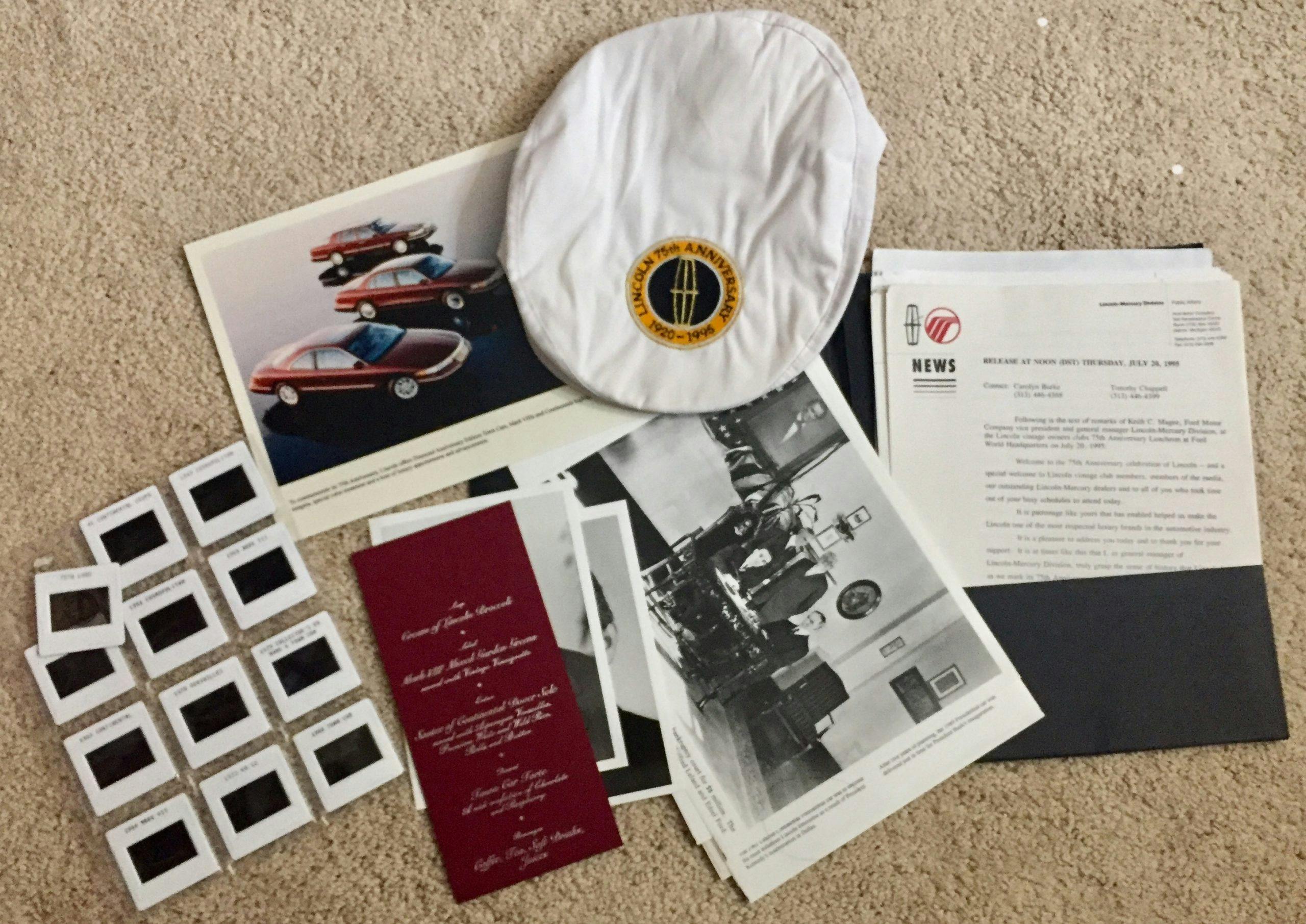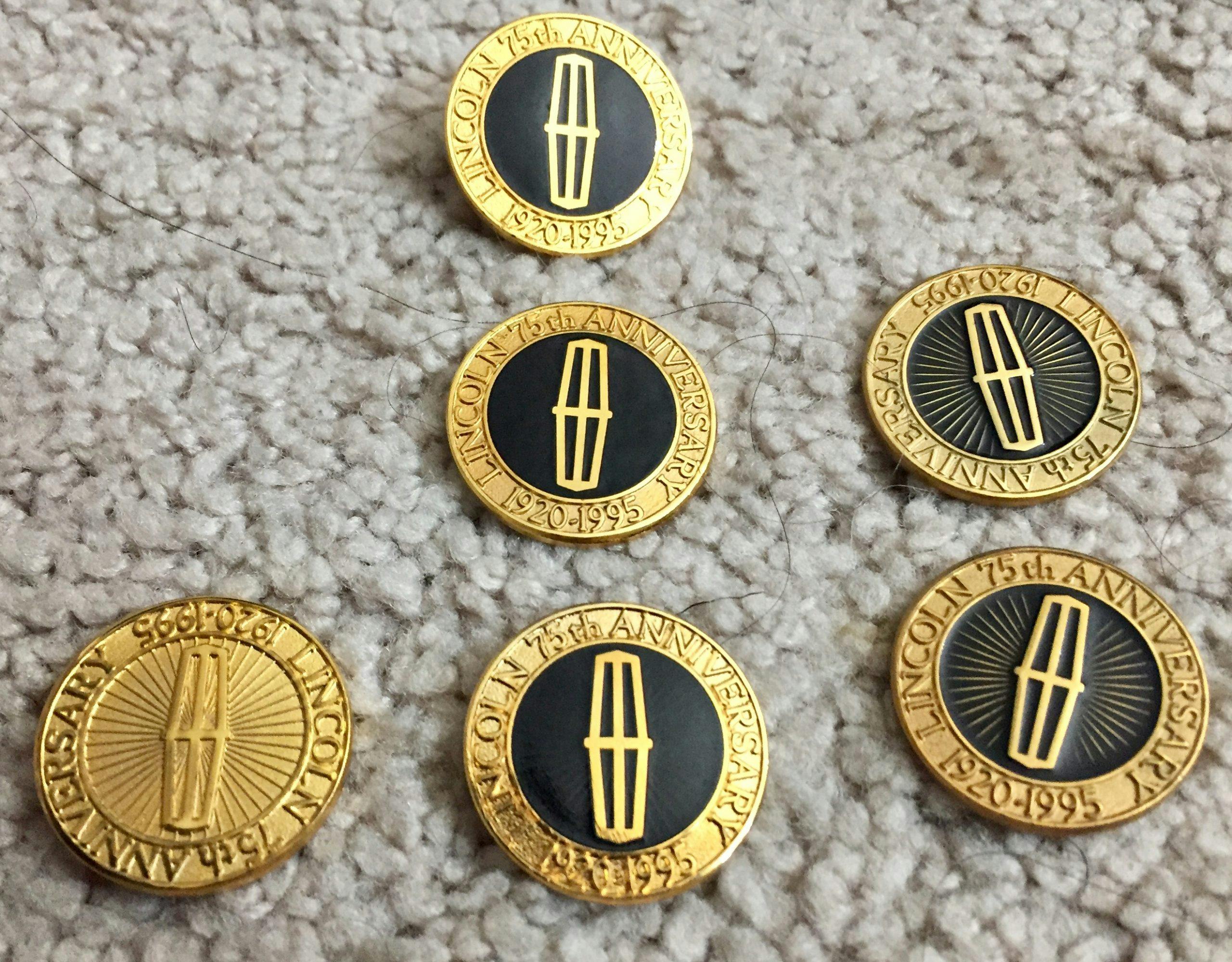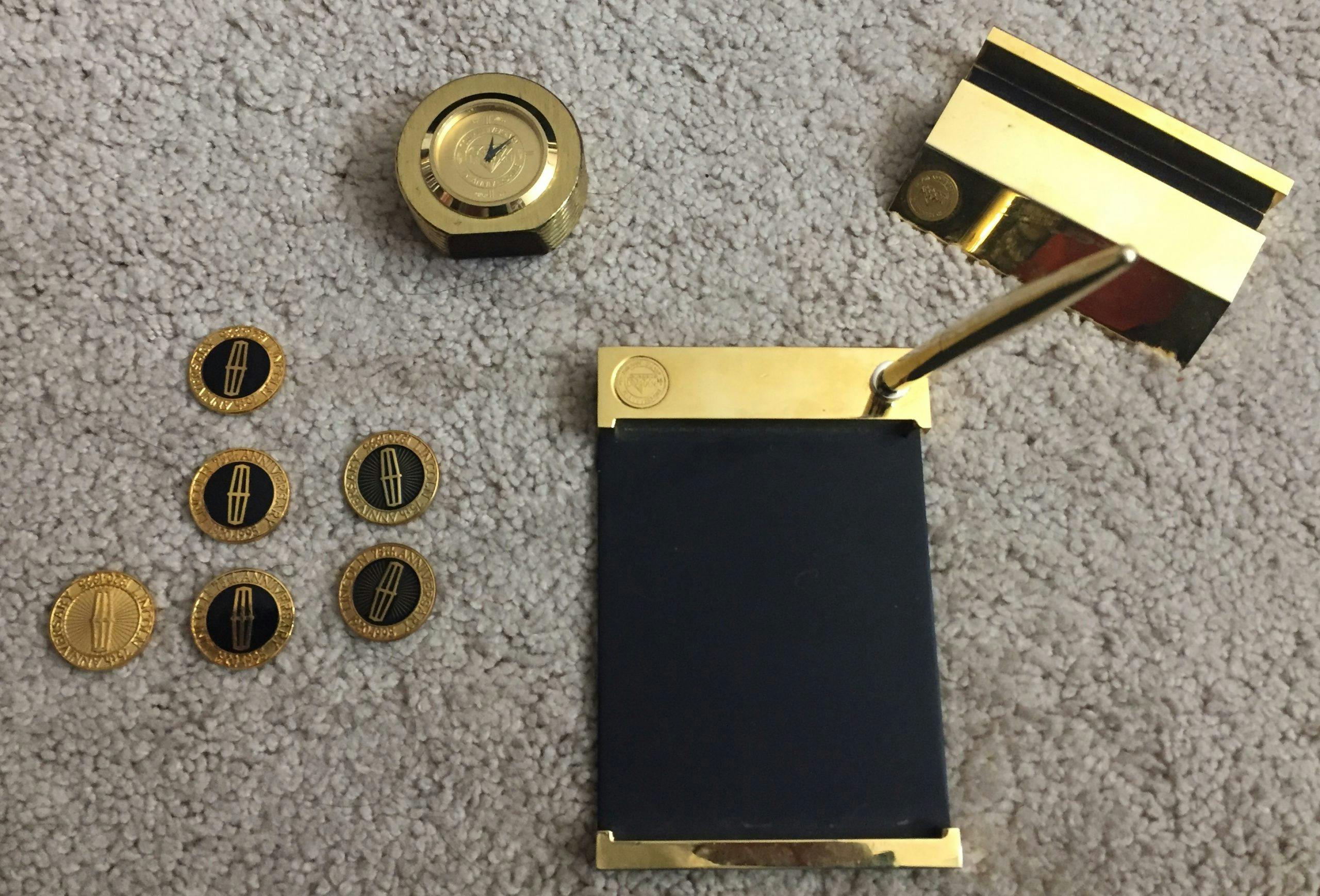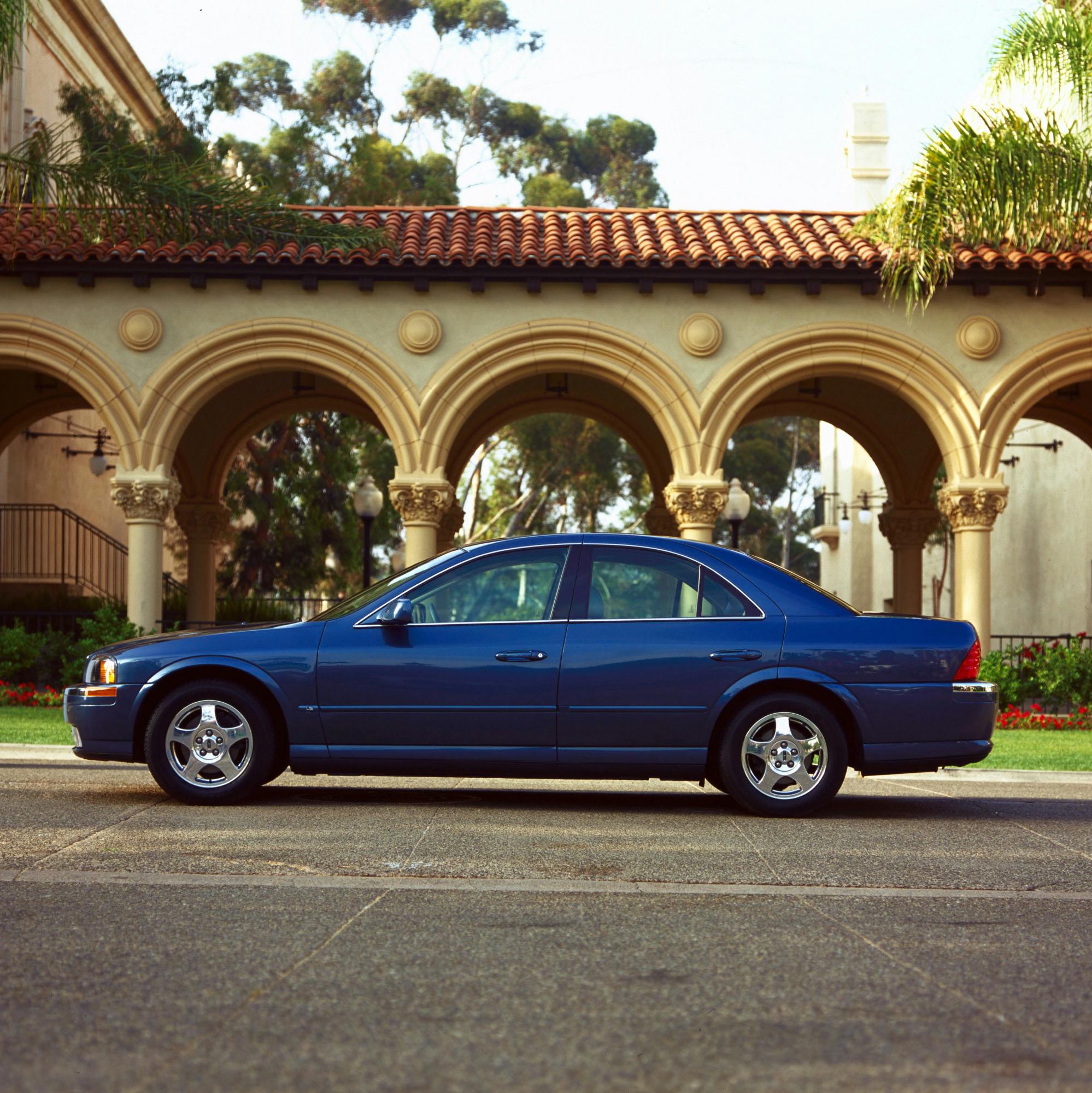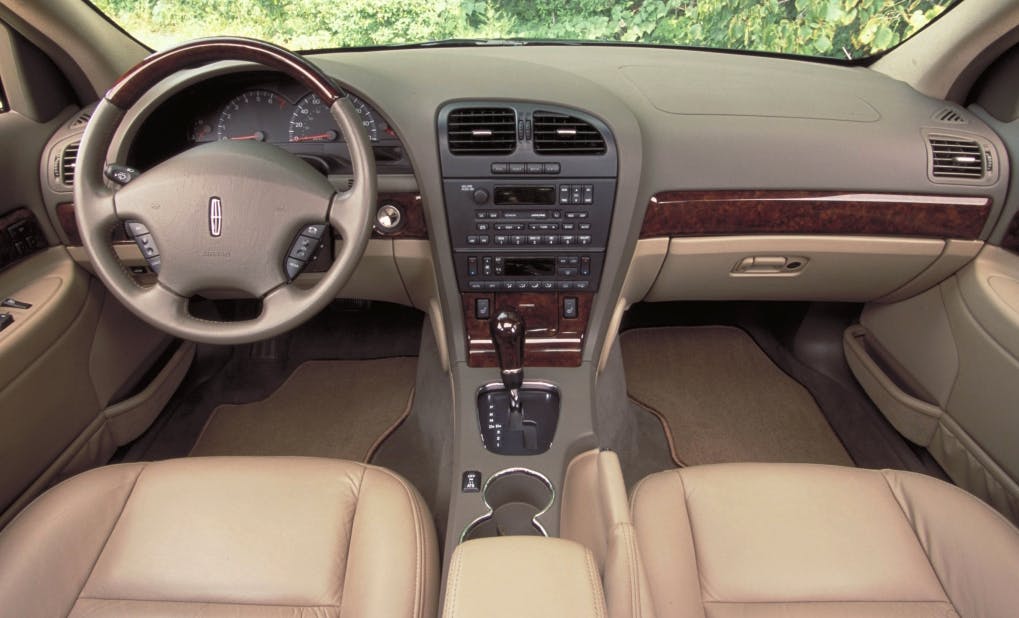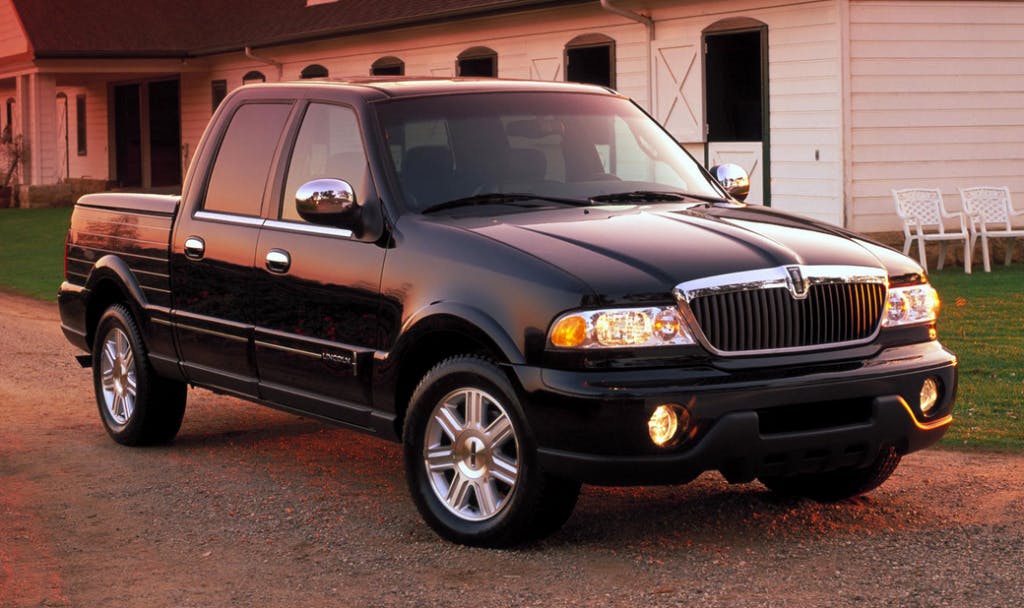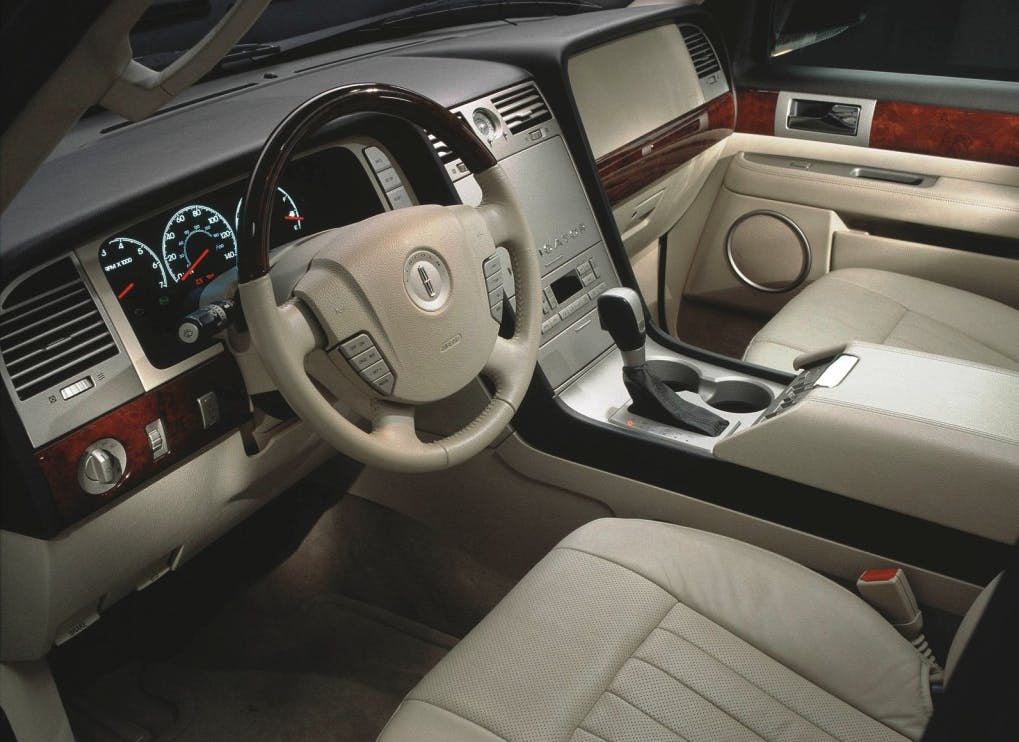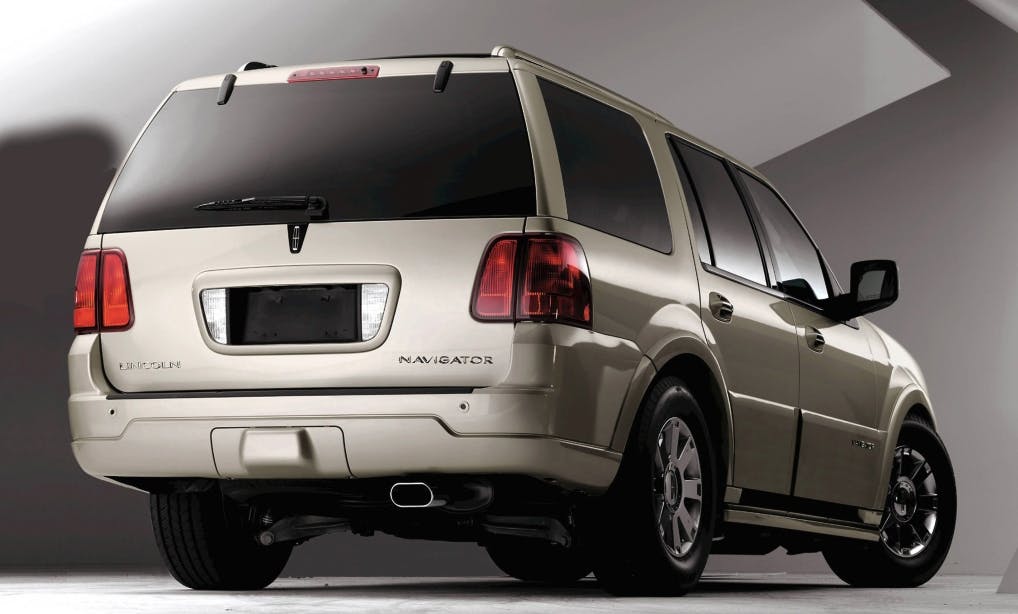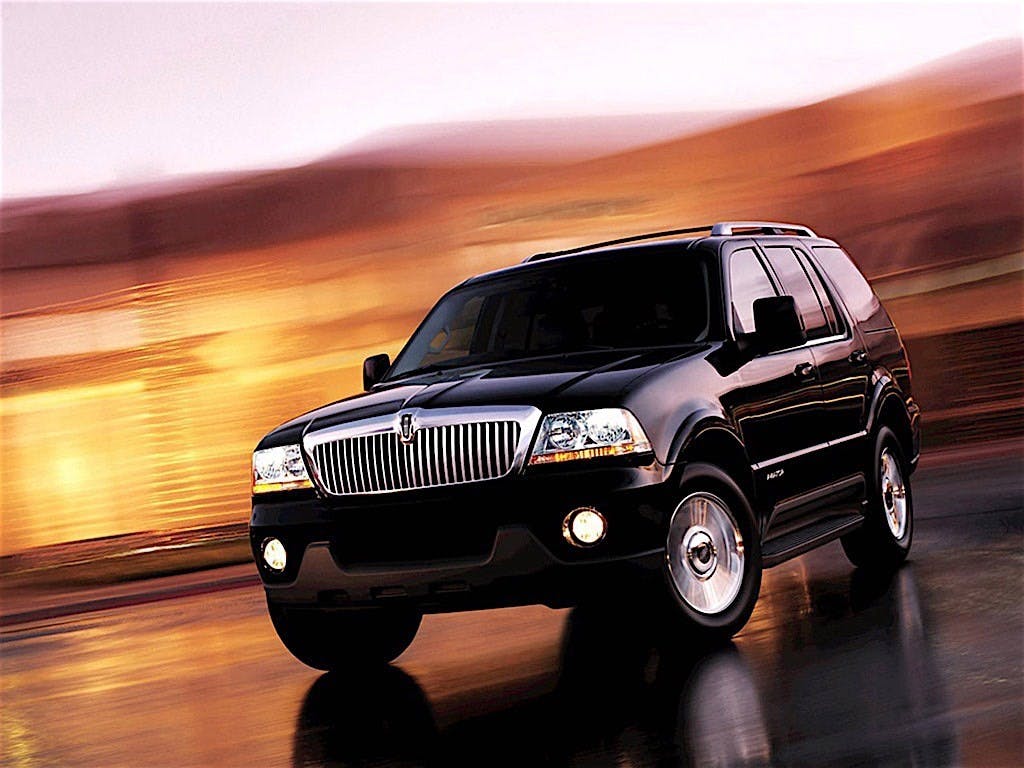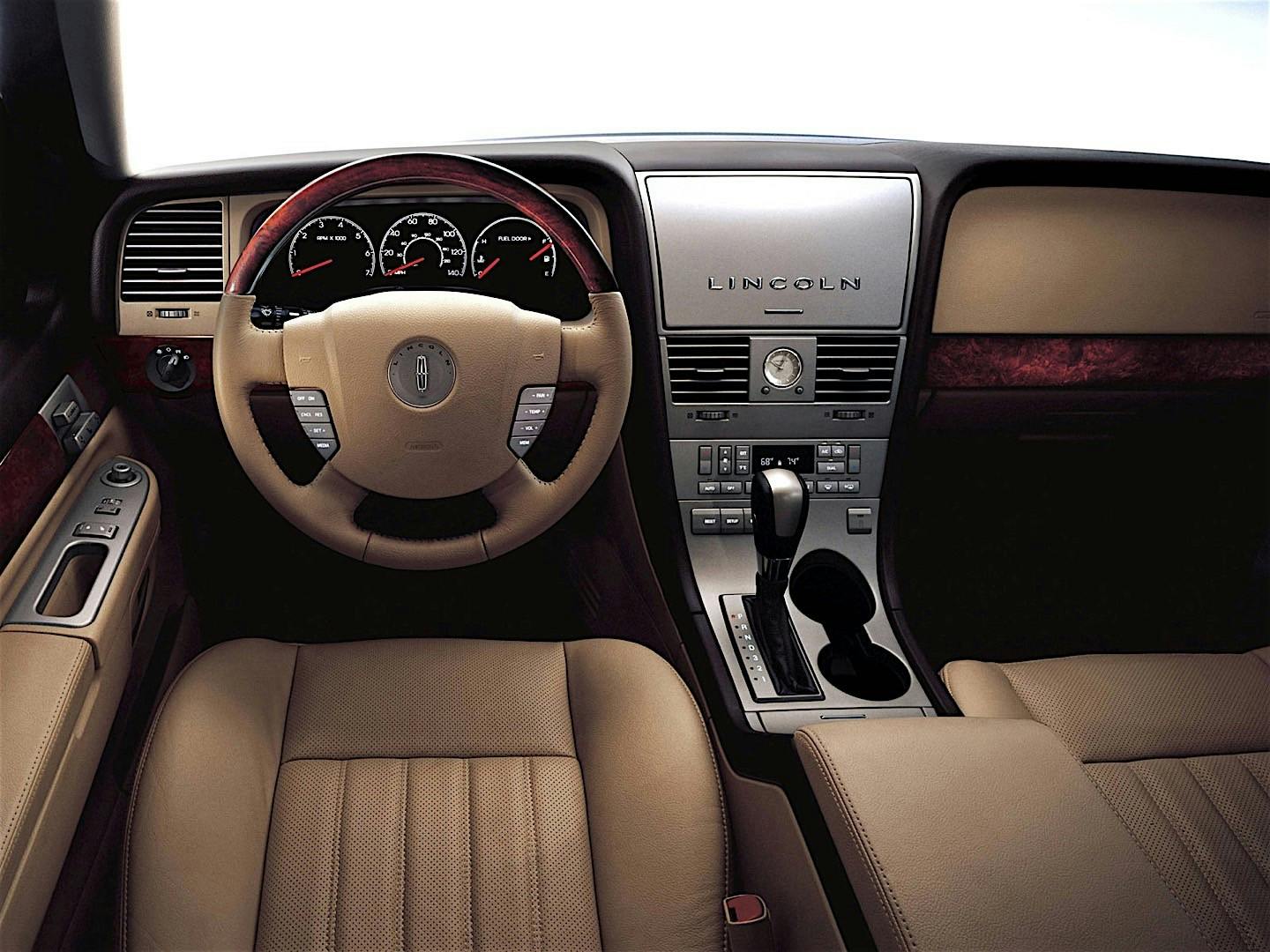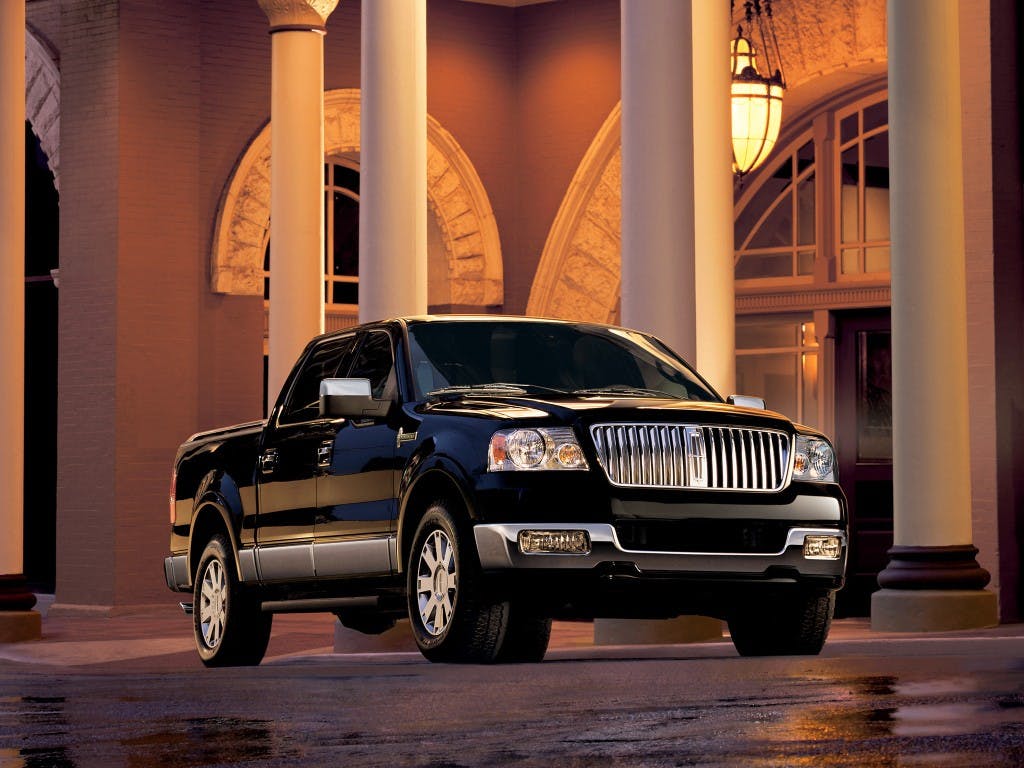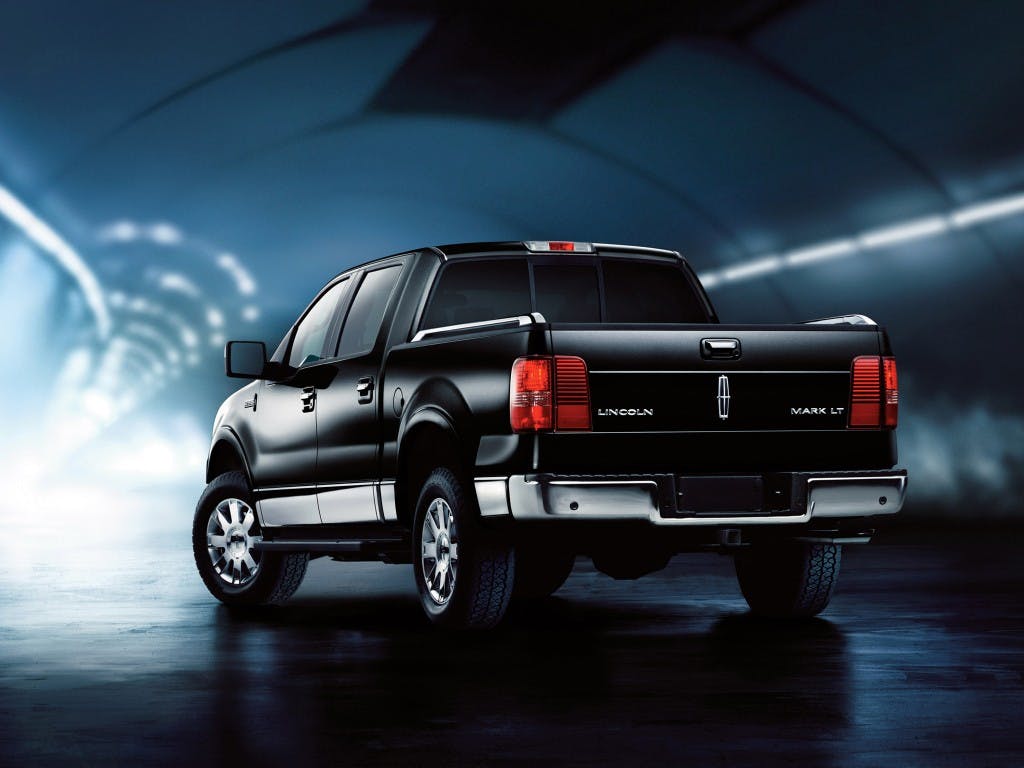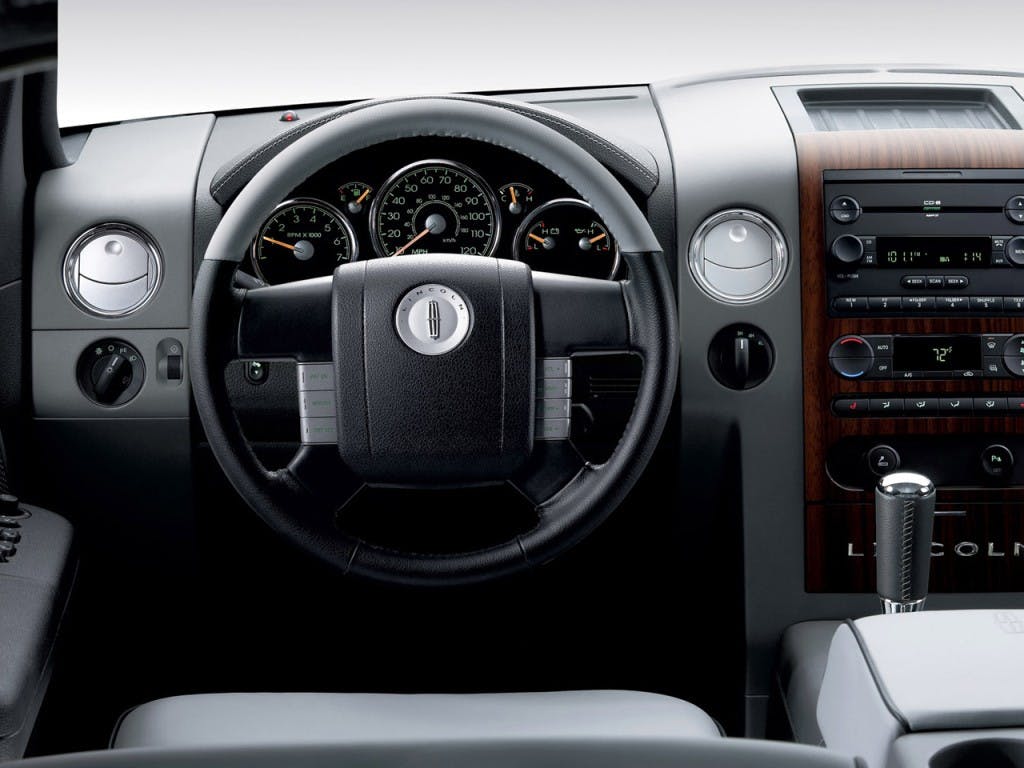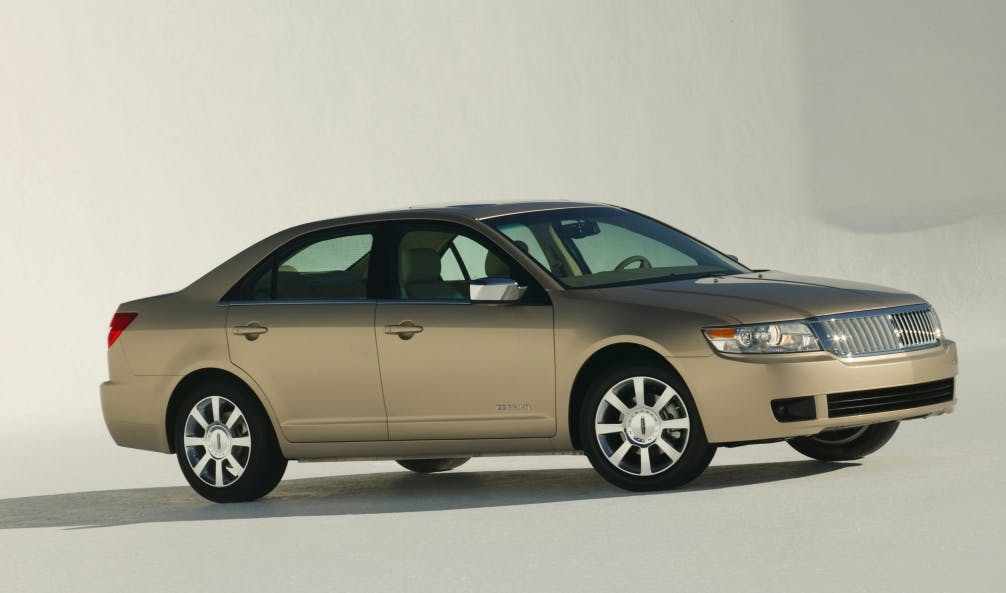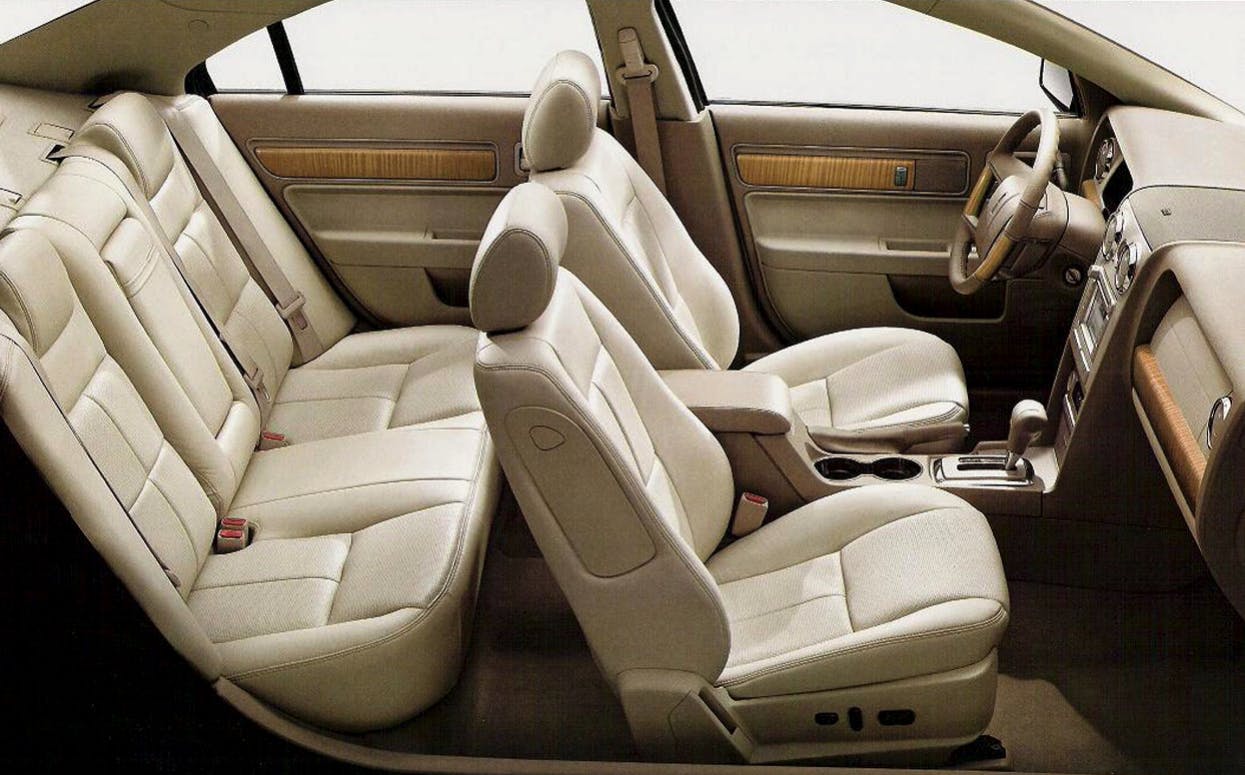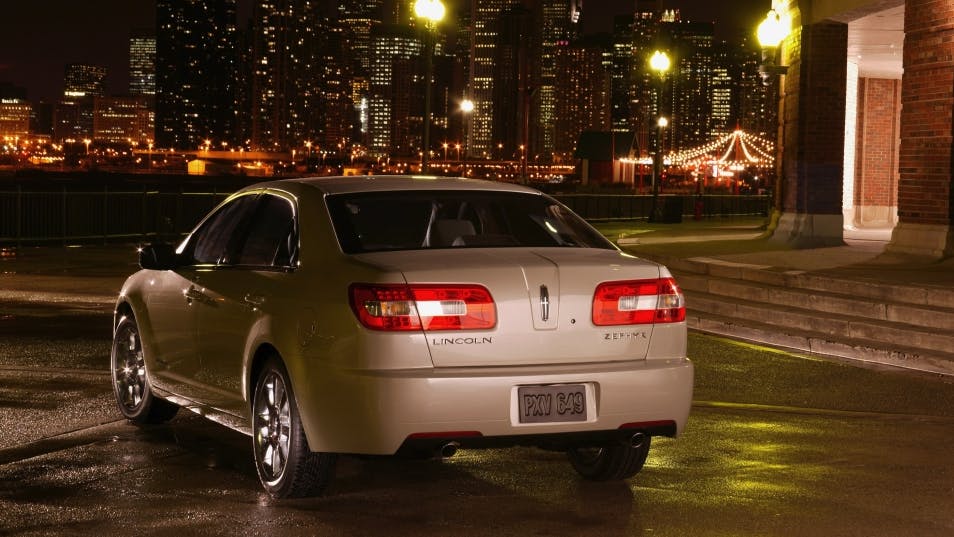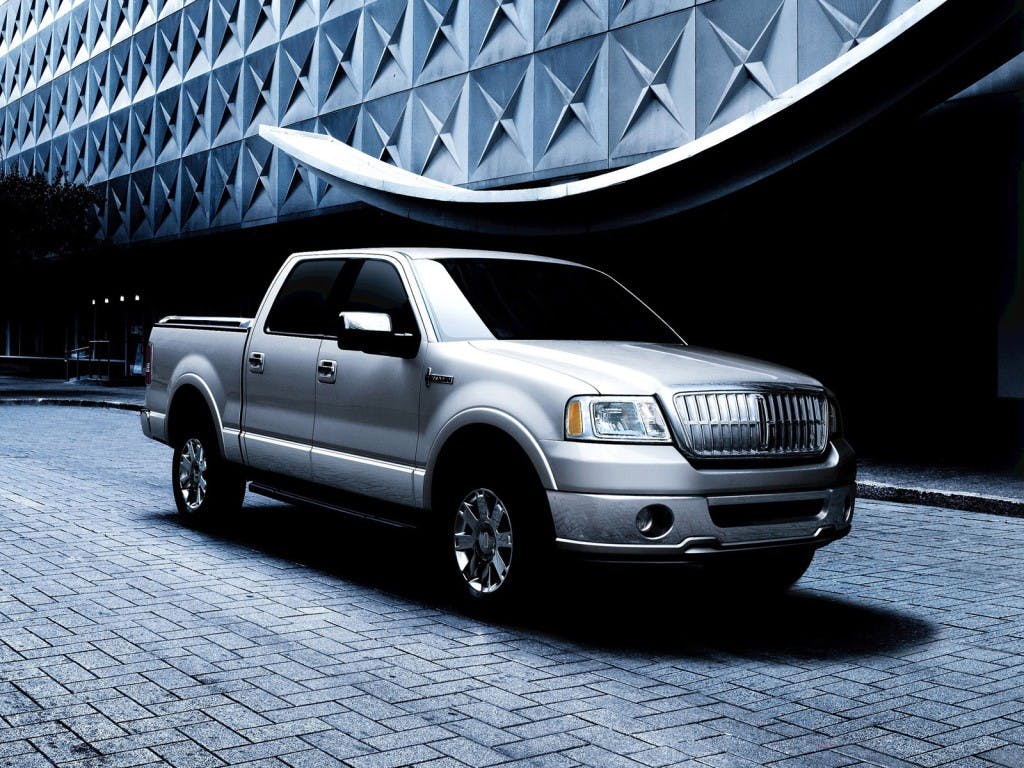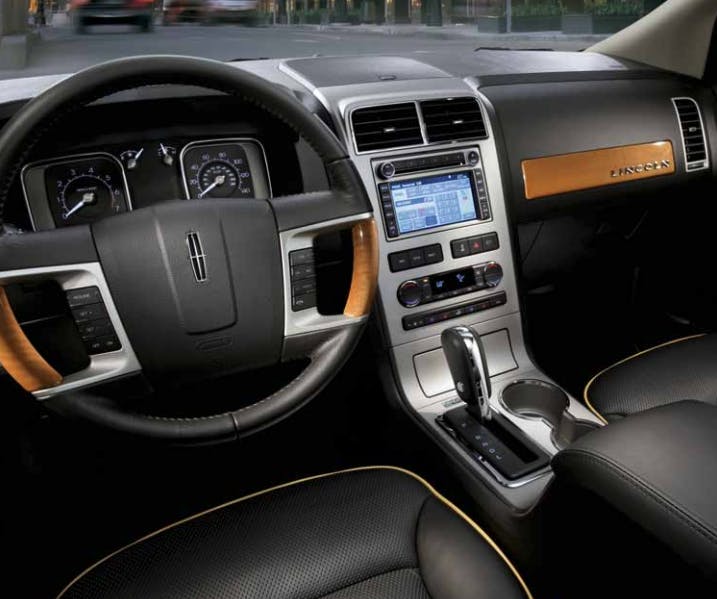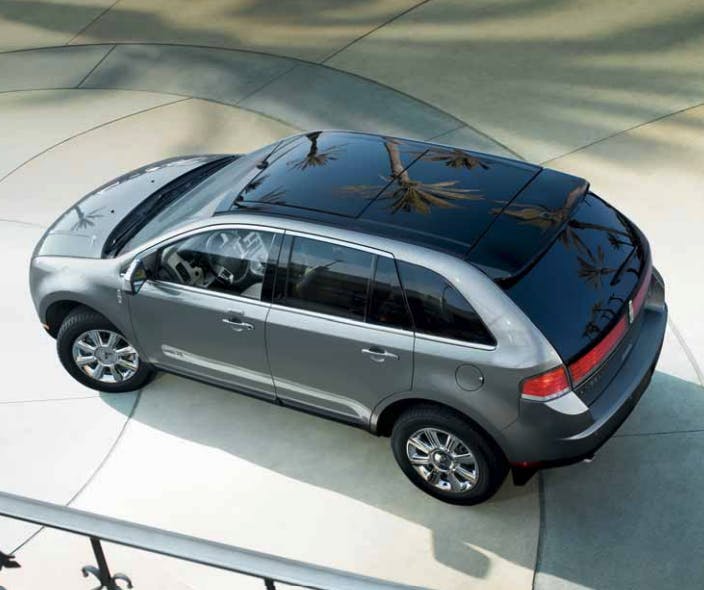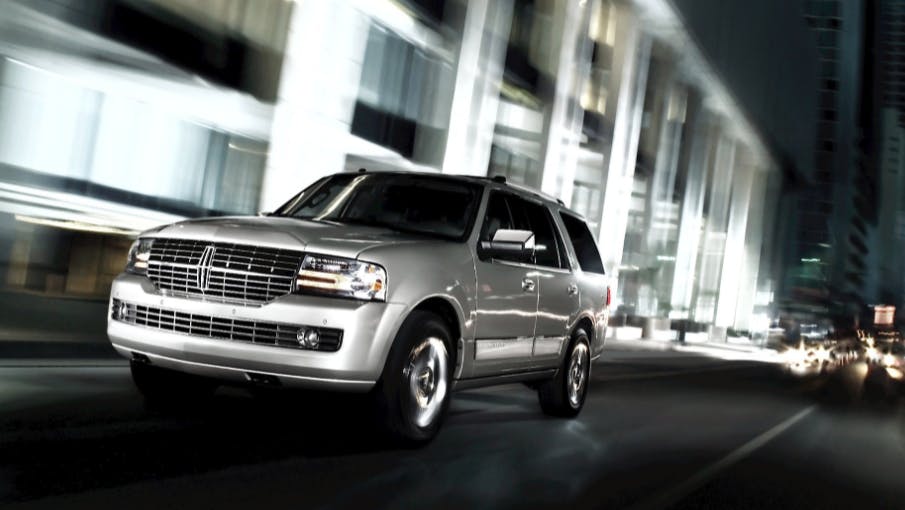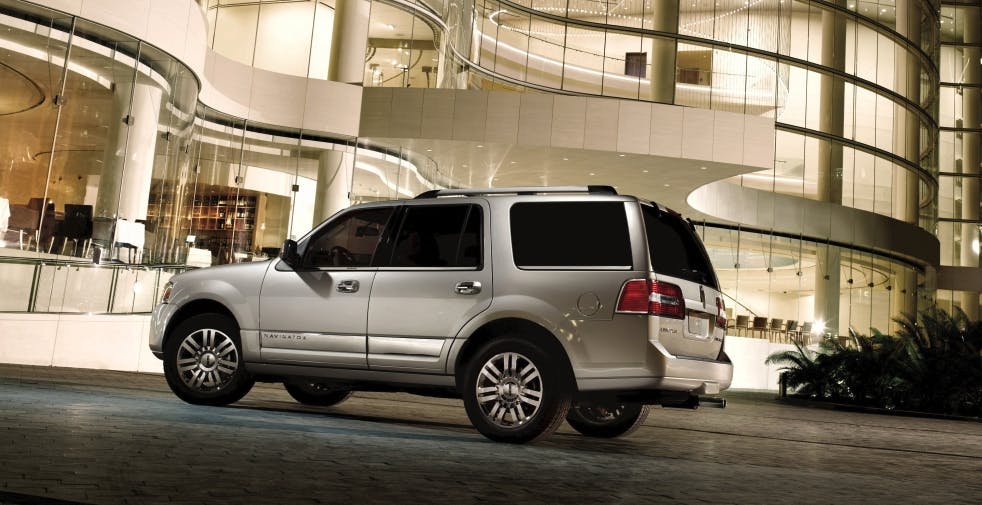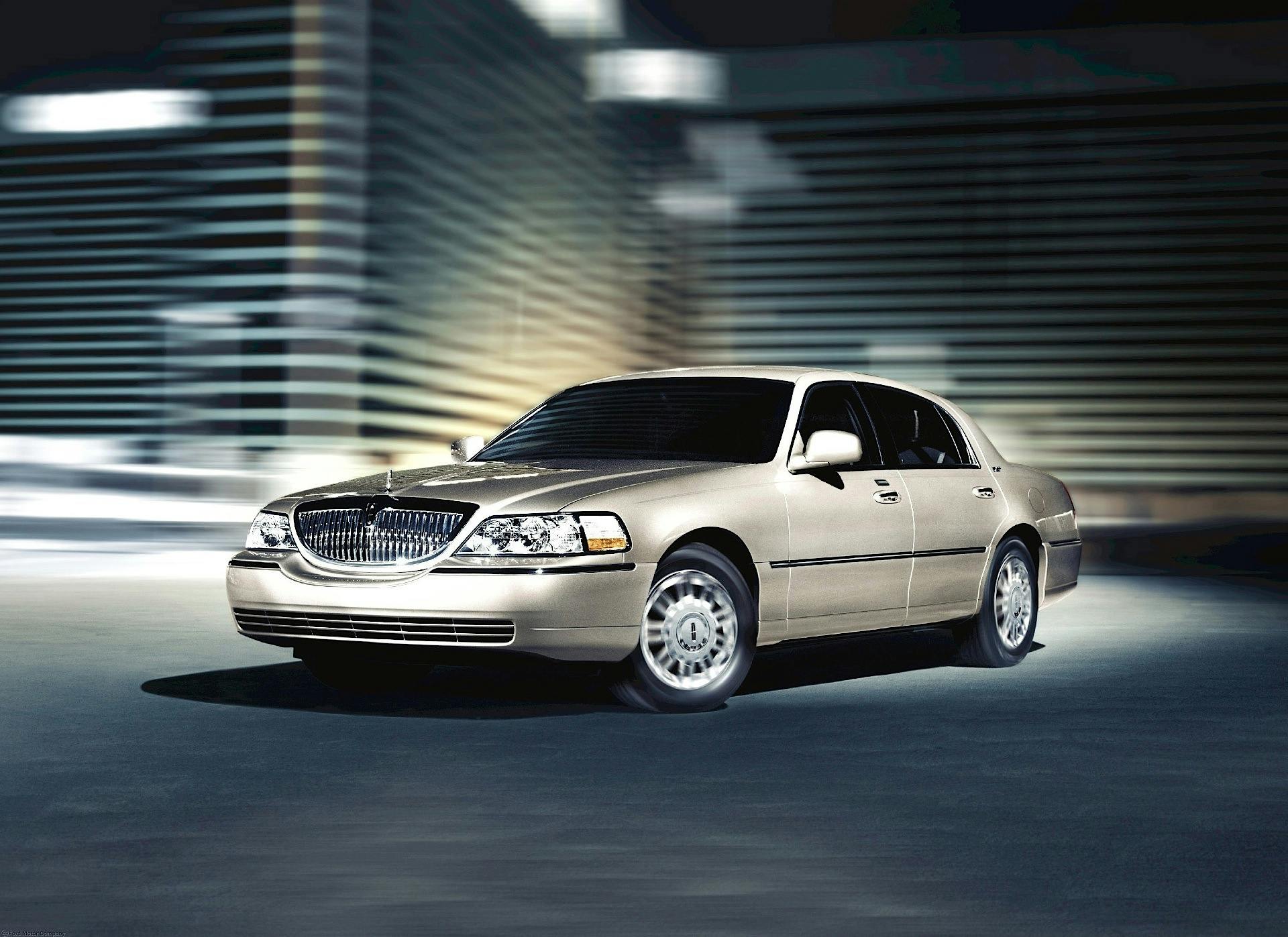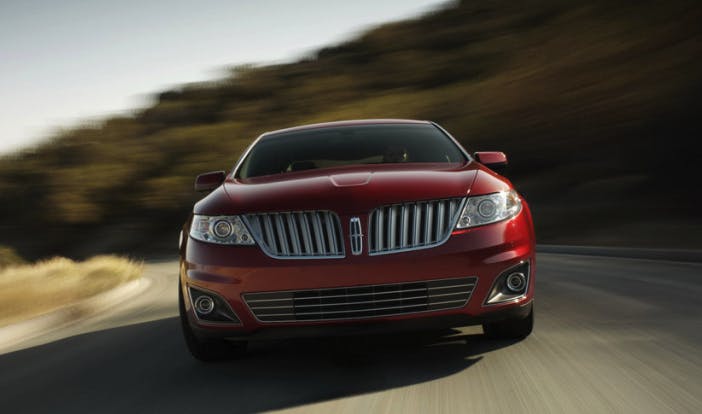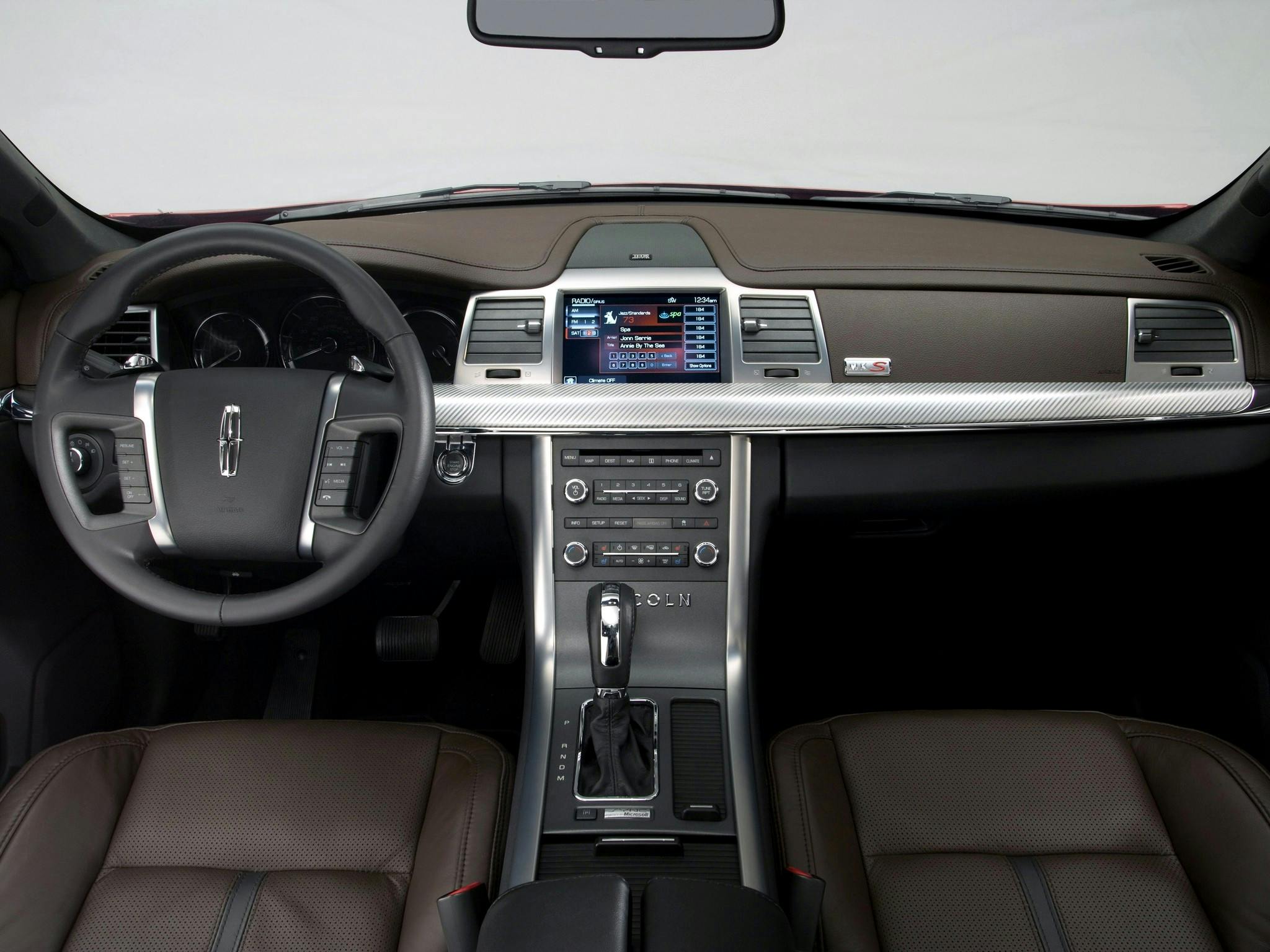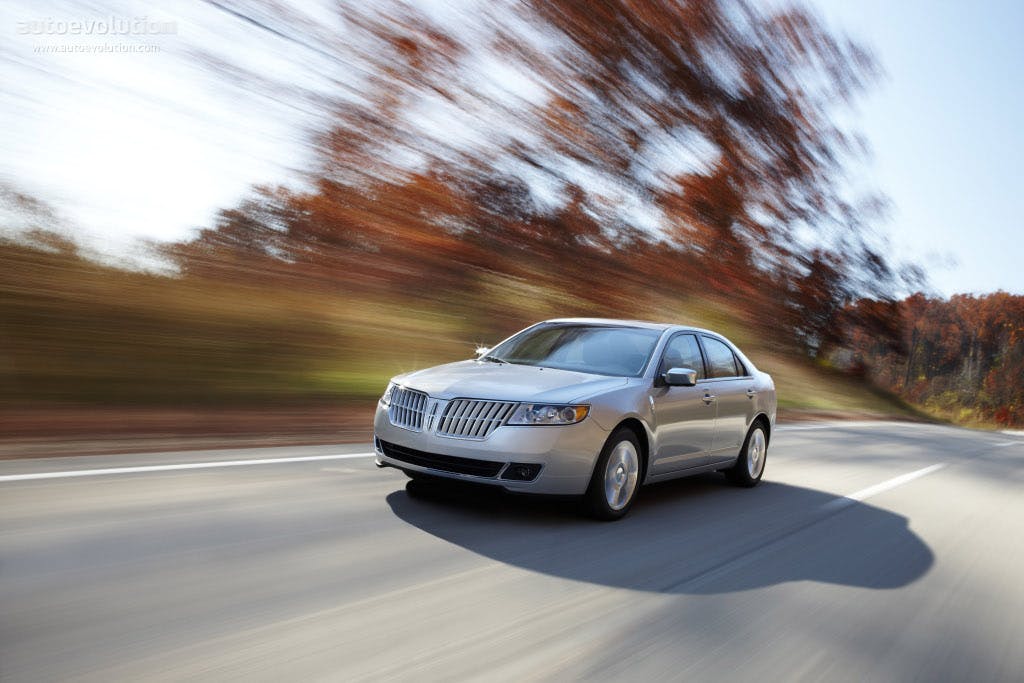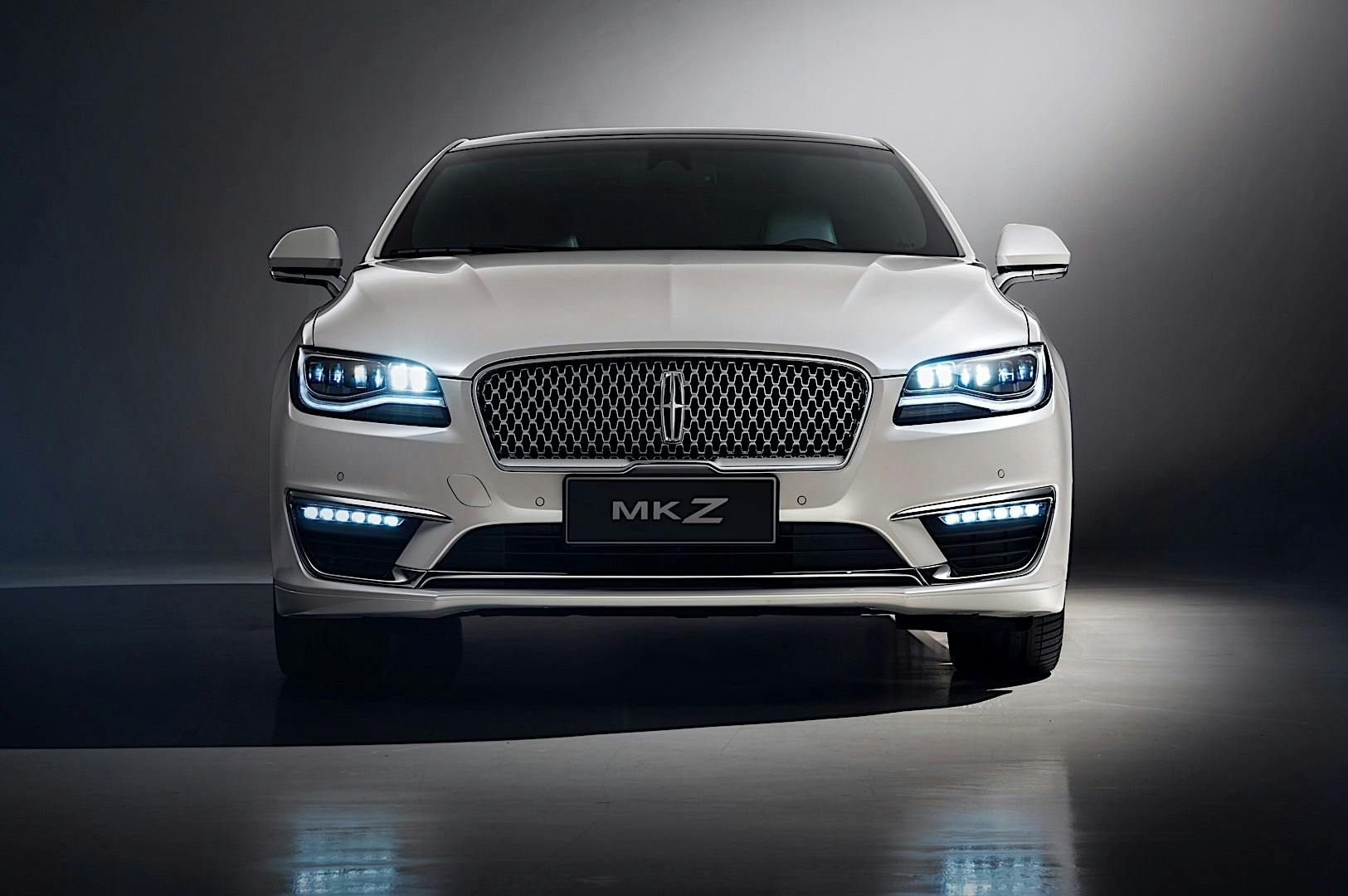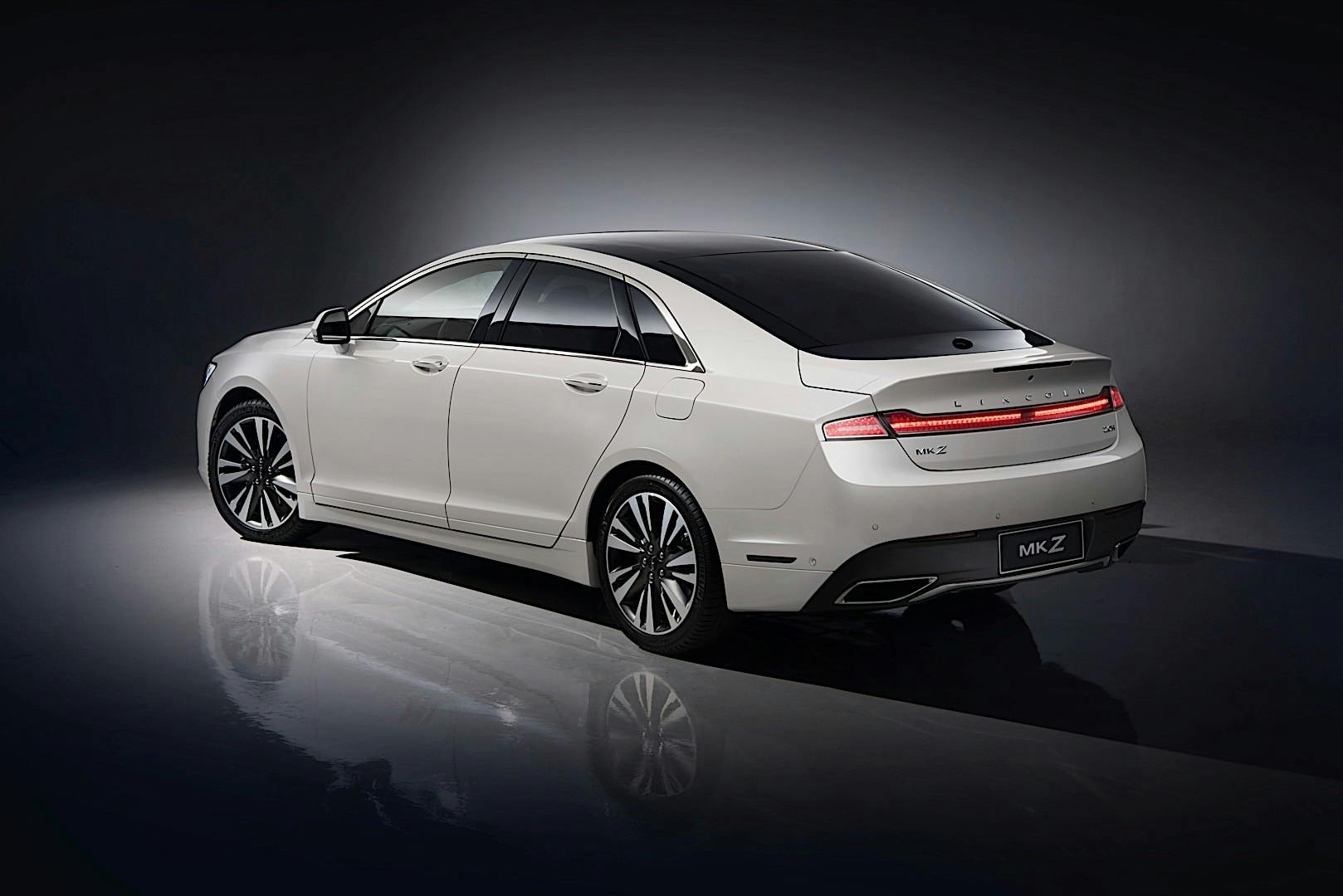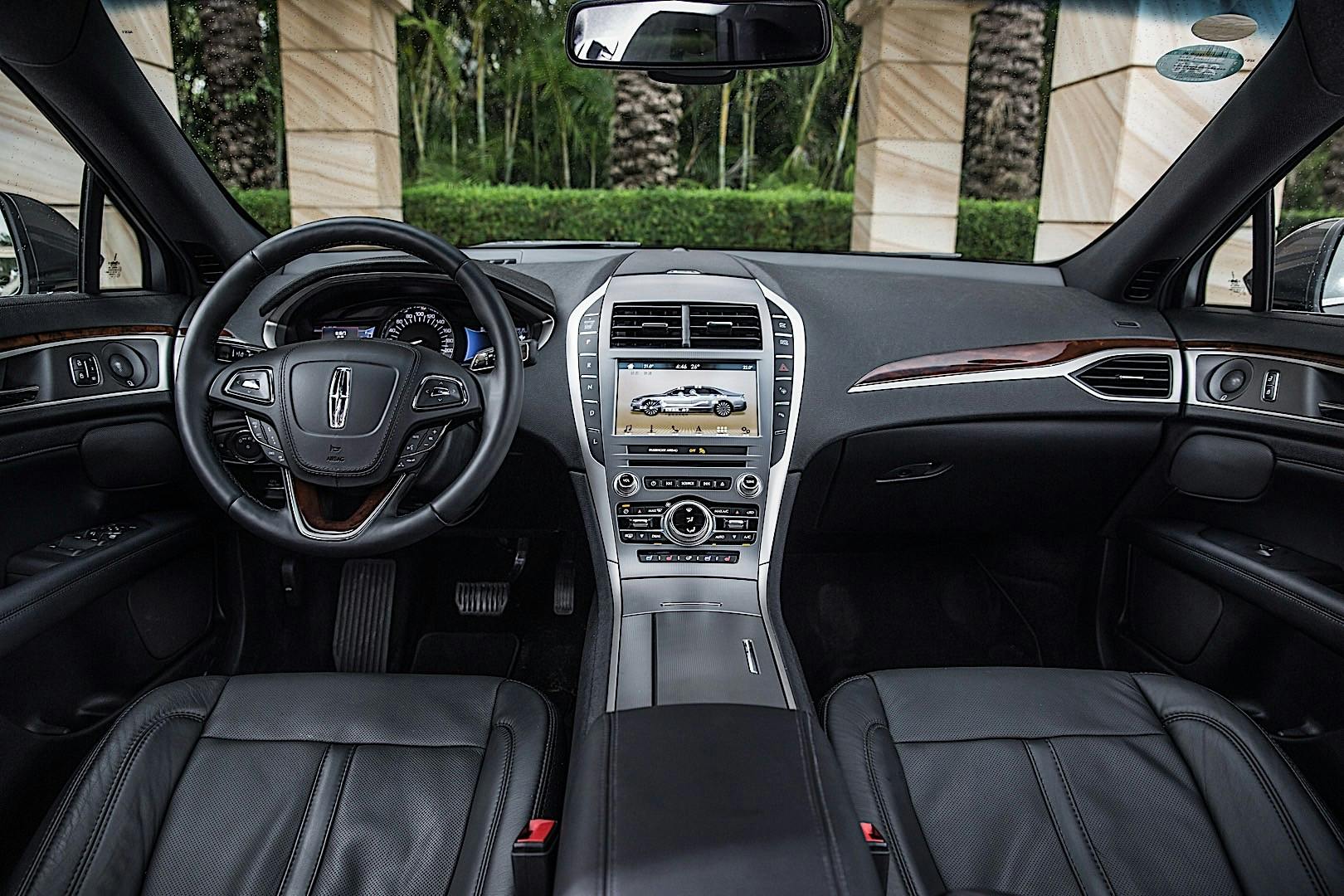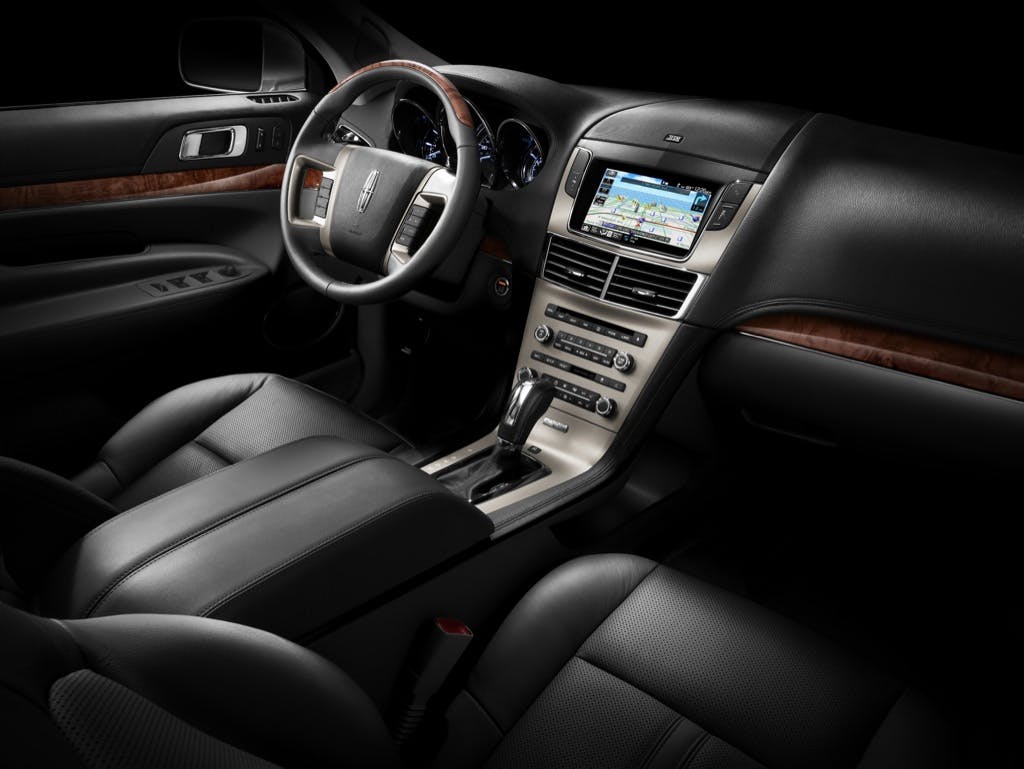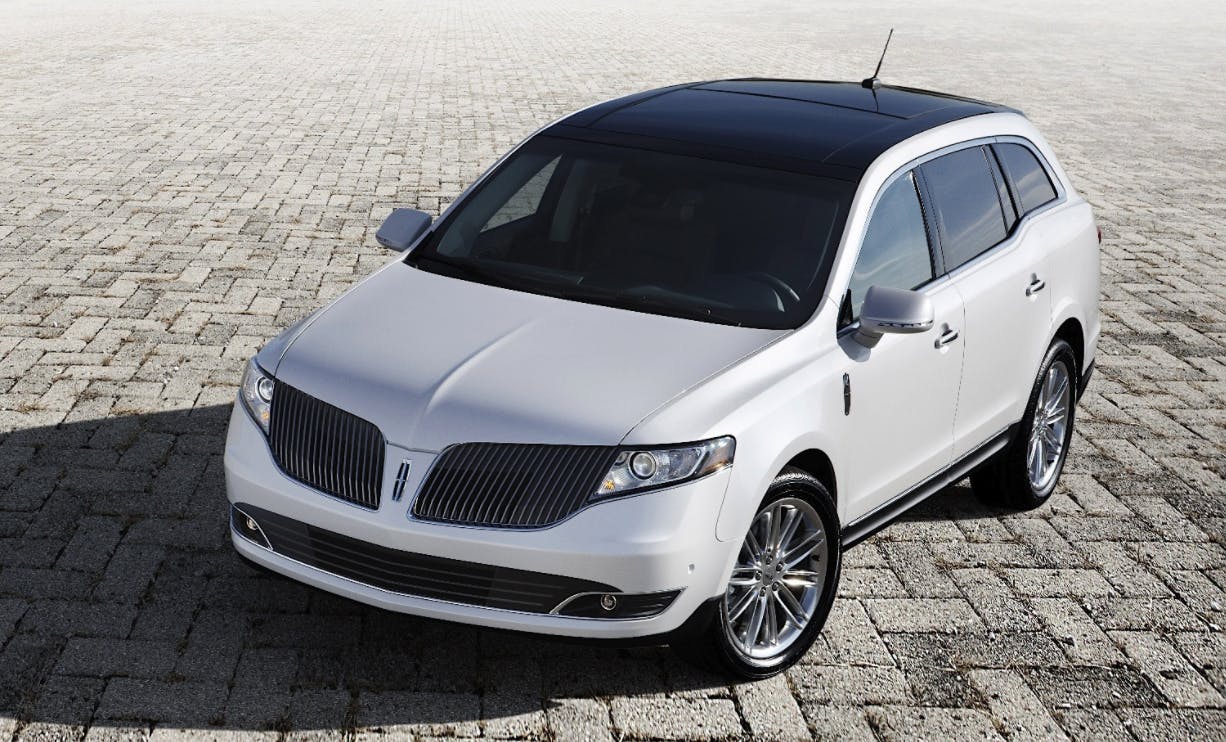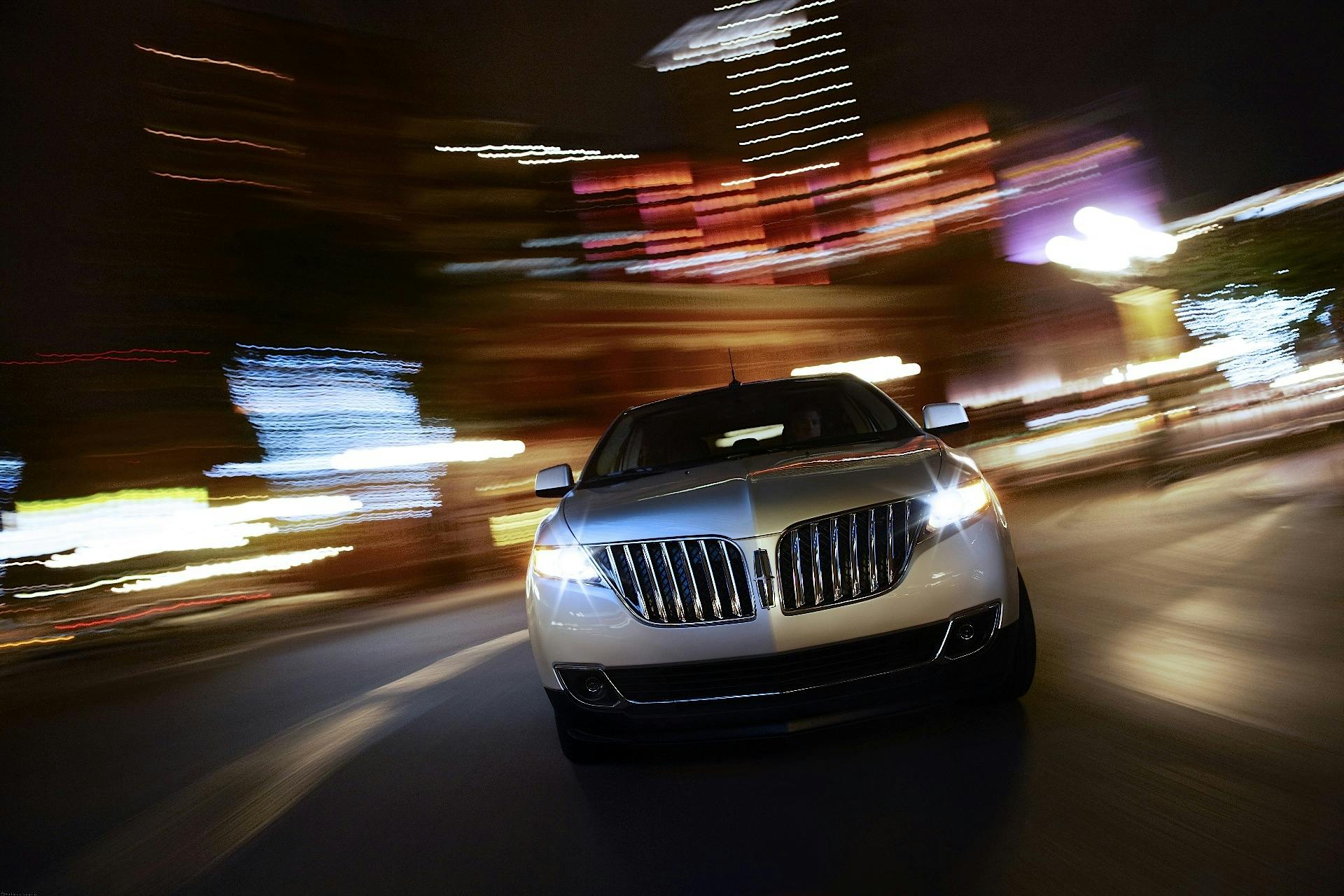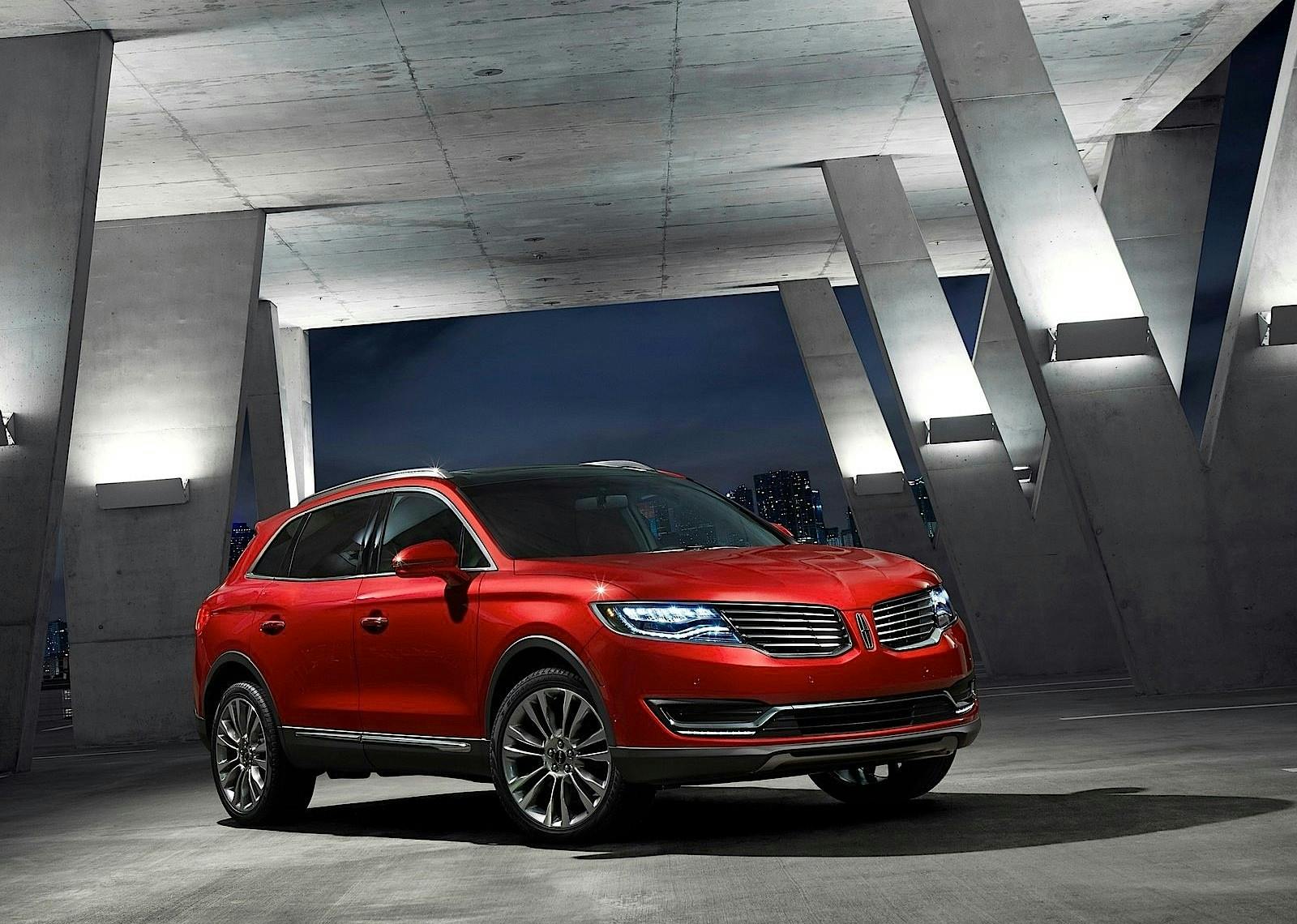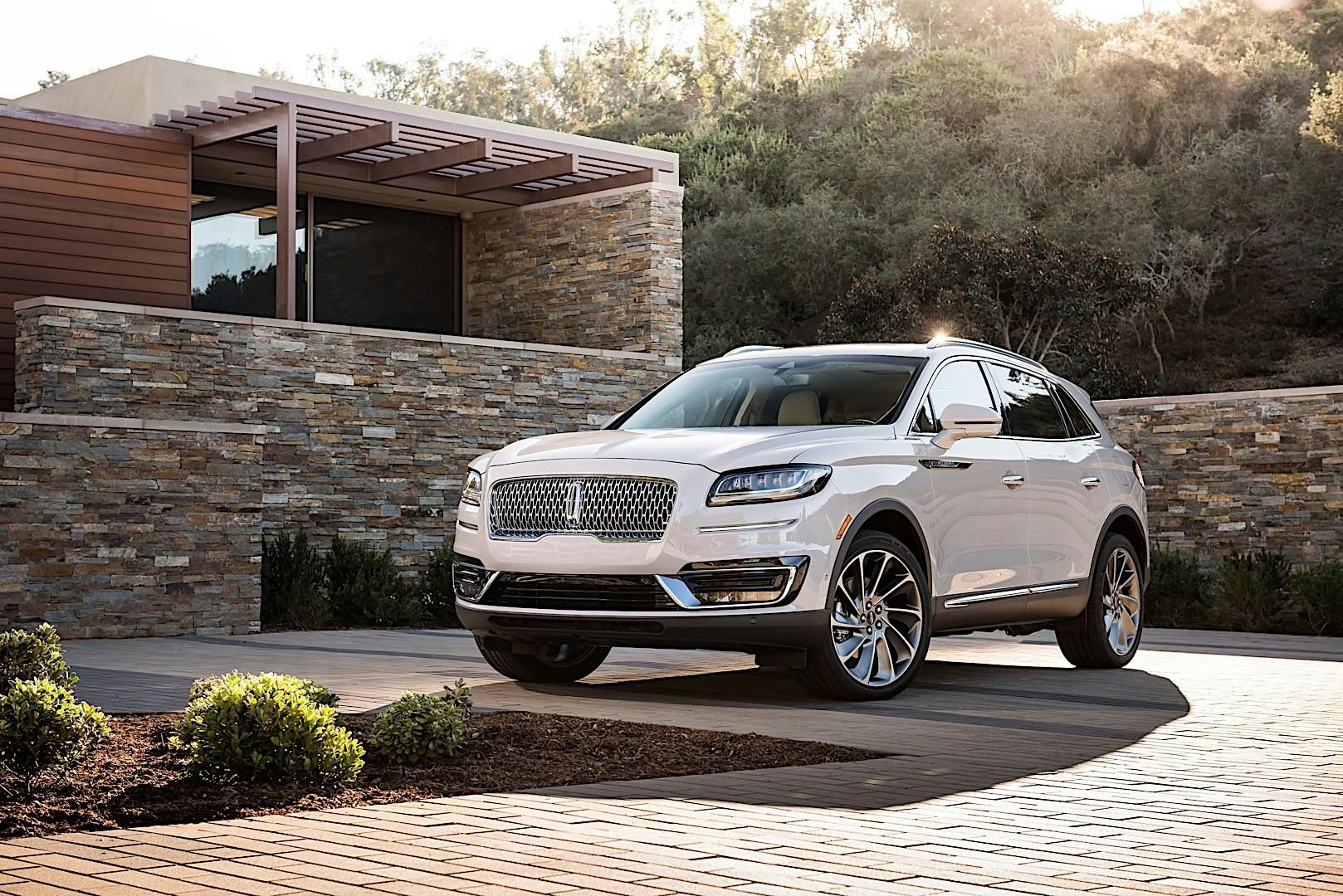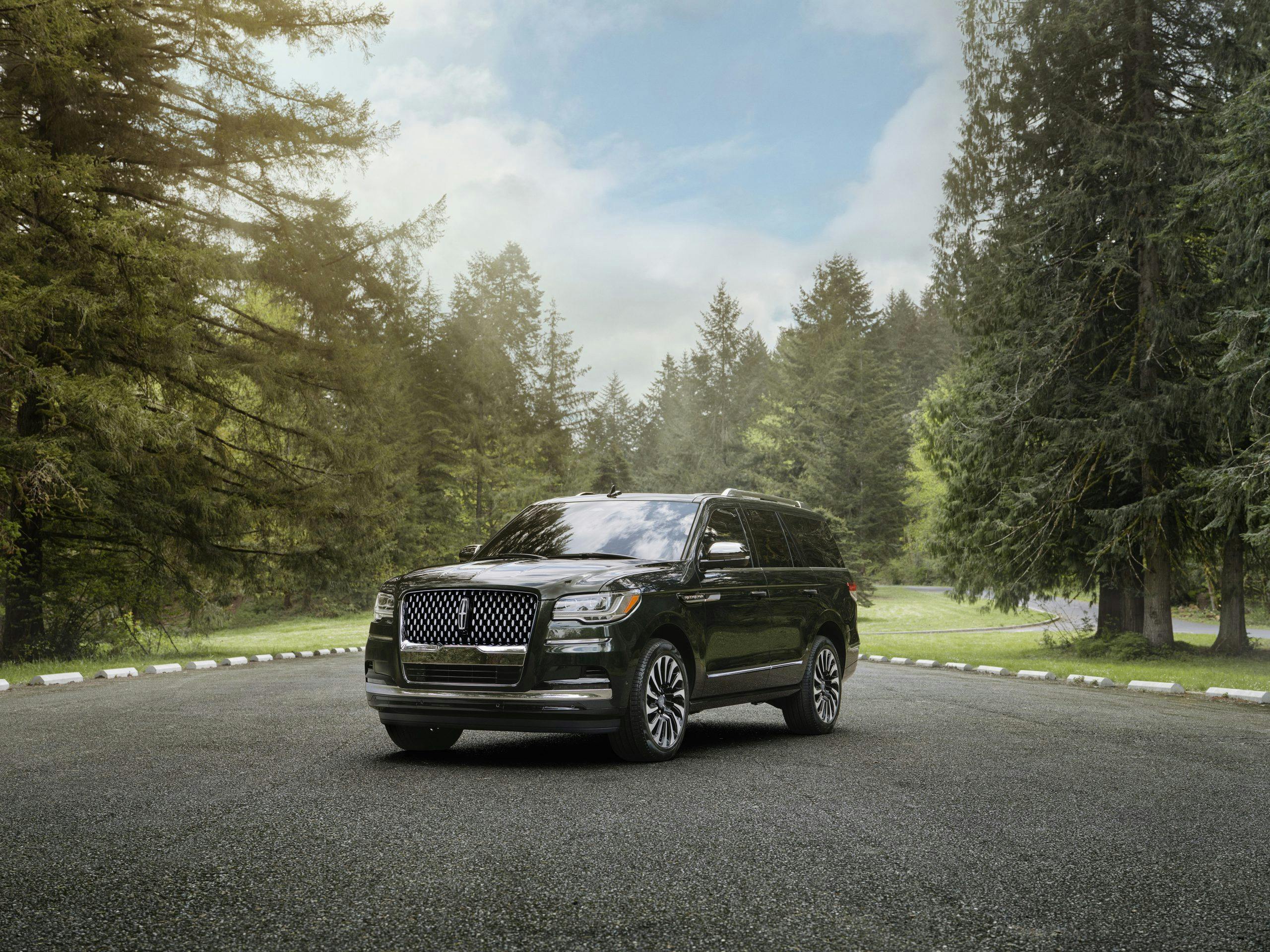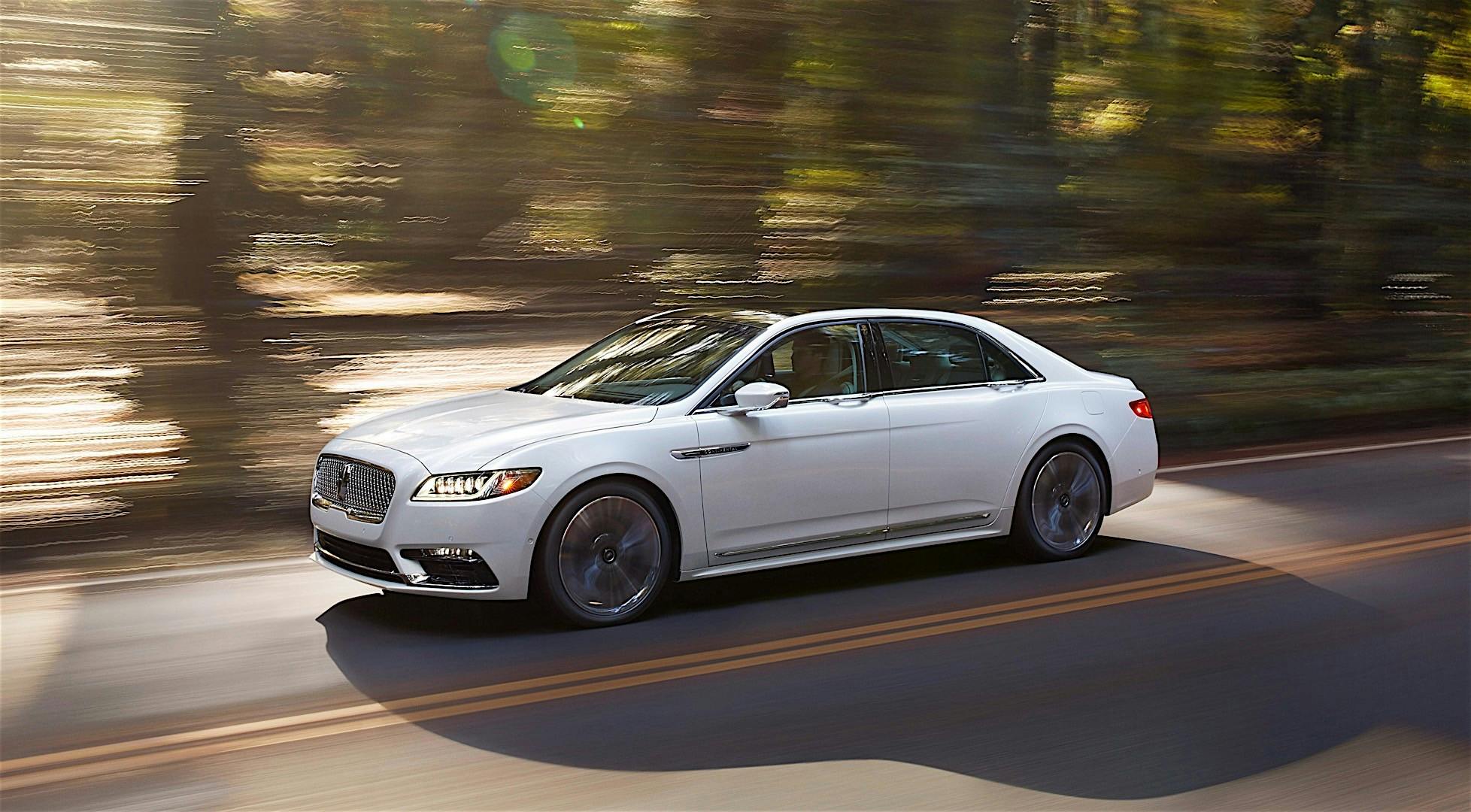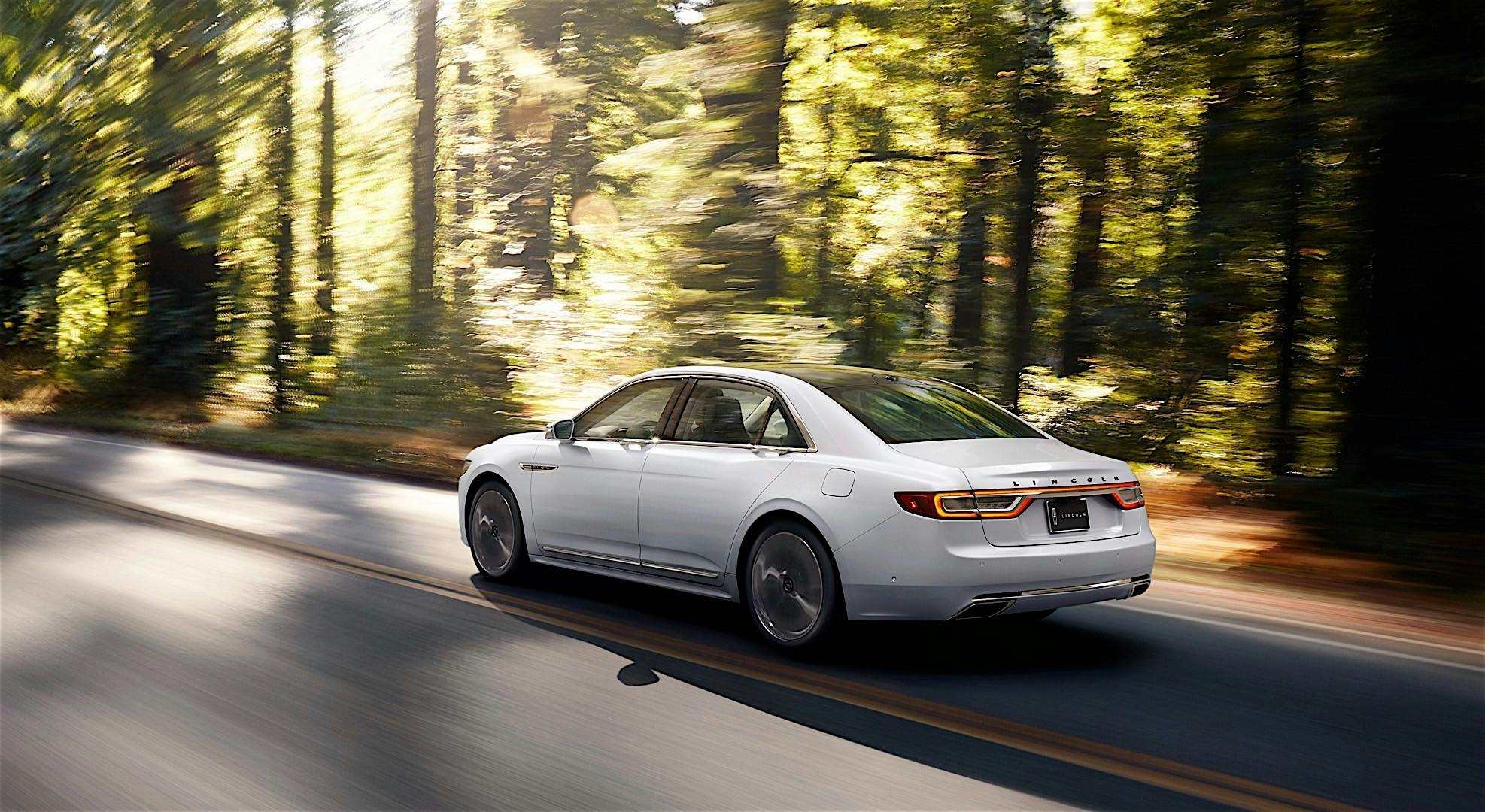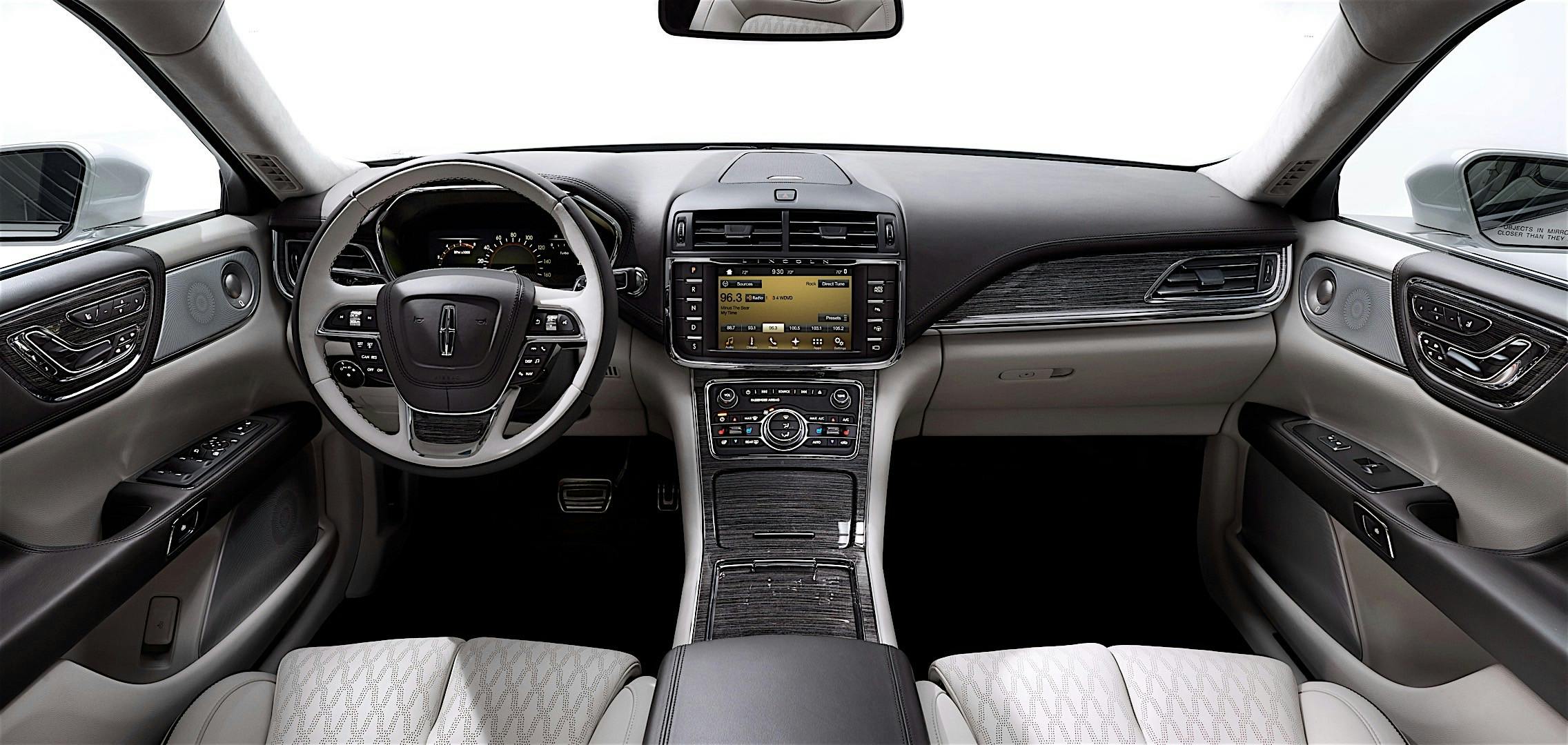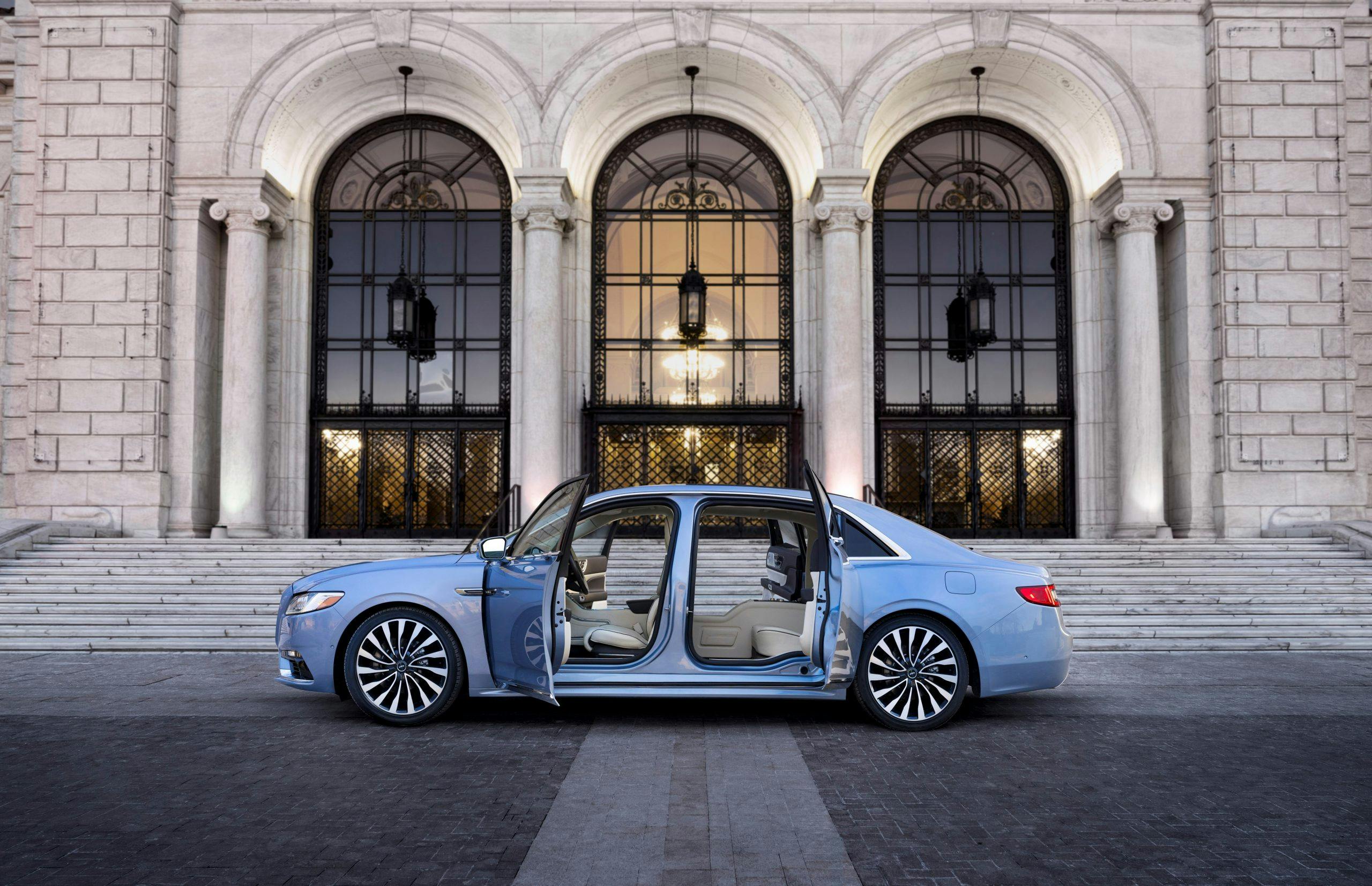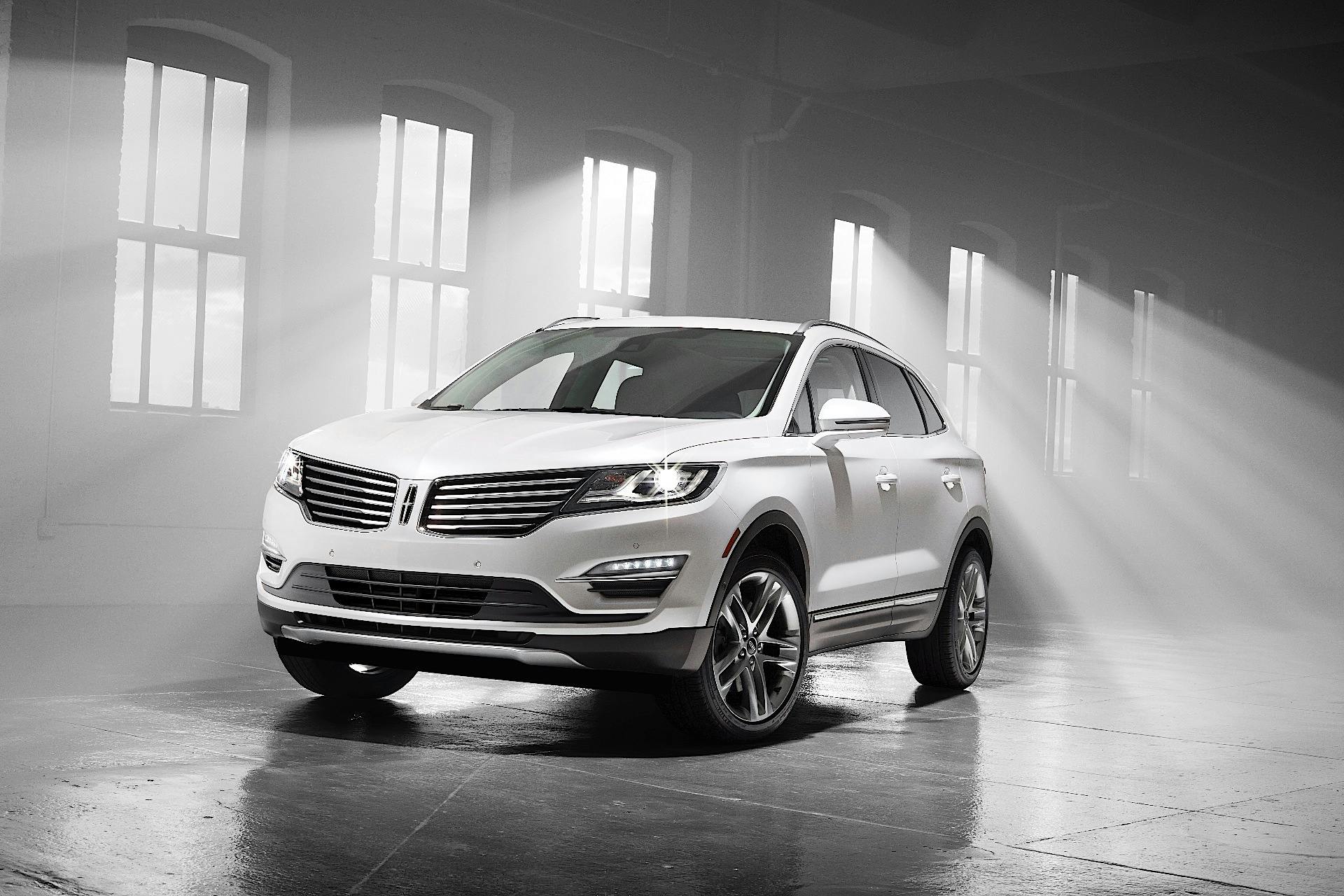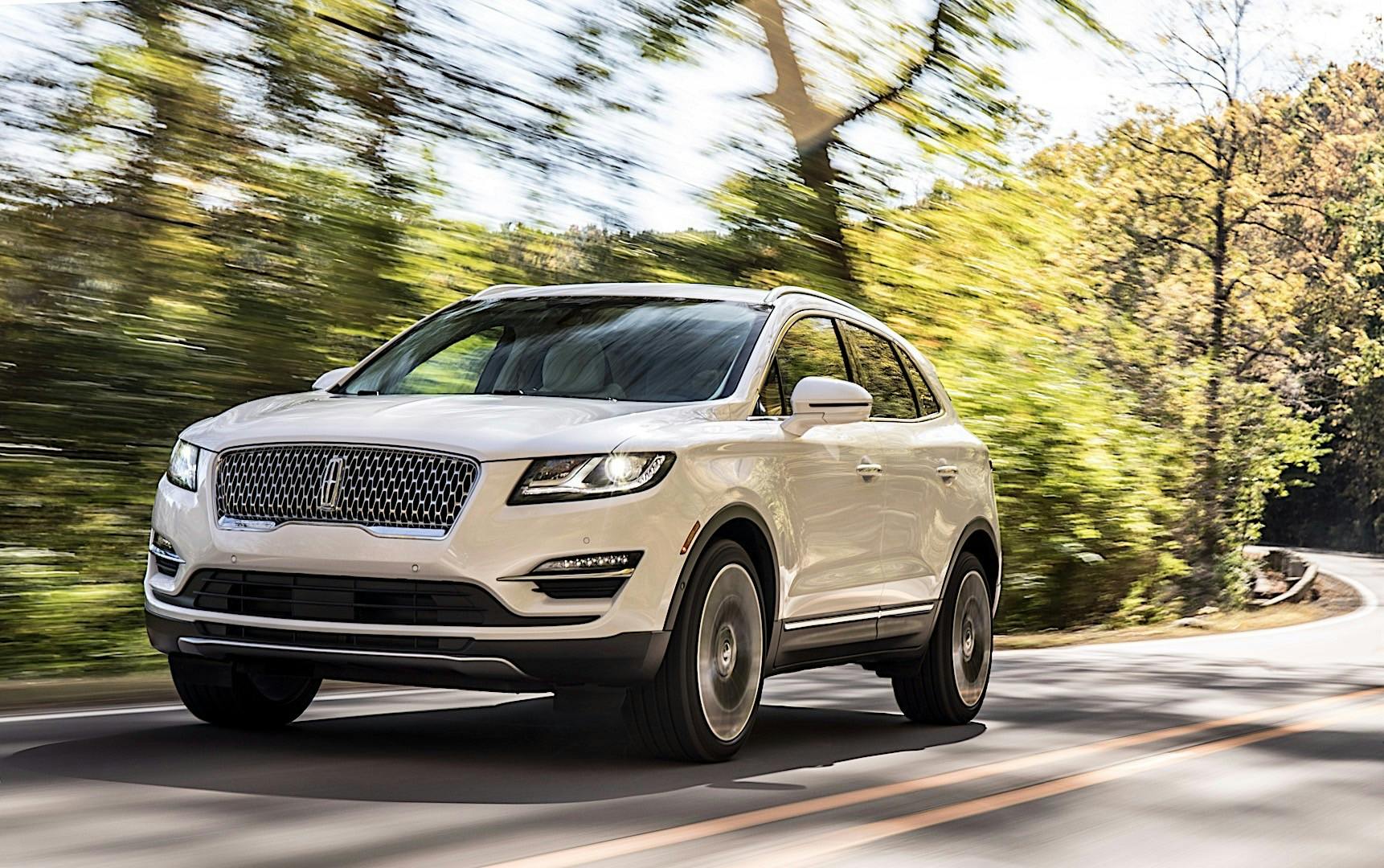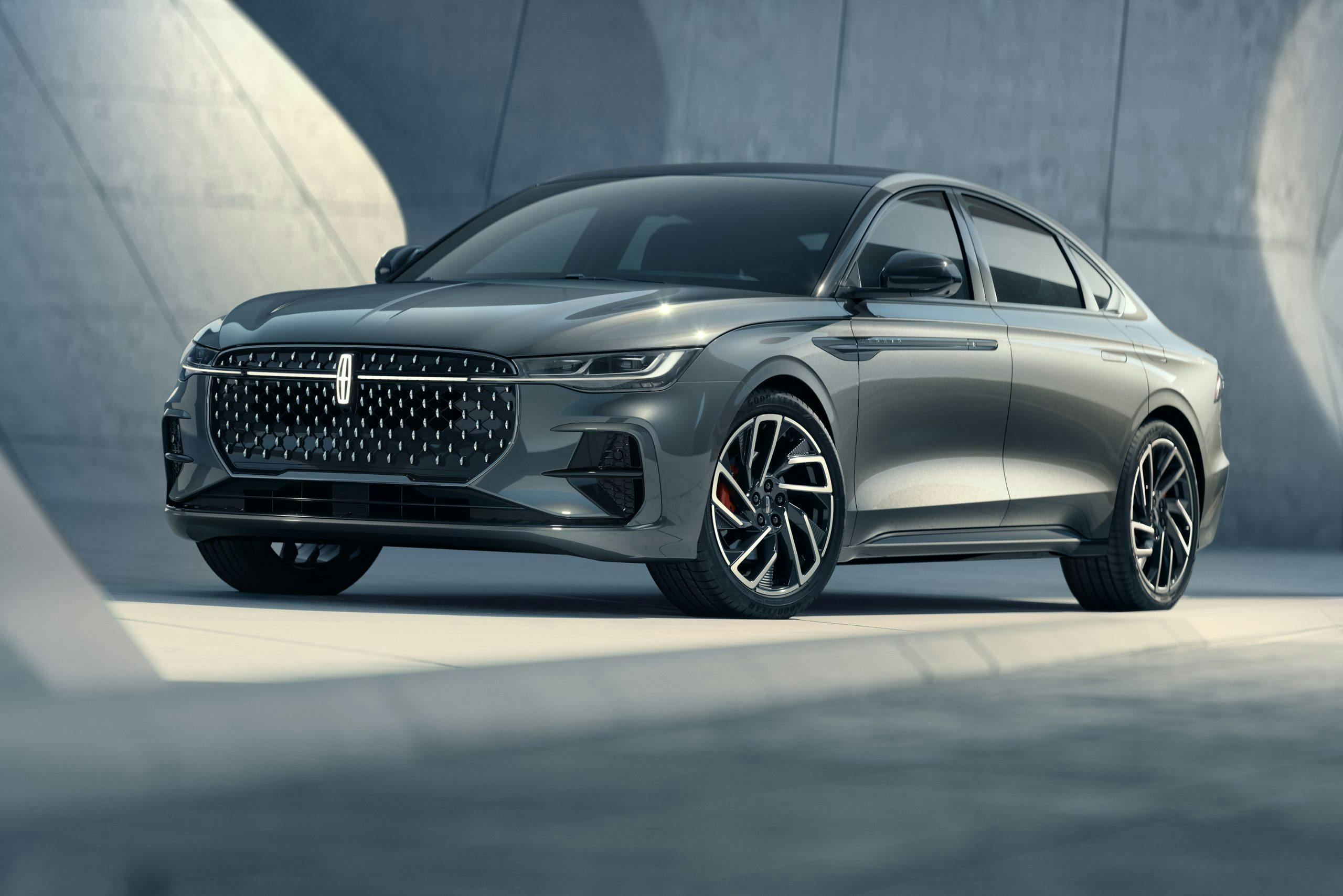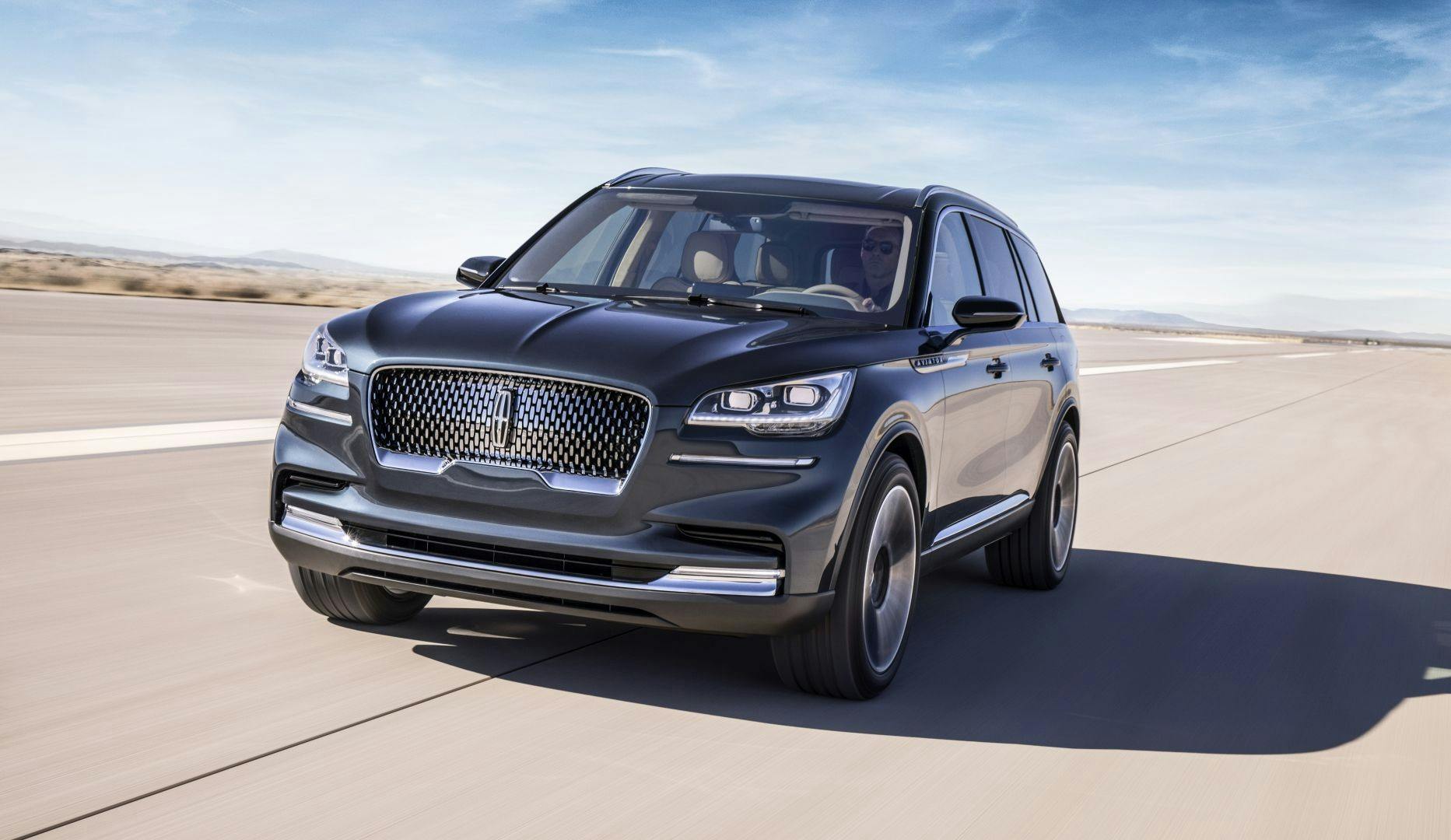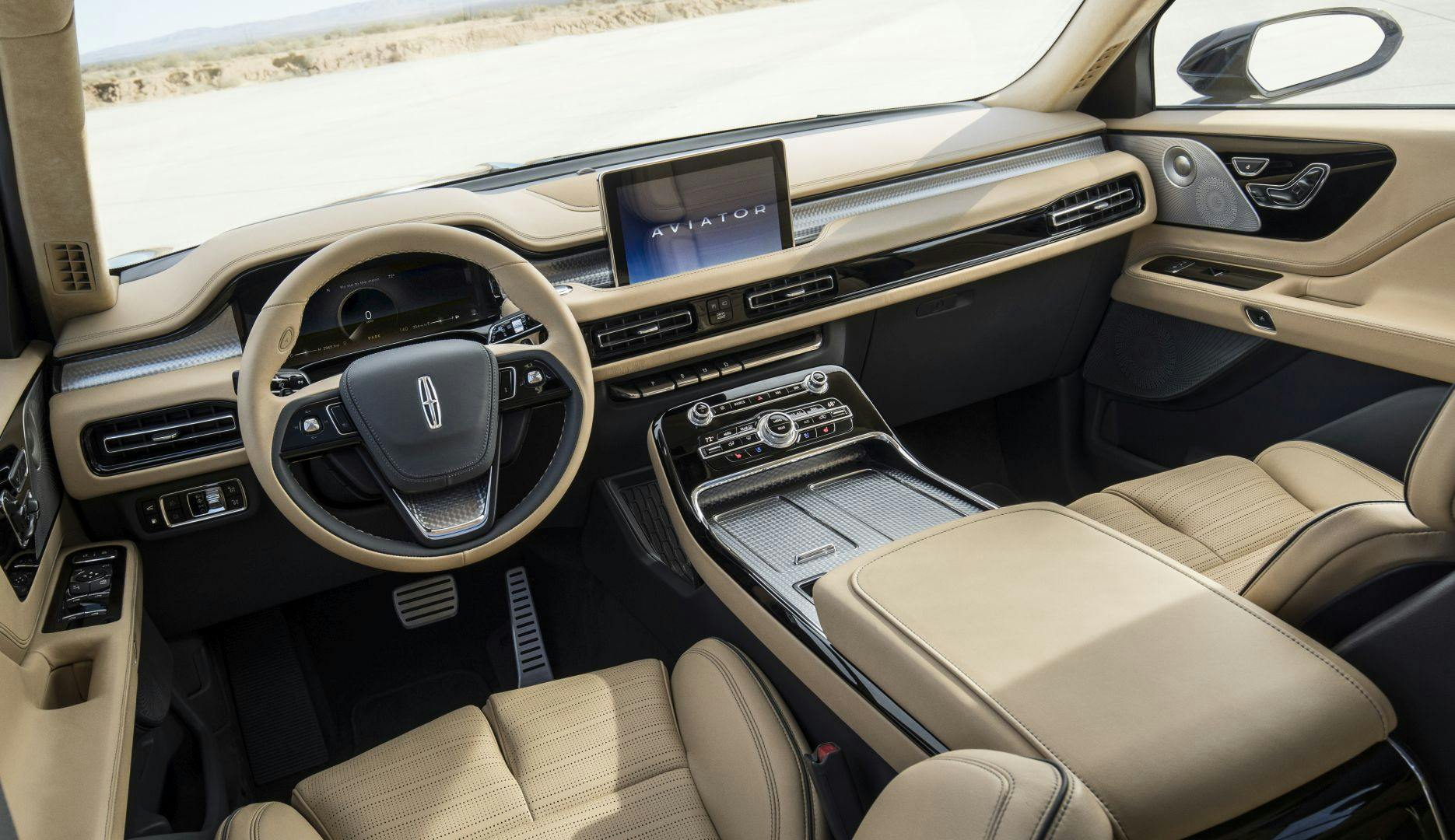Missed the Mark: Celebrate Lincoln’s 100th anniversary now, because it wasn’t two years ago
The Lincoln Motor Company’s century-long history is far from straightforward, starting with founder Henry Leland’s escape from Cadillac/General Motors to create the scrappy young startup back in 1917. But Lincoln didn’t make cars until 1920, and was purchased by Ford in 1922. With these different dates of origin in mind, perhaps it’s only natural that today’s Lincoln Motor Company chose 2022 as the year to celebrate its centennial. Let’s dig into the history of famous and/or historically relevant Lincoln vehicles, and see how Lincoln chose to celebrate each anniversary as the milestones arrived over time.
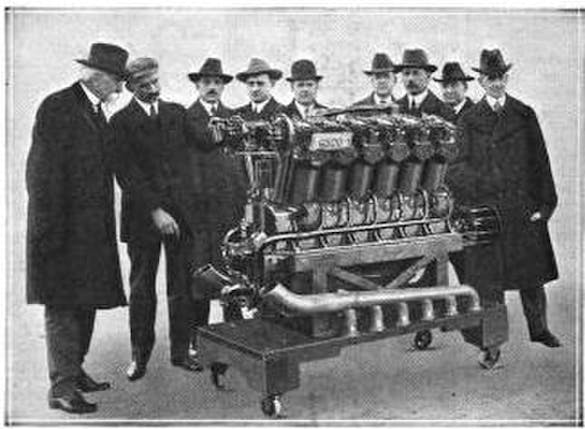
Upon General Motors’ denial of Henry Leland’s request to produce Liberty aircraft engines for the U.S. government, the noted engineer with a penchant for patriotism decided to once again be an entrepreneur and not an employee. With his deep admiration for the first president he ever voted for, Leland bestowed the Lincoln name to the company in 1917. The company’s mission was to make aircraft engines, and, as time permitted, vehicles built to the same standards of Cadillac.
According to The Golden Anniversary of the Lincoln Motorcar, a robust 2 million dollars from financiers and another 10 million reasons from the government enabled Leland to pursue his mechanical dreams. Unfortunately Lincoln only made 6500 engines before the government contract was terminated, likely because of the events leading up to Armistice Day, which was one year after Leland began operations. Seeking a new customer base, The Lincoln Motor Company engaged in the classic “business pivot” from engines to top-tier luxury vehicles, making its first vehicle on September 14, 1920.
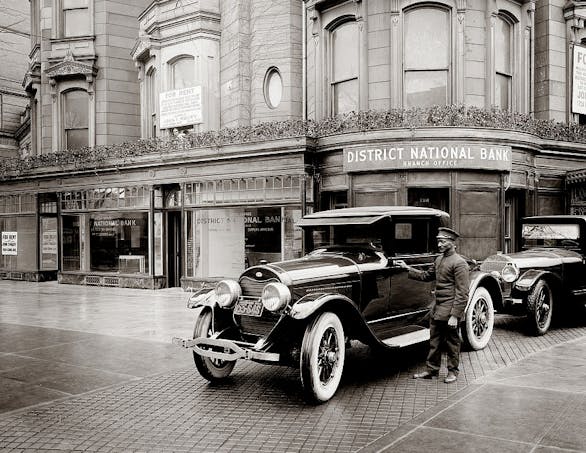
That’s right: The first Lincolns rolled out of Leland’s factory in 1920, suggesting its 100th anniversary mark (so to speak) was actually two years ago. But Lincoln’s supply chain issues—as America transitioned away from a wartime economy—meant 1920 wasn’t a full year of production. More to the point, according to Fifty Years of Lincoln-Mercury, The Lincoln Motor Company made 834 cars between September 14 and December 31, 1920. Historical anomalies aside, the photos below are why today’s Lincoln Motor Company is celebrating 100 years in business as of the year 2022.
On February 4th 1922, the Ford Motor Company officially purchased Lincoln from Henry Leland. Ford and Leland weren’t exactly the best of friends, perhaps because Leland created Cadillac from the ashes of Ford’s earlier venture, the Henry Ford Company. Ford wanted Leland and his son to stay with Lincoln after the purchase, but as The Golden Anniversary of the Lincoln Motorcar put it, “the Leland/Ford alliance provided enough misunderstandings for several Elizabethan dramas, and in the end, Leland left.” But the quality of Lincoln’s Model L earned the brand a stellar reputation, and even Henry Ford admitted that his 8 million dollar purchase shall reap rewards because “We have built more cars than anyone else, and now we are going to build a better car than anyone else.”
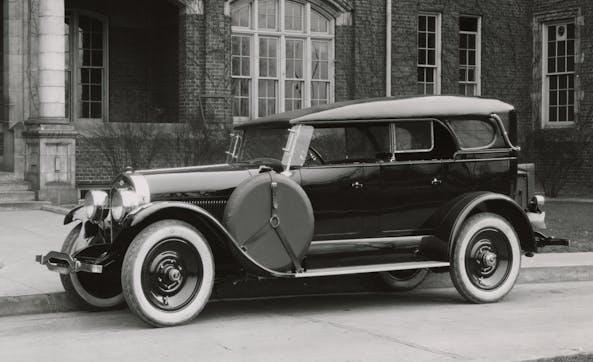
The Golden Anniversary of the Lincoln Motorcar also states that improvements to Lincoln products came immediately after the ownership change. The Model L received improved cooling from revised cylinder heads, a switch from cast iron to aluminum pistons, and a $1000 price discount. In less than a year, Lincoln sales rose to levels never seen during Henry Leland’s tenure. The Model L’s performance made it the darling of organized crime figures like Jack “Legs” Diamond, while future K-series Lincolns improved their performance at a furious pace. Coachbuilders like Fleetwood, Le Baron, and Dietrich all lent their artistic hands to make beautiful, luxurious Model L and K cars, but not until Edsel Ford tapped Eugene T. “Bob” Gregorie did Lincoln stand on its own four wheels.
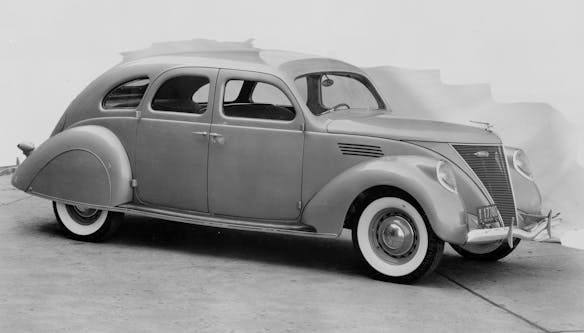
While the Chrysler Airflow sported advanced engineering beneath a body flaunting the cutting-edge, streamline moderne styling of the day, the 1936 Lincoln Zephyr sported a more aerodynamic form that was anything but a sales flop. The Airflow only lasted three tragically short years, but the Zephyr lived twice as long. Even so, impressive sales, V-12 power, radical styling, and a limitless future as a scraping hot rod aren’t the Zephyr’s biggest contributions to the brand: Edsel Ford had a bigger, more international plan for this platform.
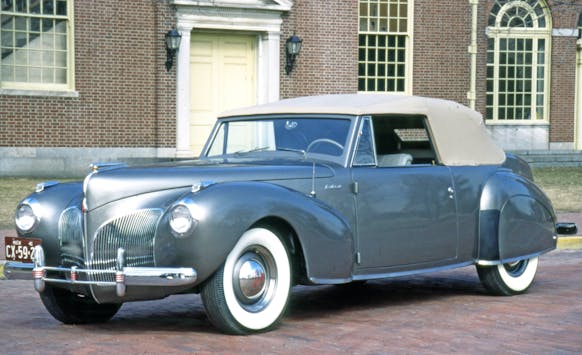
As the story goes, Edsel wanted a custom droptop Lincoln Zephyr to take on a vacation to Florida in 1939. Gregorie made a vision of a “Continental”-influenced two-door with design elements from Europe’s finest cars. The resulting 1939 Continental sported a long hood, a short rear deck, and an exposed spare tire that rested against the trunk. The modified Zephyr underneath was lower and wider, adding to the dramatic cab-backward effect. The 1939 Continental prototype met with widespread admiration during Edsel’s adventures in the Sunshine State. Not to put too fine a point on it, but thanks to this car, the Lincoln Continental became the most famous and the longest-running vehicle ever made by the Lincoln Motor Company. Production began in 1940 and continued until 1948, World War II production halts aside.

But some famous Lincolns never came to be, so to speak. Many people know the original Batmobile, but most folks aren’t aware of the 1955 Lincoln Futura underneath it. Built by Italy’s Ghia and sporting a radical bubble-top roof underneath a (forthcoming) Continental Mark II chassis, the Futura was an auto show success, a small-time Hollywood celebrity, and was eventually sold to customizer George Barris as it waited for that famous TV show to catapult it to automotive stardom in 1966.
Be it the downsized, race-worthy models of the early 1950s or the gargantuan unibody luxury vehicles of the decade’s end, it was clear that Lincoln wasn’t making the type of car that Edsel Ford could sell to the gentrified class. And perhaps these Lincolns, be it a Capri, Premiere, or the later Continental Mark III/IV/V, aren’t what truly represented the brand as the decades went by. So that’s why Edsel’s son, William Clay Ford, was tasked with creating a new division to design and manufacture the next Continental, the 1956 through ’57 Continental Mark II. Learn more about the Mark II here, and keep in mind how its clean lines inspired future Lincolns.
While the Mark II didn’t directly inspire the “slab sided” Continental from 1961 through 1969, it’s abundantly clear that Ford stylist John Najjar took the clean notions of the Mark II and blended them perfectly with the Thunderbird DNA bestowed upon the Lincoln brand. The 1960s Lincoln Continentals need no further introduction, and you can learn more about them in our Buyer’s Guide.
The Continental Mark II did however inspire the Continental Mark III, as Lee Iacocca wanted Lincoln to bring back a Continental Mark Series to do battle with the Cadillac’s new Eldorado coupe. The Mark III’s signature long-hood/short-deck proportioning came by combining the frame of the fifth-generation Thunderbird sedan with the body structure of the Thunderbird coupe. Iacocca asked designer Gene Bordinant to add a Rolls-Royce style grille to the Mark III, the end result was a massive grille that was half Roller and half cow-catcher, with a proper (if non-functional) Continental kit out back. Add a relatively taut suspension and steering systems, drop in Ford’s new 385-series V-8 engines, and it’s no surprise that the Mark III stole many an Eldorado buyer from Cadillac’s grasp.
For Lincoln’s Golden Anniversary, a special edition 1971 Lincoln Continental with the Town Car option package came with a catchy gold/black color scheme, commemorative gold keys, and a dash plaque. The aforementioned Golden Anniversary book included the 1921–1971 timeline embossed on the cover, which has some merit as 1921 was the first full year of Lincoln Model L production. Too bad we couldn’t celebrate this car’s elegance and majesty back in 2021, no?
The 1970s might be the fullest realization of Edsel Ford’s vision for a Lincoln Continental, as it included a series of bespoke creations based on Ford products. The 1972 Continental Mark IV further cemented the Mark Series’ connection to Ford’s Thunderbird, with later versions being color-coordinated by some of the world’s finest designers. The Mark V continued the IV’s traditions, but stood out even more thanks to more unique styling from the now down-sized, Torino-based, Ford Thunderbird. Continental sedans still sported the slab sides of the 1961 original, with decadent interiors and even an optional fixed glass moonroof that harkened back to the Crown Victorias of the 1950s. The poorly re-badged Lincoln Versailles took halogen headlights and NVH controls to new highs, while it took cynical platform sharing to a new low for the brand.
The 1980s had a mix of successes and failures for Lincoln, as it reinterpreted its DNA to a more diverse body of well-heeled clientele. Utilizing Ford’s Panther chassis for the Town Car and Mark VI, Lincoln filled the coffers by keeping the traditional buyer happy with incremental technological improvements, while introducing the Town Car to Budget Rent-A-Car fleets were a boon for dealers when customers came to purchase what they rented on vacation. (Edsel would be proud.)
Lincoln upgraded and elongated the Fox platform for the Continental and the flush-headlight Continental Mark VII, creating impressive alternatives to European performance cars, luxurious alternatives to the Cadillac Seville, the first vehicle with four-channel ABS braking, and implemented (unpopular) BMW-Steyr turbodiesels and the forward-thinking Comtech concept. The decade ended with a throughly re-engineered 1988 Continental based on the radical 1986 Ford Taurus, with steering, suspension and air bag technology that trickled down to many Fords in the 1990s.
Perhaps Lincoln found its groove in the 1990s, as the Town Car was ushered into the modern era without compromise, the Mark Series boasted remarkable performance from a unique Thunderbird platform and a bespoke motor that eventually trickled down to the 1996 Mustang SVT Cobra. The still Taurus-adjacent Lincoln Continental was redesigned with Lexus LS 400 customers in its sights, right down to its projection gauge cluster and V-8 powertrain. The 1998 Lincoln Navigator, a new SUV heavily based on the Ford Expedition, succeeded where the Versailles failed: heavy on the badge engineering, but nobody cared because it was the only game in town. Sadly the Navigator’s success proved the brand could rest on its laurels, and subsequently began to languish under Jacques “Jac the Knife” Nasser and his Premier Automotive Group. The 1998 Town Car was a shell of its former self, lacking the luxuries (hood ornament, keyless entry pad, decadent interiors) of its predecessors, while the 1998 Continental was both cost-engineered (wood trim on only the front doors?) and restyled to resemble a bargain-basement version of PAG’s flagship Jaguar XJ.
But the 1990s also included Lincoln’s Diamond Anniversary, where it made (mostly) burgundy-hued special editions of the Continental, Town Car, and Mark VIII for 1996. But the 1996 model year might have been a last-minute change, presumably because 1995 was a watershed moment for all three Lincolns. (Put another way, perhaps someone realized a commemorative edition isn’t necessary with all this new product to promote.) Apparently a significant amount of 1920-to-1995 based memorabilia slipped through the cracks. Most of it had a unique circular logo bearing the incorrect 1920 to 1995 date range at the bottom of the circle. However the genesis story may go, the end result is a handful of eBay auctions for 1920 to 1995 Anniversary lapel pins, history books by noted automotive author Thomas E. Bonsall, fist-sized emblems, press materials, golf caps, and even a Canadian-market gold plated desk set with a unique logo.
The 2000s saw the transition from nurturing Edsel’s legacy to intense platform-sharing with Ford products, making for a bumper crop of new vehicles and new names. There’s a lot to unpack, starting with Lincoln’s collaborative adventure with Jaguar. The Lincoln LS was intended to usher the brand into the rarified air of BMW sports sedans, but never moved the sales needle far enough, and subsequently died after six model years. The following year brought the introduction of the tragically flawed Lincoln Blackwood, a modified F-150 SuperCrew plagued with production delays. The end result was a niche vehicle with a mere nine months of showroom freedom before it was outclassed by the all-new 2003 Navigator. To wit, the Navigator improved and further differentiated itself from the Ford Expedition, while Town Car soldiered on with precious few cosmetic and performance upgrades as its traditional and/or fleet customer base wasn’t going to defect. The 2003 Lincoln Aviator was clearly based on the Ford Explorer, but the tuned suspension and rowdy Mark VIII-based engine made it just as impressive as the LS, but it sadly shared the same fate.
By 2006, Lincoln was borrowing underpinnings (and far too many body panels) at a furious pace from the likes of the Ford Fusion (Zephyr/MKZ), Edge (MKX), F-150 (Mark LT), and Five Hundred (MKS). Save for the flagship MKS, all were transparent re-badged affairs that weren’t fooling anyone, and they subsequently tarnished Lincoln’s reputation. Seeing the writing on the wall, the next decade was all about atonement.
2010 brought about a resurgence in the Lincoln brand, as Ford shed the Premier Automotive Group and focused on the success of its flagship Lincoln brand. Two good examples of the change include the addition of Matthew McConaughey as spokesperson, and the introduction of the top-spec Black Label editions. In a series of deliberate, incremental improvements to all models except the Town Car (which died an unceremonious death), MKZ and MKS sedans improved significantly over their predecessors, the Navigator continued its upward trajectory, and the Mark LT pickup garnered respect … in Mexico.
Lincoln’s crossover-utility vehicles grew in diversity and improved in quality, with revisions to the Lincoln MKX (a final revision included the name change to Nautilus), the introduction and refreshing of the compact MKC, and the introduction/revision of the three-row MKT that included a livery-spec Town Car edition. The flagship MKS was enhanced in a mid-cycle redesign before being ousted by the reborn 2017 Lincoln Continental. For the Conti’s 80th Anniversary, the 2019 Continental gained a “coach door” conversion with rear doors paying homage to the 1961 Continental and a limousine roofline worthy of comparison to Fisher Body’s bespoke Fleetwood 75-series Cadillacs.
The current decade sports a smaller, tighter-focused portfolio that’s more in tradition with The Lincoln Motor Company’s history. An all-new Lincoln Aviator based on the rear-wheel drive Ford Explorer architecture replaced the MKT, the MKC officially transitioned into the (not-Edsel) Corsair, and the Navigator continues as Lincoln’s flagship vehicle. The Continental and MKZ were cancelled due to slow sales for all sedans, though the MKZ’s successor lives on as the Lincoln Zephyr in the Chinese market. The new Zephyr is the embodiment of Lincoln’s wish to become a global player, and as of this writing Lincoln sells more vehicles in China than it does stateside: A recent story from Automotive News suggests Lincoln “made a point to study Chinese customers and offer them a unique car-buying experience, called the Lincoln Way.”
The story of the Lincoln Motor Company is filled to the brim with brilliant moves, stunning machinery, and beautiful design. While internal and external forces to the brand were not always in its best interests, it has survived the hardships and now thrives in a specialized niche. And that’s possibly the best way to survive 100 years in the ever-changing world of building luxury cars in a global marketplace … even if it’s actually been 102 years.

